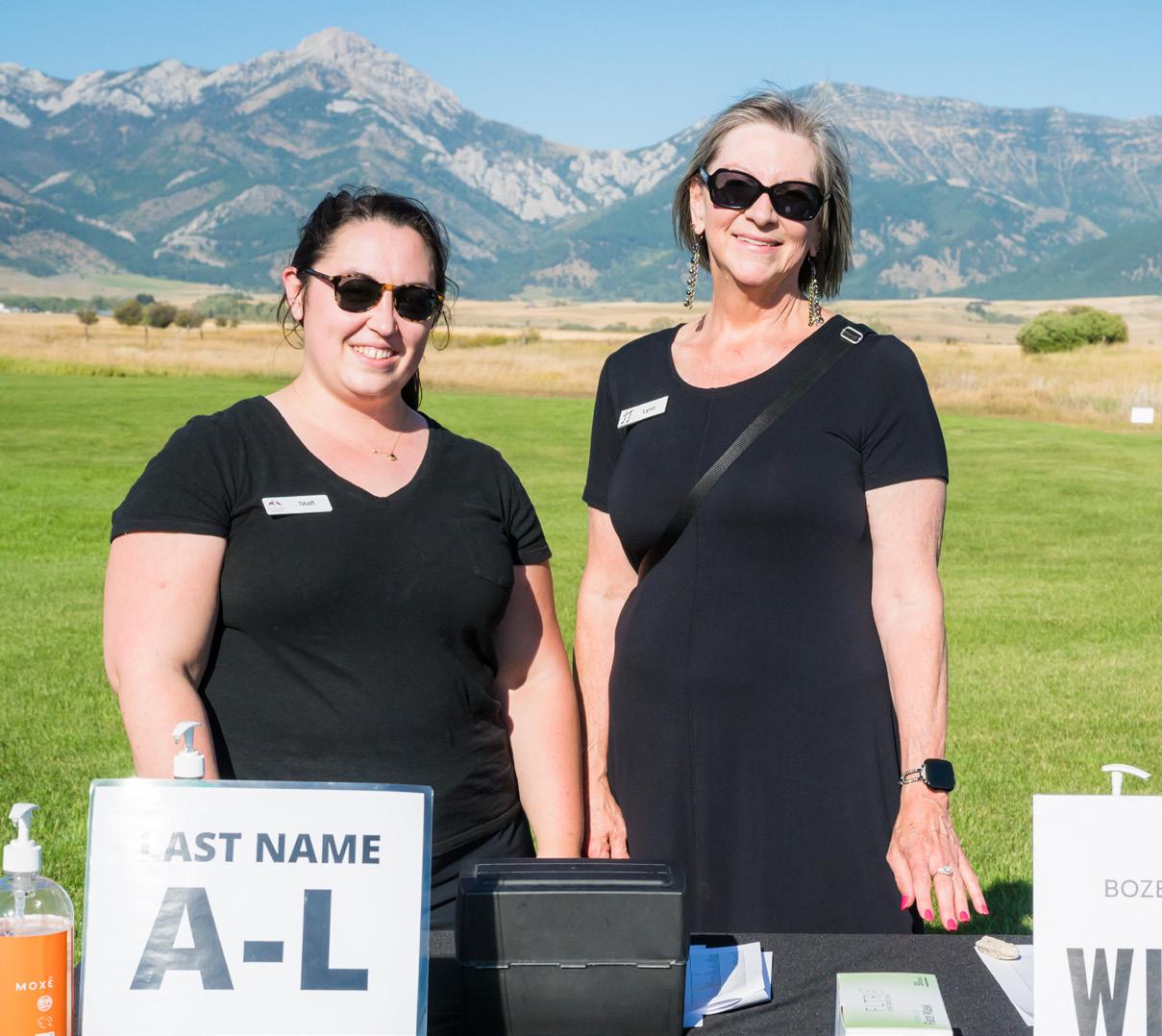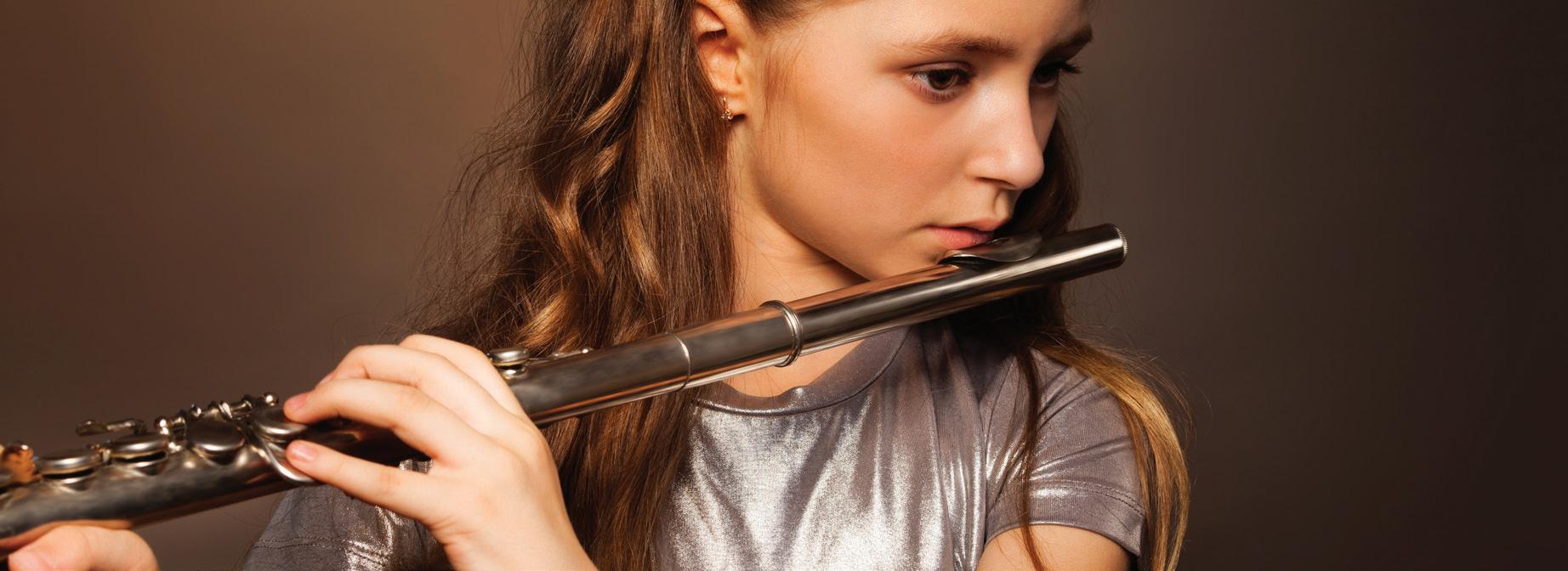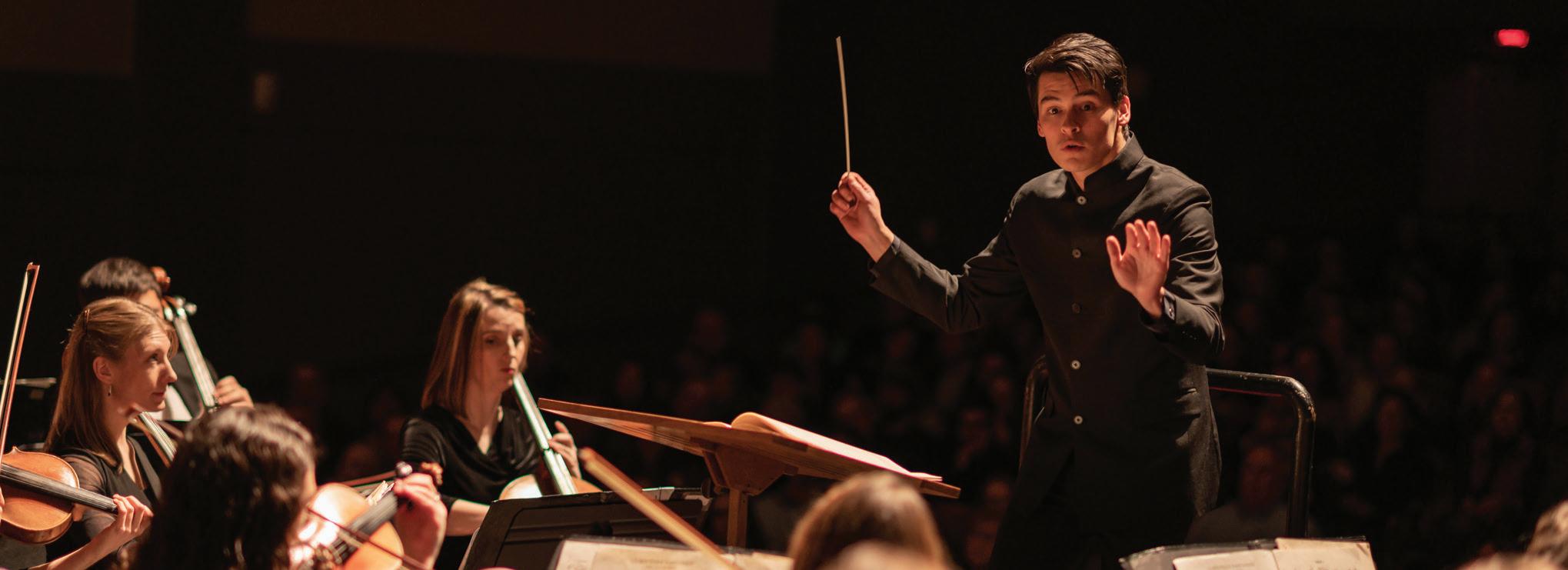


























Hello Everyone,
Welcome back! It is my absolute pleasure to introduce you to the 54th season of your Bozeman Symphony Orchestra and Symphonic Choir. As you can imagine, we have been looking forward to this moment for over a year and a half. Together, we will hear music by a multitude of composers and explore a wide range of genres through our staple Classical Series, a newly added Bozeman Symphony Presents, and our contemporary music series at The Rialto, Current Commotion.
You will find that this season features the most diverse pool of composers that the Bozeman Symphony has ever set out to perform. This is significant because it provides us with the opportunity to discover and search for music that we can champion together as an orchestra and audience. What music comes naturally to us? Which composers do we have a particular affinity towards? What strengths and weaknesses do we have with music from a certain period or style? You are a part of that process and I invite you to share your thoughts with me as we explore the answers to these questions together.
For each Classical Series concert, I included at least one piece from the standard repertoire, some of which will be a Bozeman Symphony premiere. Mozart, Beethoven, and Tchaikovsky, to name a few, will be frequent musical guests at the Willson Auditorium. As you get to know me, you will find that I have a passion for performing music written during our time. It is important for us as an organization to commission composers to further our artform. It is no accident that we open our season with a highly anticipated world premiere of a piece that is inspired by the town of Bozeman, written by our Composer-in-Residence, Scott Lee. For the first time since our creation, each
Classical Series concert features a world class soloist to bring their talents to our community. Through these guest artists, we dive into concertos (music written for a solo instrument with an orchestra) that are thought provoking and certainly keep you at the edge of your seats.
We all know that Bozeman is rapidly changing and growing. Our aim is to be in front of that growth and align ourselves as a leading performing arts organization in Bozeman and throughout our region. In our first step towards that goal, we are expanding our concert offerings with the addition of Bozeman Symphony Presents, a series that increases our musical offerings to include a variety of popular musical genres outside of the classical series. If you are a movie music buff, you will hear the well-regarded film scores of John Williams brought to life in a concert celebrating his 90th Birthday. This season, we are also introducing a new Bozeman tradition with the Holiday Spectacular featuring local favorite jazz vocalist, Jeni Fleming, along with Sleigh Ride and the highly popular Christmas Carol Sing-Along from my audition.
Whether this is your first Bozeman Symphony concert or you are a seasoned classical music lover, we thank you for spending time with us. Relish in this incredible music - let it bring you joy, solace and healing. Enjoy the 2021-2022 concert season and see you around town!

Norman Huynh Music Director
"You will find that this season features the most diverse pool of composers that the Bozeman Symphony has ever set out to perform."
-Norman Huynh, music director

Dear Friends,
This season, one thing has become overwhelmingly clear because of your support – the show must go on! Now more than ever we have turned to the magical and healing powers of symphonic music to provide us with optimism, inspiration, and connection. As patrons and donors to the Bozeman Symphony, you have consistently been our biggest fans.
Over the past year, the Bozeman Symphony has continued to thrive. It is with sincere humility that we can take a moment to reflect on the organization’s recent successes:
Our livestream offerings throughout 2021 reached an audience of 13,000 from 30+ countries.
We have welcomed our first Composer in Residence, Scott Lee, and will soon perform his world premiere about Bozeman.
Current Commotion was launched in May positioning the Bozeman Symphony to be on the cutting edge of our industry.
The first Bozeman Symphony Presents series featuring Kishi Bashi (Duo) launched in May successfully expanding our engagement with the community and introducing new friends to the Bozeman Symphony.
The organization’s Board of Directors has expanded in size. Praise should be given to each of these individuals who are making significant investments of time and resources to see the organization into our next phase of development.
In the pages that follow, you will notice that the 2021-2022 concert season is the beginning of a transformational time in the history of the Bozeman Symphony. All of us - musicians, audiences, patrons, donors, board members, administrative team and volunteers have risen to the challenges of 2020 and 2021 to ensure music will move us forward. Thank you for being so enthusiastic for our return now, and for many years to come.
With sincere gratitude,

Stephen Schachman Chair, Board of Directors
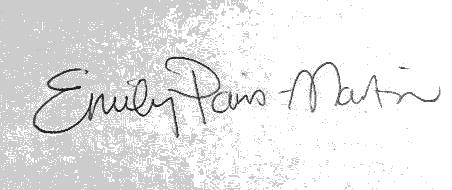
Emily Paris-Martin Executive Director
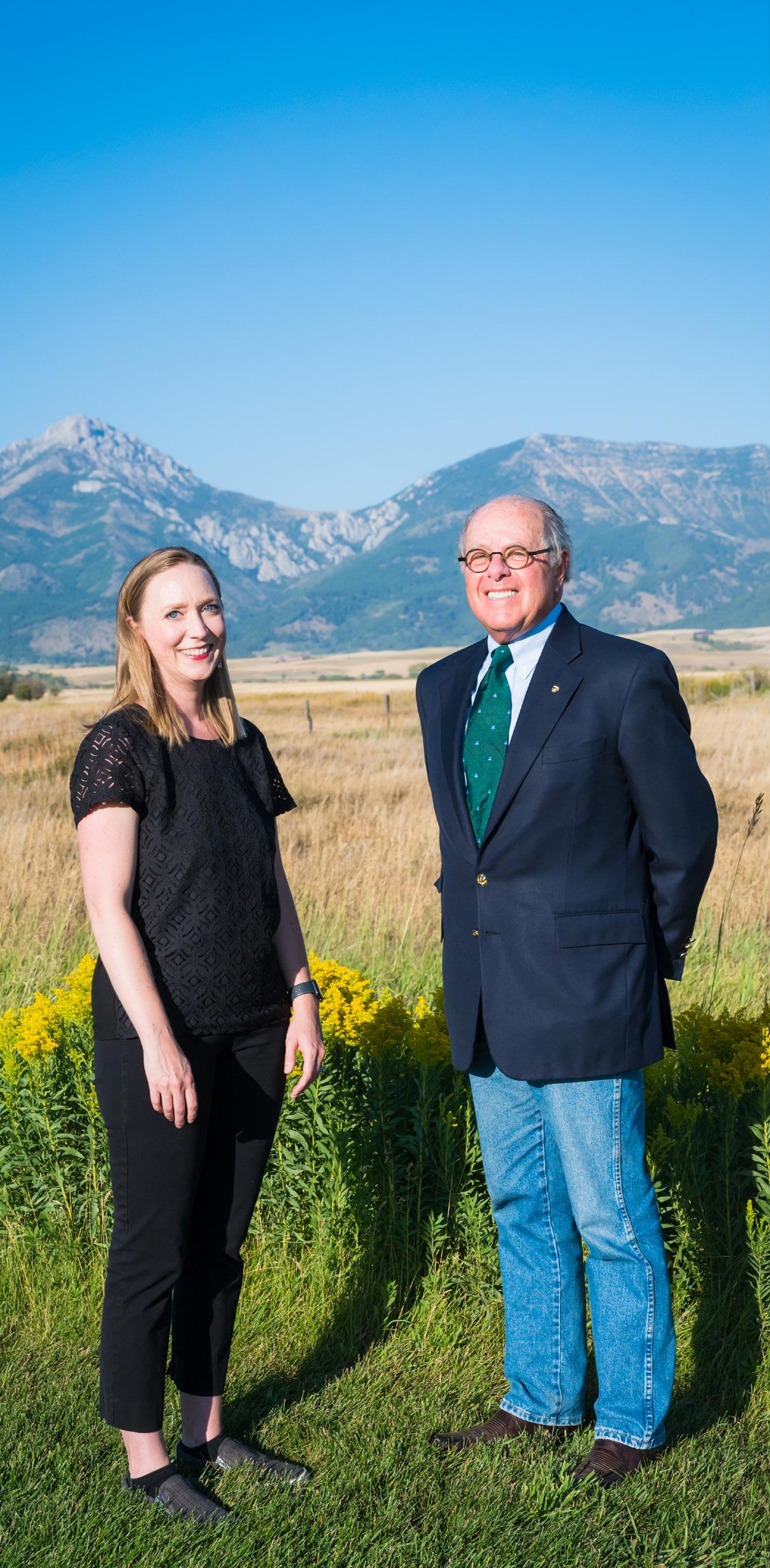

This year marks our 100th year in business and we’re celebrating by telling 100 stories, sharing 100 lessons, and giving 100 gifts. We’re calling it the Big 100. It’s a celebration of this community, the good people who live here, and the businesses we’ve helped build across a hundred years. Thank you for letting us serve you.
Here’s to the next 100 years.

OPPORTUNITY100.COM
John Williams
Cade Fiddaman
PIRATES, MERMAIDS & MUSIC! MOZART'S "JUPITER" SYMPHONY
Biography: Alexandra Razskazoff
Biography: Siena Licht Miller
Biography: Katherine Goforth
Biography: Anthony Clark Evans
ORCHESTRA ROSTER
SYMPHONIC CHOIR ROSTER
WELCOME, DANA DOMINGUEZ
The Bozeman Symphony Society presents a repertoire of symphonic and choral music performed for the benefit of individuals, students, and musicians residing in south-central Montana. Performances and events include a series of classical subscription concerts, performances aimed at engaging and attracting new audiences under the umbrella of Bozeman Symphony Presents, Current Commotion — an experimental music series that allows the Bozeman Symphony to be on the cutting edge of our industry, and a strong desire to launch a summertime music festival. The Bozeman Symphony has experienced tremendous growth over
the last twenty years. In addition to a wide variety of orchestral programming, the Bozeman Symphony supports Far Afield — a highly accessible community outreach program, awards scholarships to promising young musicians — and provides employment and engagement opportunities for over 300 people. The Bozeman Symphony, whose history is marked by artistic excellence, has established itself as a significant cultural icon in Montana. Its future is dependent upon maintaining a skilled and motivated orchestra whose members bring symphonic music to life.
The Bozeman Symphony Orchestra and Symphonic Choir is dedicated to preserving musical excellence as a living part of our community, now and for future generations, through live performance, education and community partnerships, while maintaining a vigilant devotion to artistic and fiscal integrity.
54 Symphony Seasons 25 Performances This Year 74 Orchestra Members 70 Choir Members
The Bozeman Symphony is grateful for the support of over 800 season ticket holders. Season ticket holders provide stability to our concert season and we appreciate their attendance throughout the year. Season ticket holders receive approximately 20% savings over single ticket prices, priority seating, ticket delivery, replacement of lost tickets and the ability to exchange tickets for a different performance.
The Bozeman Symphony is extremely grateful to our advertisers and patrons who donate to our annual fund, Underwriter’s campaign, Endowment and Adopt-a-Musician campaign.
We would not be able to present high quality musical performances to our community without our dedicated volunteers. Volunteers assist with ushering at concerts, providing refreshments to our musicians, selling tickets & concessions and assisting in the office.
The Bozeman Symphony would like to recognize businesses and individuals who provide goods and services to the Symphony. The Symphony would not be able to flourish without their continued generosity.
1001 West Oak St. Suite 110 Bozeman, MT 59715 bozemansymphony.org 406-585-9774
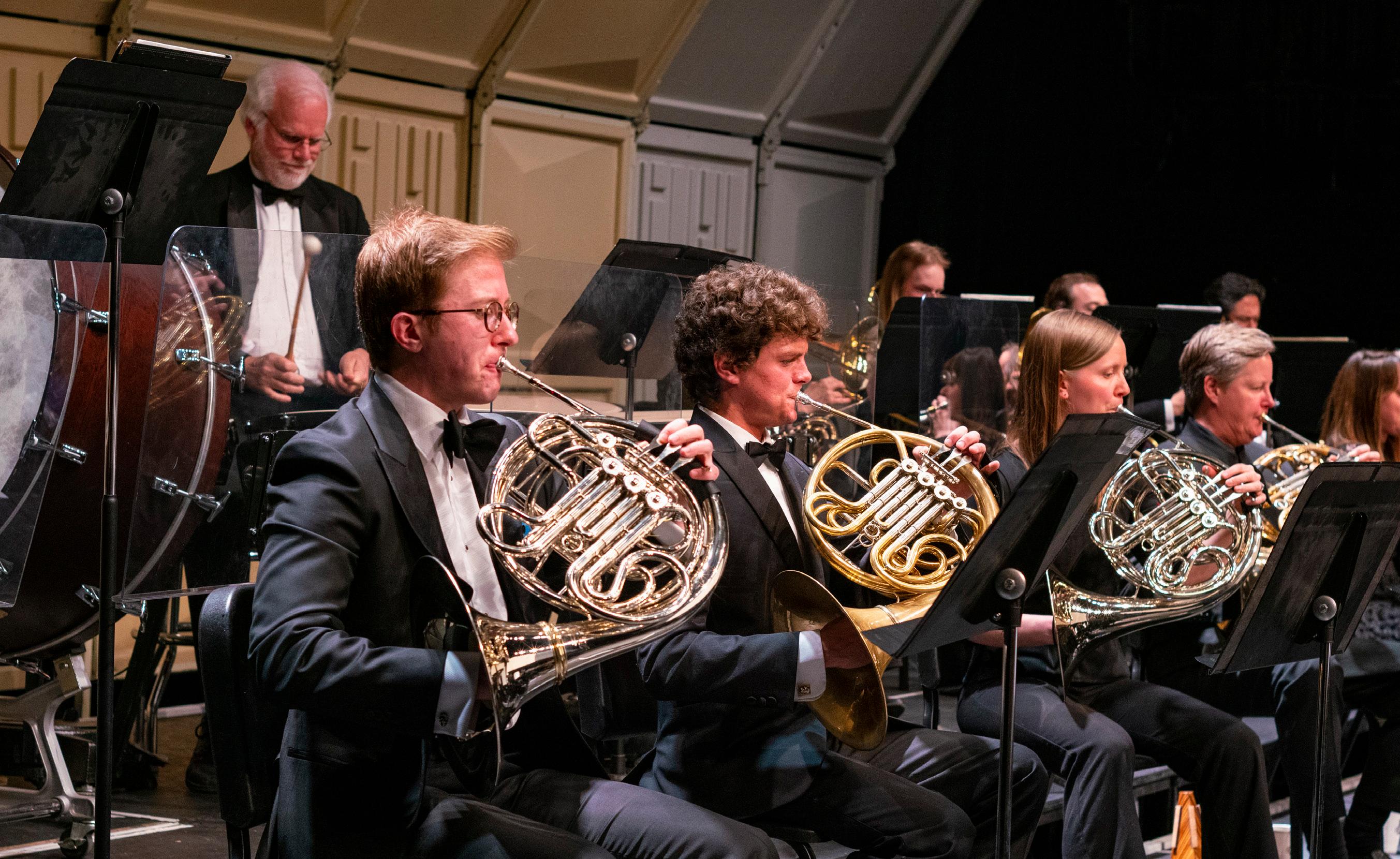
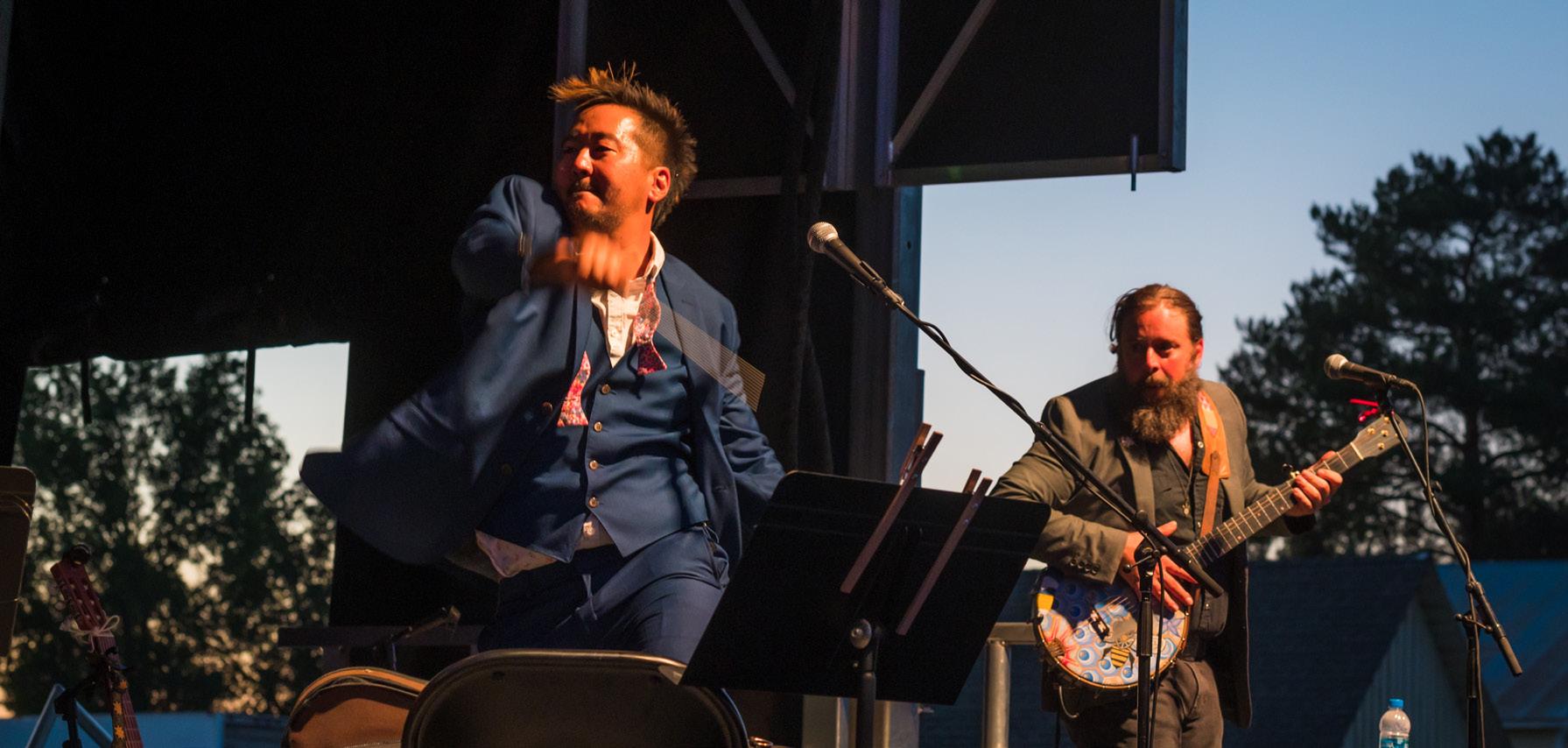



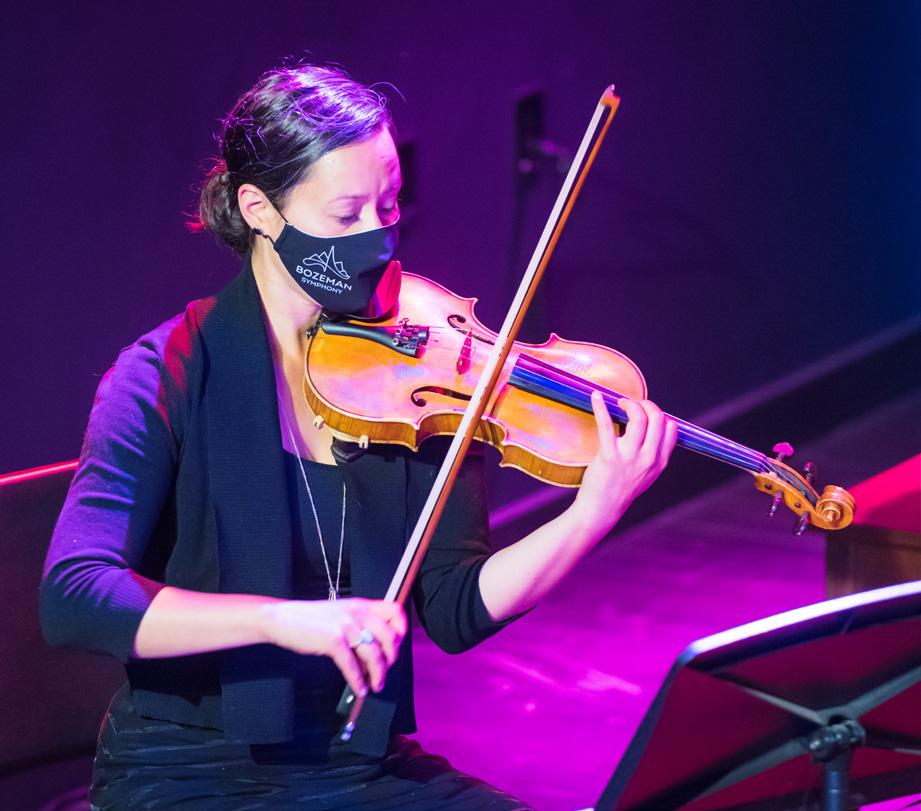
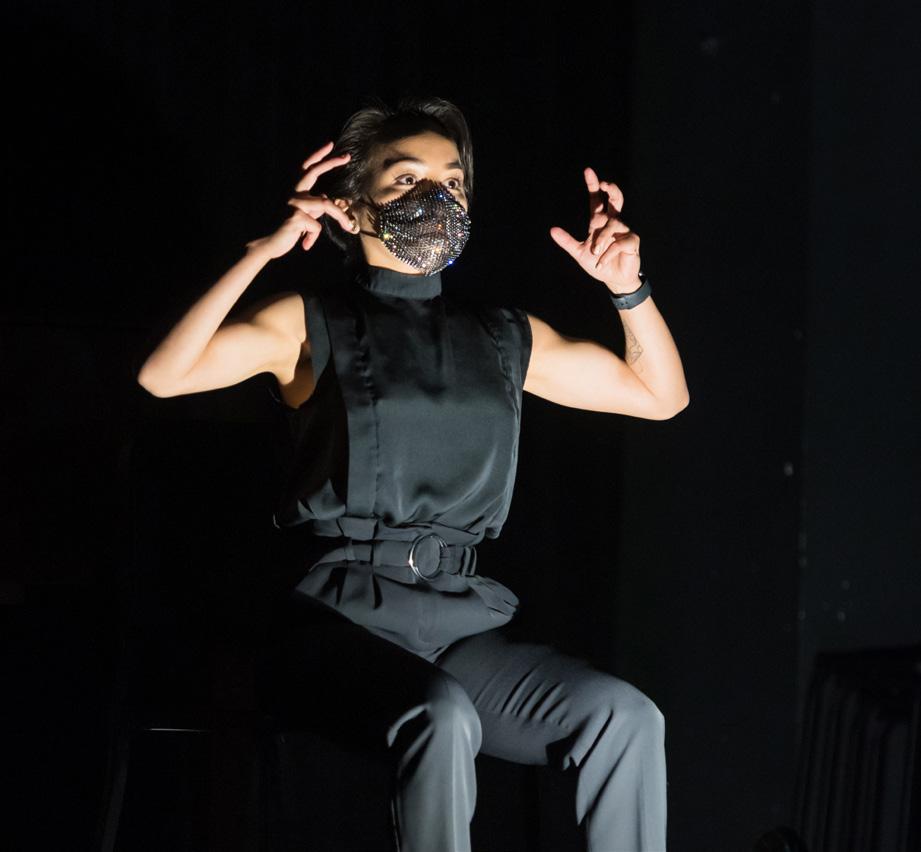

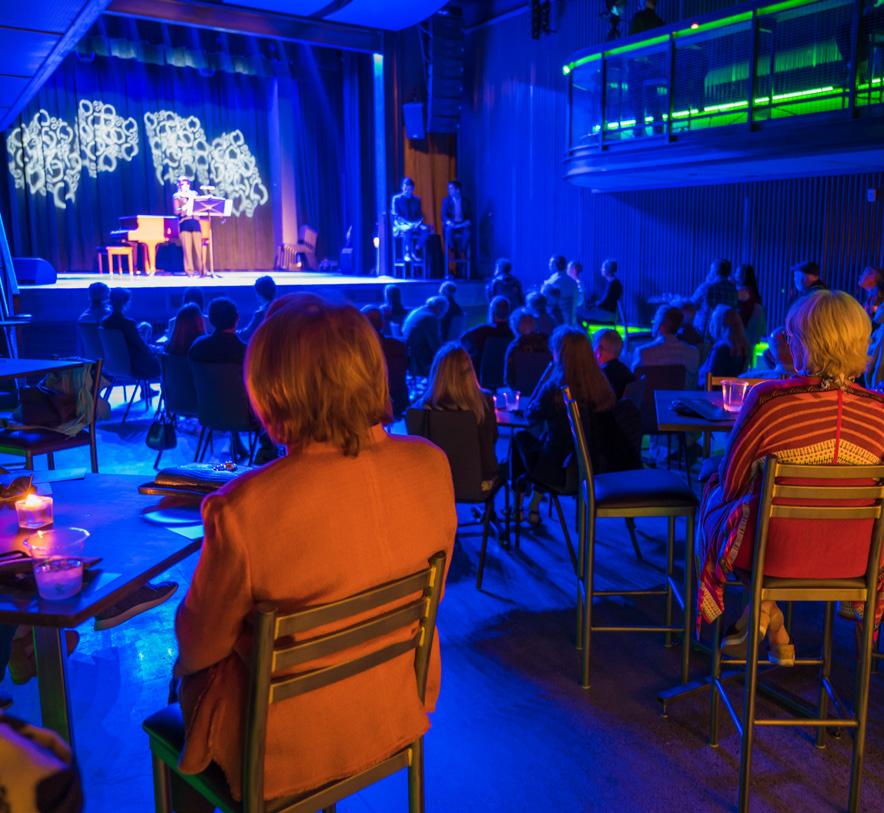
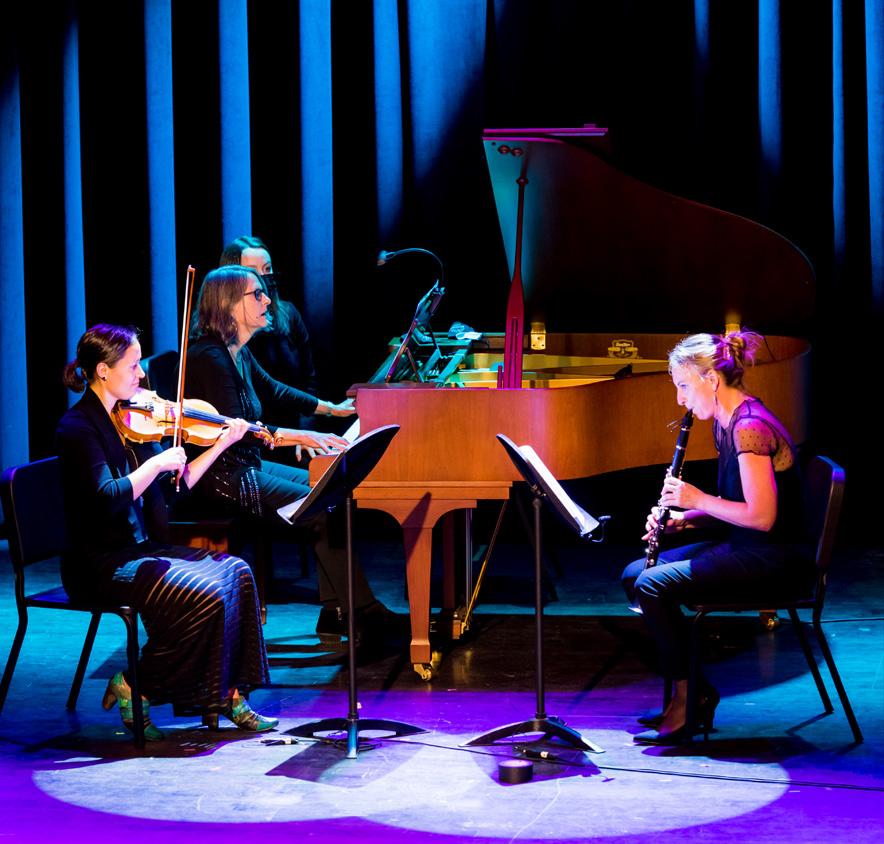
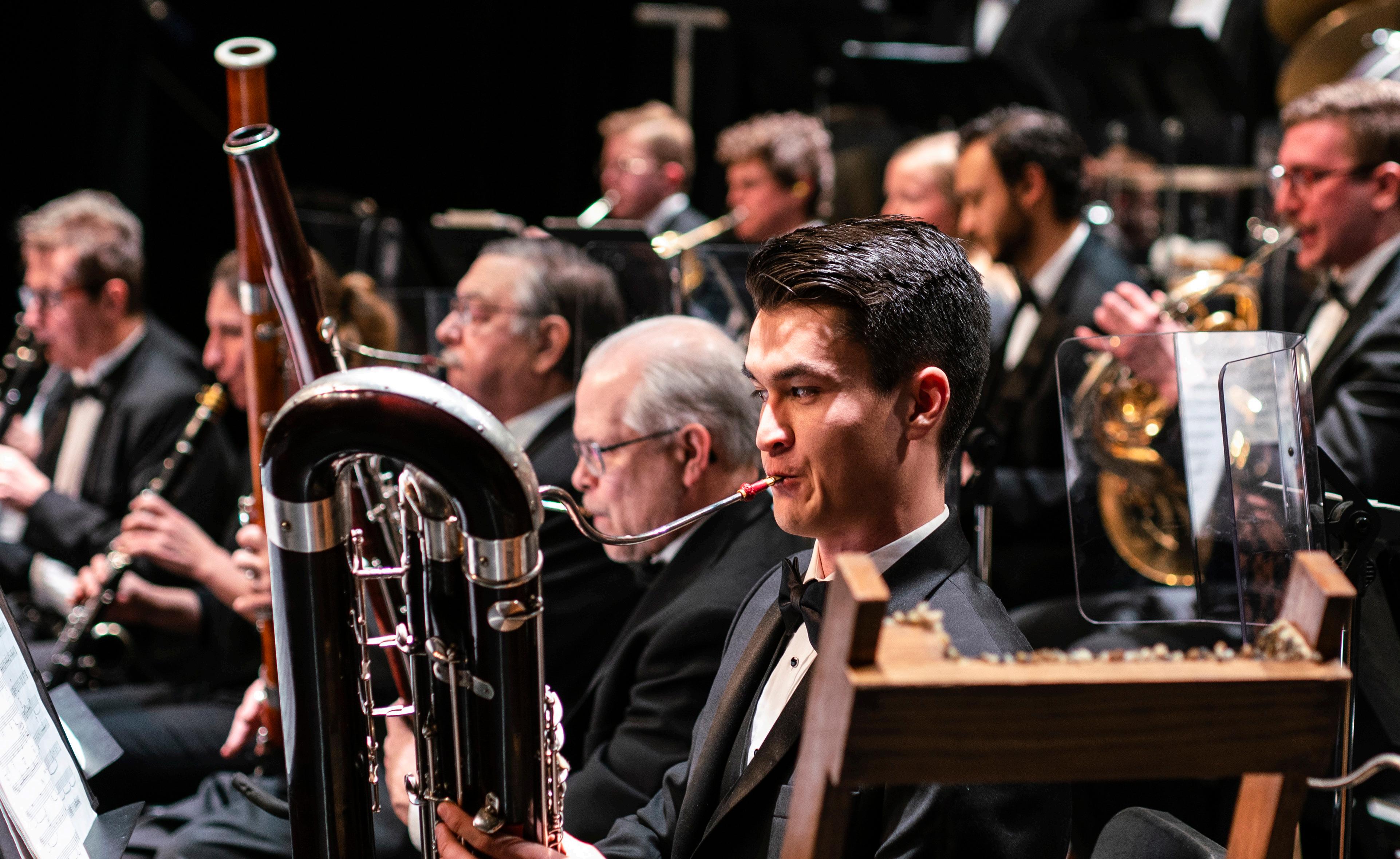
The Underwriters have committed to annual contributions supporting the remarkable achievement of the highly talented musicians living among us, their selfless dedication, and enriching our entire community through music. Please join in thanking the Underwriters for providing a stable and secure base of funding now and for the future.
Bill & Katie Anderson
Joseph Anderson
Anonymous, in memory of Martha Drury
Douglas C. & Jeanie Badenoch
Elaine Best & Jeffrey Barish
Tim & Mary Barnard
Michael & Sharon Beehler
Richard & Carol Belgrad
Tom & Dale Bray
Peter & Kerri Brown
Woody A. Burt
Annette & Robert Carson
Jerry & Jan Cashman
Jon Chaney
Lee & Ann Chase
Don & Beverly Clark
Ron & Judy Clark
Dawn & Kent Collins
Bruce & Christie Copeland
Kenneth & Mary Danhof
Brenda & Swep Davis
Suzanne Day
Mike Delaney & Ileana Indreland
Joshua & Sally Dickinson
Orville & Robyn Erlenbush
Sharon Eversman
Donald & Signe Farris
Norman & Susie Fleet
Sidney E. Frank Foundation
Karen Gilhousen
Donald B. Gimbel
Barbara & Jerome R. Glickman
Lucian & Jurgita Hand
Mitch & Jan Hobish
Dennis & Katherine Hoffman
Carolyn Hopper, in memory of Dan Hopper
Mike & Cyndi Huempfner, Five Points Foundation
John & Donna Hunt
Kimberlie & Bruce Jodar
Sal & Carol Glenn Lalani
Larry & Gail Larson
Beth Lee & Rabbi Ed Stafman
Robert & Nancy Lux
Rob C. Maher & Lynn Peterson-Maher
Col. (USA Ret) Mike Mahler, In Loving Memory of Ellie Mahler
Mary & Ken May
George S. McClure, Jr.
Marcia McCrum
Heidi McLoughlin & David Genter
Morton H. Meyerson, Morton H. Meyerson Family Foundation
James & Bernie Mitchell
Iris M.L. Model
Bruce & Audrey Mueller
Don & Marilyn Murdock
George & Kathleen Heitz Myers
Keith & Markie Nathan
Brad & Pauline Nussbaum
Valerie Oppenhimer
Steven Ough
Margaret Perryman
Ben & Barbara Phinney
Denis & Barbara Prager
Tim & Trish Preheim
Lisa & Keith Reed, Reed Family Foundation
Lloyd & JoAnne Reynolds
Lynn Rinehart
Charles & Kathy Rinker
David Ross & Risi
Richard & Melanie Sabo
Dori McTigue
John Sacklin & Mary Hektner
Rick Sanders & Janice Hand
David & Kippy Sands
Thomas J. Scanlin
Stephen Schachman & Ritva Porter
Cliff & Laura Schutter
Lee & Diane Selby
Richard & Denise Sheehy, Sheehy Family Foundation
Camie Smith
Judith Smith
Scot & Judy Smith
Larry A. Springer
Bill & Donna Stratton
Beatrice Taylor
Ric Tieman & Susan Gibb
Timothy Toohey
Judy Tsiang
Sharon Tudor Isler & Brian Tudor, for ERA Landmark
Robert & Karin Utzinger
Jim & Valerie Webster
Drs. Dennis & Anne Wentz
Stuart Whitehair & Lee Stadtlander
William A. & Patricia J. Wilson
Richard Wolff & Janel Carino
Walter & Regina Wunsch
Gregory Young & Elizabeth Croy
Rick & Melody Zajdel
2021 / 2022
The Bozeman Symphony Orchestra and Symphonic Choir concerts are made possible through the generosity of our business, foundation and individual sponsors. Please show your appreciation through your continued patronage and thanks. Let them know that you recognize their generous contributions.
DAVID ROSS & RISI
STEPHEN SCHACHMAN & RITVA PORTER
OPPORTUNITY BANK OF MONTANA
CONCERT SPONSORS
KIMBERLIE & BRUCE JODAR
SUPPORTING SPONSORS
DONALD B. GIMBEL
ROBERT & DONNA RITCHIE
DAVID & KIPPY SANDS
GROUP SPONSORS
MICHAEL & SHARON BEEHLER
FIRST SECURITY BANK
ROBYN L. ERLENBUSH, ERA LANDMARK REAL ESTATE
ROB & LYNN MAHER
IRIS M.L. MODEL
THOMAS J. SCANLIN
SHEEHY FAMILY FOUNDATION
SPECTEC TIC / WALTER & REGINA WUNSCH
DRS. DENNIS & ANNE WENTZ
RENEE & STUART WESTLAKE
HEATHER WHITE STRATEGIES, LLC
STEPHEN SCHACHMAN, Board Chair
CHARLES RINKER, Vice-Chair
BEN PHINNEY, Treasurer
BILL ANDERSON, Secretary
DIANE DWYER, Choir Representative
MEGAN MCFADDEN, Orchestra Representative
ANGELLA AHN
TOM BRAY
JECYN BREMER
DONALD B. GIMBEL
TAMARA HAVENHILL-JACOBS
GARY KACHADURIAN
KENNETH MAY
ROBERT RITCHIE
LEE SELBY
HEATHER WHITE
NORMAN HUYNH, Music Director
JON HARNEY, Symphonic Choir Conductor
*The Symphony wishes to thank the following orchestra members who served on the orchestra committee during the 2020/2021 concert season.
CHAIR - WENDY BICKFORD, Woodwinds Representative
BOARD REPRESENTATIVE - MEGAN MCFADDEN, Upper Strings Representative
SECRETARY - JACKSON HUGHSTON, Student Representative
CAYLEY HUNT, Lower Strings Representative
STEPHEN VERSAEVEL, Brass/Percussion Representative
EMILY PARIS-MARTIN, Executive Director
CHERI LADD LECAIN, Office Manager & Executive Assistant
MARIA D’AMBROSIO, Artistic Operations Manager
THOMAS ROBERTS, Stage & Equipment Manager
ATHENA CARSON, Library Assistant
EMMA FERRIE, Events & Community Engagement Manager
CHASE HEILAND, Front of House Associate
ABBY BRADFORD, Marketing Manager
CIERRA WALLACE, Box Office & Communications Liaison
KIM CENTER, Bookkeeper
A. JAMES LISKA, Program Notes & Feature Stories
ROBYN ERLENBUSH
MIKE DELANEY & ILEANA INDRELAND
SAL & CAROL LALANI
DAVID & KIPPY SANDS
CLIFF & LAURA SCHUTTER
WILLIAM A. & PATRICIA J. WILSON
WALTER & REGINA WUNSCH
*The Symphony wishes to thank the following choir members who served on the choir committee during the 2020/2021 concert season.
SUZY VANDERVOS, Soprano Representative
KATHY BRAUN, Alto Representative
JEFF ABELIN, Tenor Representative
CHIP RITTER, Bass Representative
DIANE DWYER, Member Elect Representative
While the past three seasons of the Bozeman Symphony have not been without its challenges, Stephen Schachman, Chairman of the Board of Directors, looks forward to a bright future of great music and opportunity.
With Norman Huynh named its new Music Director and Emily Paris-Martin its Executive Director, the board is poised to offer continued support to the orchestra and choir and is helping to steer the organization along a path of innovative growth and development. For Huynh, who has designed an exciting repertoire for the orchestra’s season, guest conducting with other orchestras around the country will help bring a heightened awareness of the Bozeman Symphony, Schachman said. He lauded Paris-Martin, whose husband plays in the orchestra, as being someone beyond capable in her position. “She also understands musicians,” he said.
“The board today is a much different group,” Schachman noted, referring to his tenure in 2014. “It’s an engaged Board of people who bring to the organization the success of their careers and are cooperative in developing future plans.” Enthusiasm for the musical programs and the opportunity for the community is rampant.
“We’ve expanded our season with Bozeman Symphony Presents,” said Schachman, who is entering his fourth year as Chairman. At the launch of the new series which took place in August presenting the Kishi Bashi (Duo), Schachman proclaimed “It’s a new era” as demonstrated by the diversity of individuals in attendance, not to mention the dance party that took place at one point during the event. He also pointed out that the Symphony has received major corporate support from Opportunity Bank of Montana, calling it a “very big deal” and the first of its kind for the organization.”
He said that the Symphony is as “well-positioned as we’ve ever been,” especially in light of the surging growth of the Bozeman area” he said, noting that many of the new arrivals are older and retired, and are coming from areas where a vital arts and music scene are what they left.
“They’re getting to know what we have to offer.” What the Bozeman Symphony has to offer is a series of adventures in good music that strengthens the bonds of the community, and builds partnerships with those individuals, institutions, and businesses that choose to participate.
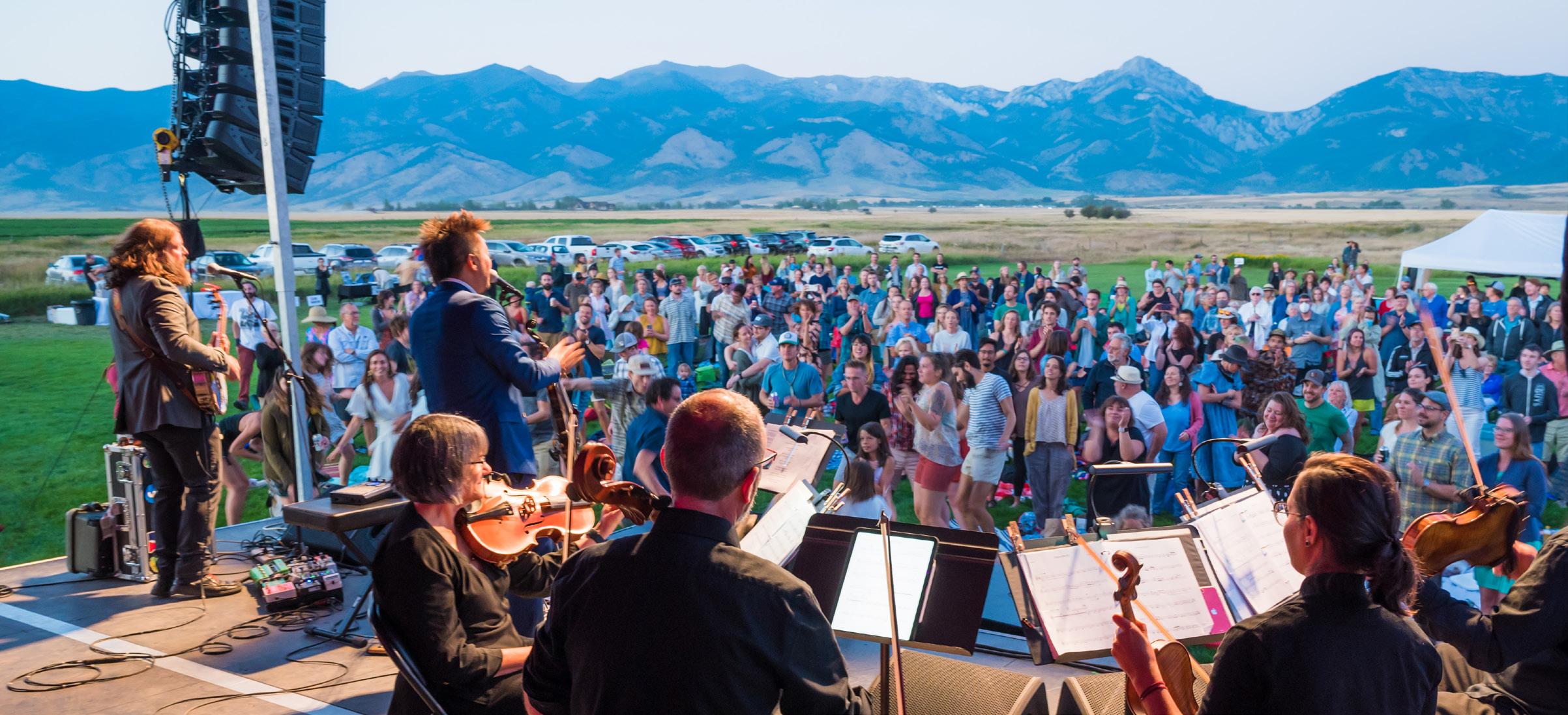
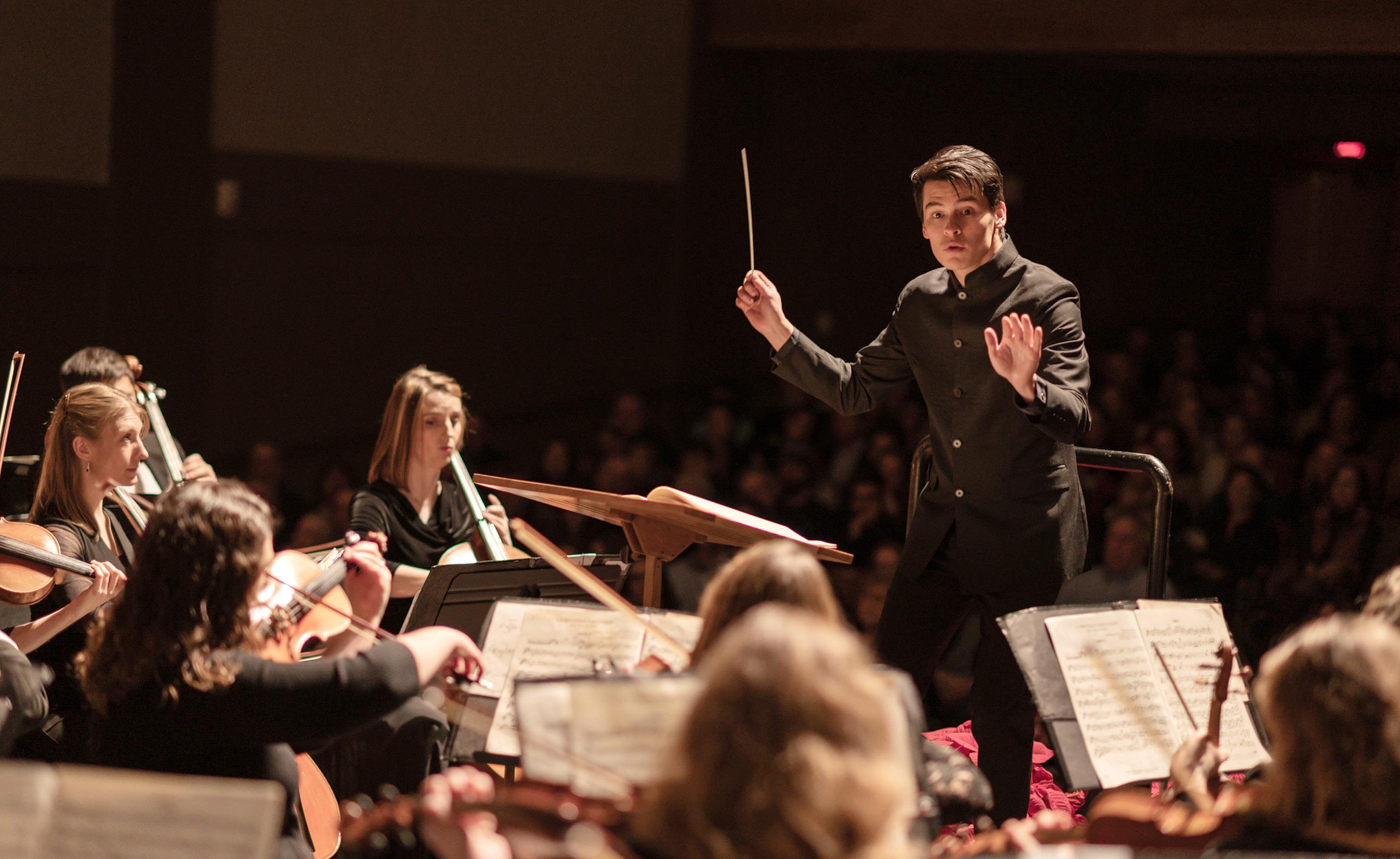
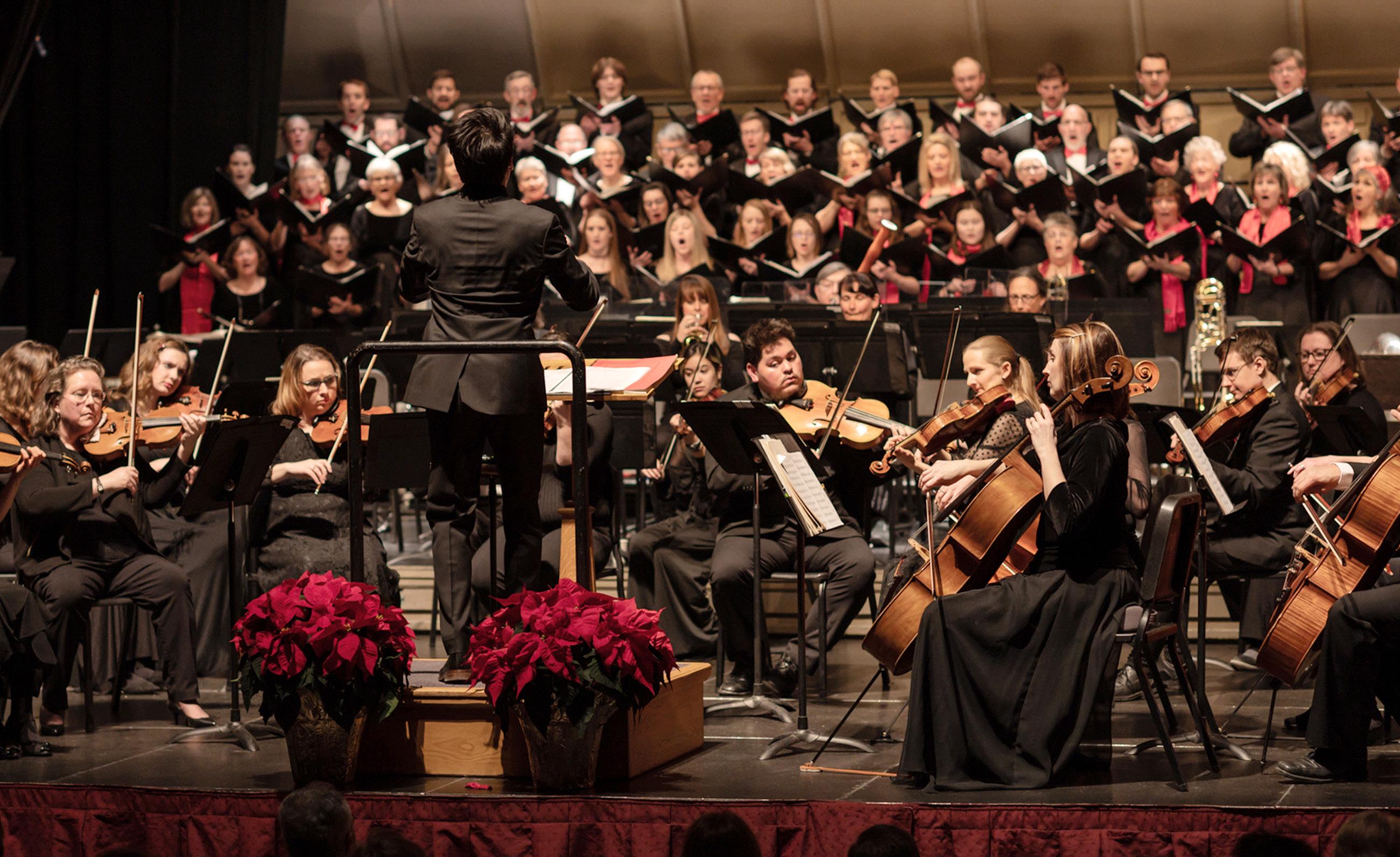
American conductor Norman Huynh continues to build a reputation as one of classical music’s most adventurous ambassadors. Hailed for the exuberance with which he leads orchestras across Europe, Asia, and North America, Huynh’s ability to attract new audiences to the orchestra has received equal renown. The 2020 season inaugurated his tenure as Music Director of the Bozeman Symphony Orchestra, joining an existing appointment as Associate Conductor for the Oregon Symphony.
Huynh has attained international prominence in the first years of his career, most recently through an invitation to the Bruno Walter Young Conductor Preview, a selective showcase hosted by the League of American Orchestras. He maintains an active guest conducting schedule, with recent and upcoming engagements including the Detroit Symphony Orchestra, St. Louis Symphony Orchestra, Rochester Symphony Orchestra, Orchestra Sinfónica del Vallés (Spain) and the Princess Galyani Vadhana Youth Orchestra of Thailand. In addition, Norman has worked with both the New York Philharmonic and for John Williams of the Los Angeles Philharmonic as a cover conductor.
As a music director, Norman’s sharp focus on winning over new audiences reflects his own entry point to classical music—namely as a 12-year-old “band geek” trombonist in Alabama. Now the first in his family to pursue orchestral music as a career, the euphonium player turned maestro continues to find ways to create these same entry points for others, whether through outreach initiatives or bold concert programming.
While still a student at Peabody, he co-founded the Occasional Symphony after a successful Kickstarter campaign raised $5,000, built to celebrate holidays in modern settings, with examples including Dr. Seuss’ birthday at a children’s museum, Halloween in a burnt church, and Cinco de Mayo in the basement bar of a Mexican restaurant.
This track record would extend to existing legacy organizations. As the Assistant Conductor of the Portland (Maine) Symphony Orchestra, Norman not only visited 60 public schools in helming its Musical Explorer’s
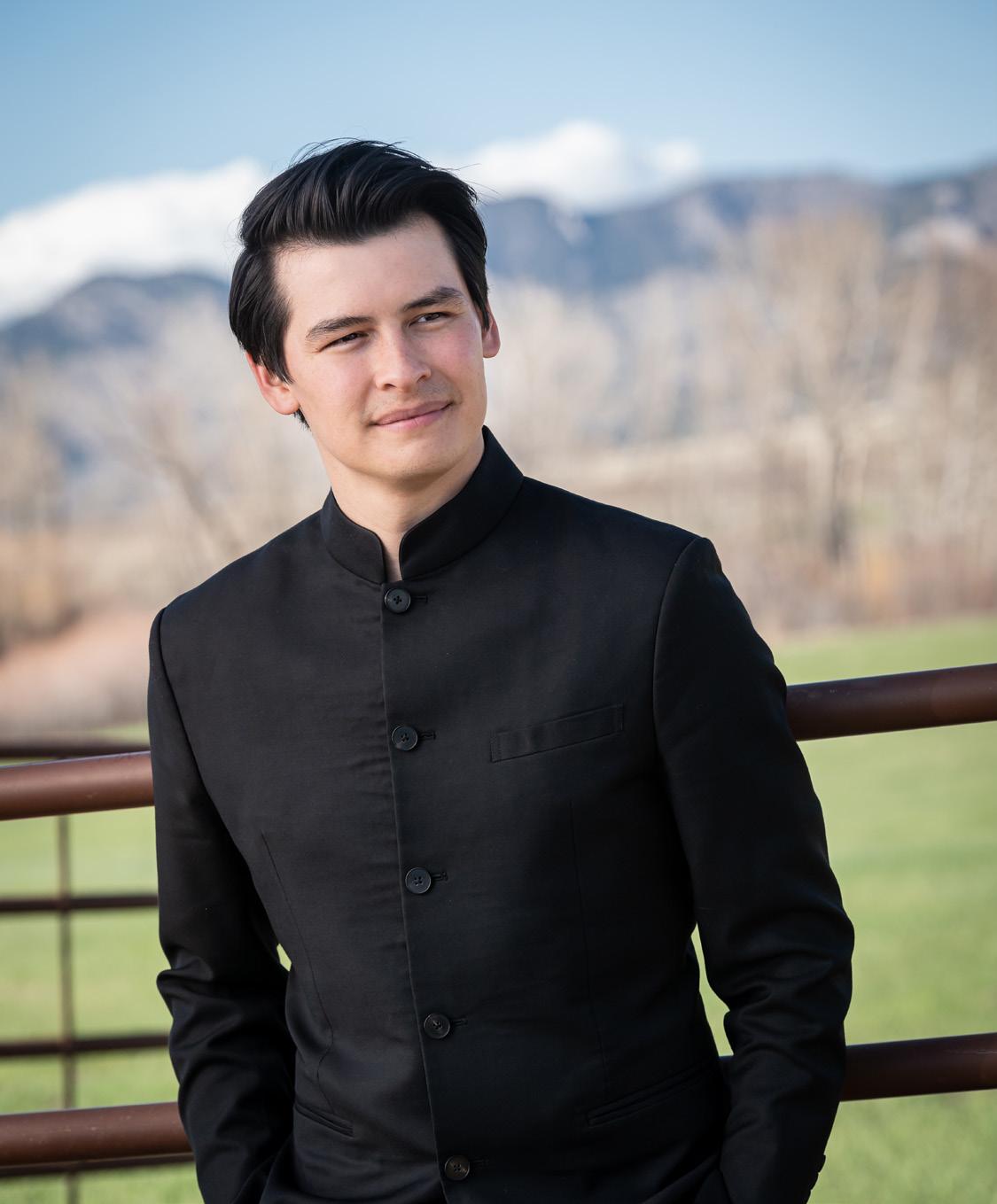
Program, but also founded “Symphony and Spirits," a routinely sold-out concert series for an under-40 audience. His accomplishments would earn him the 2015 Yale Distinguished Music Educator Award, awarded “in recognition of innovative approaches to music education.” More importantly, both the Occasional Symphony and the programs he began at the PSO continue to thrive to this day.
In addition to outreach, Norman has found success through programming with unique crossover collaborations, taking bows throughout his career with artists like Smokey Robinson, Wyclef Jean, Boyz II Men, Gregory Alan Isakov, and many others in the R&B, hip-hop, and pop genres. Additionally, Huynh has received growing acclaim for his work leading live film soundtracks, ranging from Spielberg classics, An American in Paris, and special performances of the Harry Potter films in Barcelona and Madrid.
Selected for private mentorship by the late maestro Kurt Masur as a Felix Mendelssohn-Bartholdy Scholarship recipient, Norman is also an alumnus of both the Tanglewood Music Festival and the Aspen Music Festival Conducting Academy, where he studied with Robert Spano. Other teachers who have made a profound impact are Demondrae Thurman, John Ratledge, Adrian Gnam, Gustav Meier, Markand Thakar, and Marin Alsop.
A proud first generation Asian-American, Norman makes his home in Bozeman, Montana, where he enjoys star-gazing, skiing, and riding his motorcycle.

Stay in your element, while supporting the Arts
Find your own space
We’ve designed the Element Hotels experience to give you everything you need to stay energized, active and whole. Discover Element Bozeman.
Book now at elementhotels.com/bozeman.
Natural Light. Open Spaces. Healthy Options.
Spacious guestrooms, free Wi-Fi.
Signature Heavenly® Bed, spa-inspired bathrooms. Fully equipped in-room kitchenettes and kitchens. Evening Reception (Mon-Thurs)
State-of-the-art fitness center, pool and Bikes to Borrow. Rise breakfast and Relax evening receptions, all complimentary. Sustainable design and eco-friendly practices.
Element Bozeman 25 E Mendenhall, Bozeman, MT 59715 elementhotels.com

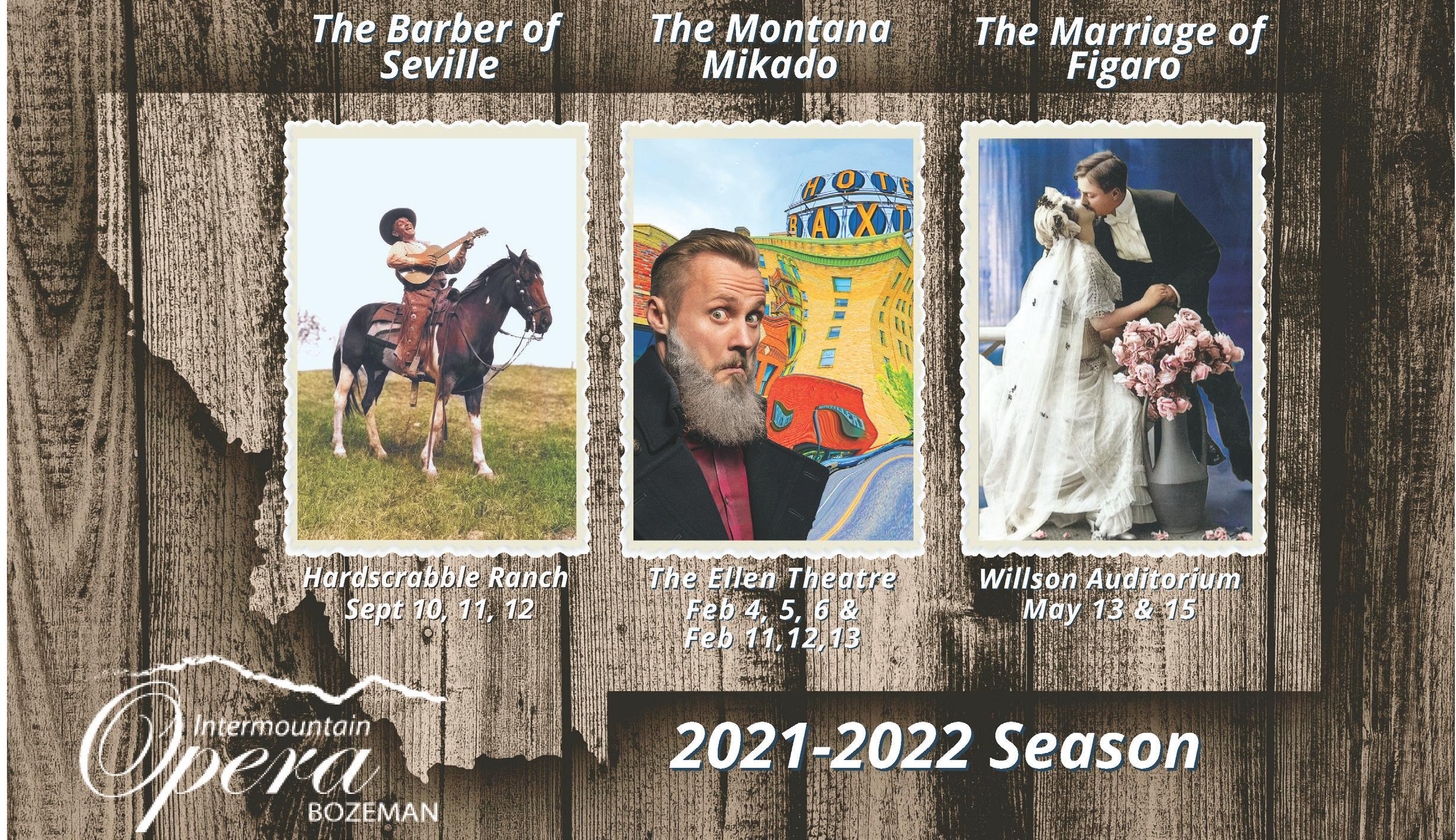
SEPTEMBER 25 th 2021
Saturday - 7:30PM
SEPTEMBER 26 th 2021
Sunday - 2:30PM
NORMAN HUYNH conductor
JULIAN SCHWARZ cello
SPONSORED BY
Donald B. Gimbel and Robert & Donna Ritchie
Scott Lee
Samuel Barber
The Last Best Place (World Premiere)
Cello Concerto, Op. 22
Allegro moderato
Andante sostenuto
Molto allegro e appassionato
Julian Schwarz
INTERMISSION
Piotr Ilyich Tchaikovsky
Symphony No. 4 in F Minor, Op. 36
Andante sostenuto
Andantino in modo di canzona
Scherzo: Pizzicato ostinato
Finale: Allegro con fuoco
PERFORMED AT
Willson Auditorium
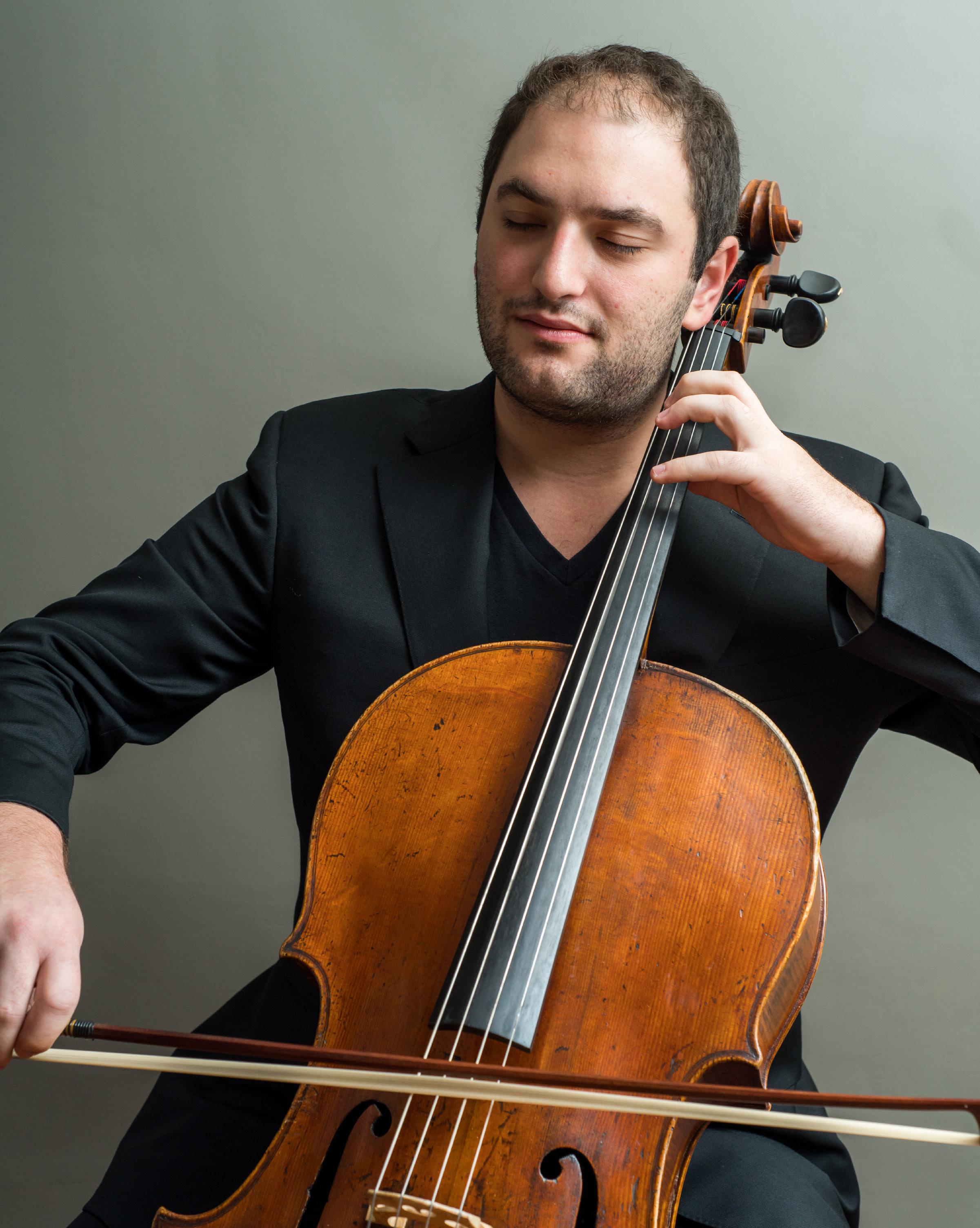
Julian Schwarz was born to a multigenerational musical family in 1991. Heralded from a young age as a cellist destined to rank among the greatest of the 21st century, Julian’s powerful tone, effortless virtuosity, and extraordinarily large color palate are hallmarks of his style.
After making his concerto debut at the age of 11 with the Seattle Symphony and his father Gerard Schwarz on the podium, he made his US touring debut with the Moscow Radio Symphony Orchestra in 2010. Since being awarded first prize at the inaugural Schoenfeld International String Competition in 2013, he has led an active career as soloist, performing with the symphony orchestras of Annapolis, Boise, Buffalo, Charlotte, Columbus, Des Moines, Hartford, Jacksonville, Louisville, Memphis, Modesto, Omaha, Puerto Rico, Richmond, Rochester, San Antonio, Sarasota, Seattle, Syracuse, Toledo, Tucson, Virginia, West Virginia, Wichita, and Winston-Salem, among others. Internationally, he made his Australian debut with the Queensland Symphony, his Mexican debuts with the Boca del Rio Philharmonic in Veracruz and the Mexico City Philharmonic with frequent collaborator Jorge Mester, and his Hong Kong debut at the Intimacy of Creativity Festival. He has also appeared at the Salzburg Mozarteum, and the Verbier festival in Switzerland.
As a chamber musician, Mr. Schwarz performs extensively in recital with pianist Marika Bournaki. In 2016 the Schwarz-Bournaki duo was awarded first prize at the inaugural Boulder International String Competition’s “The Art of Duo”, and subsequently embarked on an extensive 10-recital tour of China in March 2017. Mr. Schwarz is a founding member of the New York based Frisson Ensemble (a mixed nonet of winds and strings), and the Mile-End Trio with violinist Jeff Multer and Ms. Bournaki. He performs frequently at Bargemusic in Brooklyn with violinist Mark Peskanov, on the Frankly Music Series in Milwaukee with violinist Frank Almond, as a member of the Palladium Chamber Players in St. Petersburg, Florida, and has appeared at the Cape Cod Chamber Music Festival, Orcas Island Chamber Music Festival, and the Seattle Chamber Music Festival. In addition, he is the co-coordinator of chamber music at Eastern Music Festival, running programming for the Tuesday evening chamber music series.
Julian Schwarz is an ardent supporter of new music, and has premiered concertos by Richard Danielpour and Samuel Jones (recorded with the All Star Orchestra for public television in 2012, subsequently released as a DVD on Naxos). In the 2017-2018 season, he gave the world premiere of Lowell Liebermann’s first Cello Concerto with a consortium of six orchestras. Other premieres include recital works by Paul Frucht, Scott Ordway, Jonathan Cziner, Gavin Fraser, Alex Weiser, Ofer Ben-Amots, and the US Premiere of Dobrinka Tabakova’s Cello Concerto. On record, he has recorded Bright Sheng’s “Northern Lights” for Naxos, the complete cello/piano works by Ernest Bloch for the Milken Archive of American Jewish Music, and an album of concertos with the Seattle Symphony.
A devoted teacher, Mr. Schwarz serves as Asst. Professor of Cello at Shenandoah Conservatory of Shenandoah University (Winchester, VA) and on the artist faculty of New York University (NYU Steinhardt). He spends his summers teaching and performing at the Eastern Music Festival (Greensboro, NC). Past faculty appointments include artist-in-residence at the Lunenburg Academy of Music Performance (Nova Scotia, Canada), faculty teaching assistant to Joel Krosnick at The Juilliard School, and artist-in-residence at the pianoSonoma Festival.
Born in Seattle, WA, Mr. Schwarz studied at the Academy of Music Northwest and the Lakeside School. He continued to the Colburn School in Los Angeles under Ronald Leonard, and then moved to New York City to study with mentor Joel Krosnick at The Juilliard School (BM 14, MM 16). Other influential teachers include the late David Tonkonogui, the late Toby Saks, Lynn Harrell, Neal Cary, and chamber music mentors Andre Roy, Arnold Steinhardt, Jonathan Feldman, Toby Appel and Paul Coletti. Julian plays a Neapolitan cello made by Gennaro Gagliano in 1743 and an American bow made by Paul Martin Siefried. He is an active contributor to Strings Magazine’s Artist Blog, and sits on the music committee of the National Arts Club. A Pirastro artist, he endorses and plays the "Perpetual" medium and edition sets of cello strings. Julian also proudly endorses Melos Rosin.
"“…it was cellist Julian Schwarz high-flying passages throughout the concerto, and he played them all with impeccable intonation and artistry.”
- Classical Voice of Los Angeles
COMPOSER-IN-RESIDENCE
Praised as “colorful” and “engaging” ( The Philadelphia Inquirer ), Scott Lee’s music often takes inspiration from popular genres, exploring odd-meter grooves and interlocking hockets while featuring pointillistic orchestration and extended performance techniques. His music marries the traditional intricacy of classical form with the more body-centered and visceral language of contemporary popular music, creating a complex music of the present with broad appeal.
The Berkshire Edge described the world premiere of his “Slack Tide” at Tanglewood Music Center as having “moments both of calm and maximum tension... we’ve never heard anything like it.”
Lee, a colleague of conductor Norman Huynh, joins the Bozeman Symphony as composer-in-residence.
"I’m thrilled to have the opportunity to come be a part of a flourishing musical community, which includes the Bozeman Symphony musicians, audience members, and patrons as well as the students and faculty at Montana State University,” he said. “As a composer with an outsider’s perspective on Bozeman I hope the piece I’ve written will bring some fresh energy and new ideas that will invigorate the orchestra."
Lee has worked with leading orchestras including the Baltimore Symphony Orchestra, the North Carolina Symphony, the Portland Symphony Orchestra, the Bozeman Symphony, Symphony in C, the Moravian Philharmonic, Raleigh Civic Symphony, the Occasional Symphony, the Peabody Symphony Orchestra, and members of the Winston-Salem Symphony, as well as chamber groups and pop artist Ben Folds.
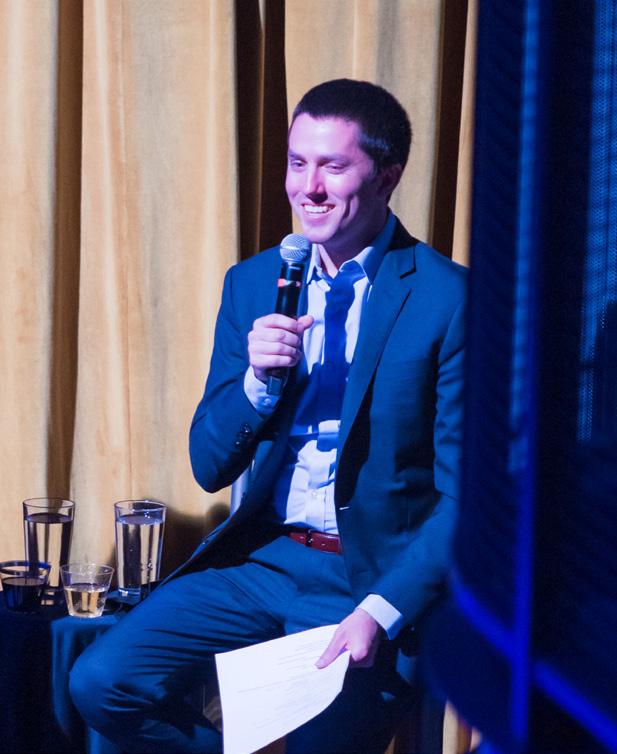
Notable honors include a Charles Ives Scholarship from the American Academy of Arts and Letters, two ASCAP Morton Gould Young Composer Awards, winner of the Symphony in C Young Composer’s Competition, the Grand Prize in the 2015 PARMA Student Composer Competition, and the Gustav Klemm Award in Composition from the Peabody Institute.
In 2020, Lee is currently Assistant Professor of Composition at the University of Florida School of Music, and has previously worked as a Lecturer at the University of North Carolina at Greensboro and an instructor at Duke University. Lee earned a PhD in Composition at Duke University, and also holds degrees from the Peabody Institute and Vanderbilt University.
“As a composer with an outsider’s perspective on Bozeman I hope the piece I’ve written will bring some fresh energy and new ideas that will invigorate the orchestra."
- Scott Lee
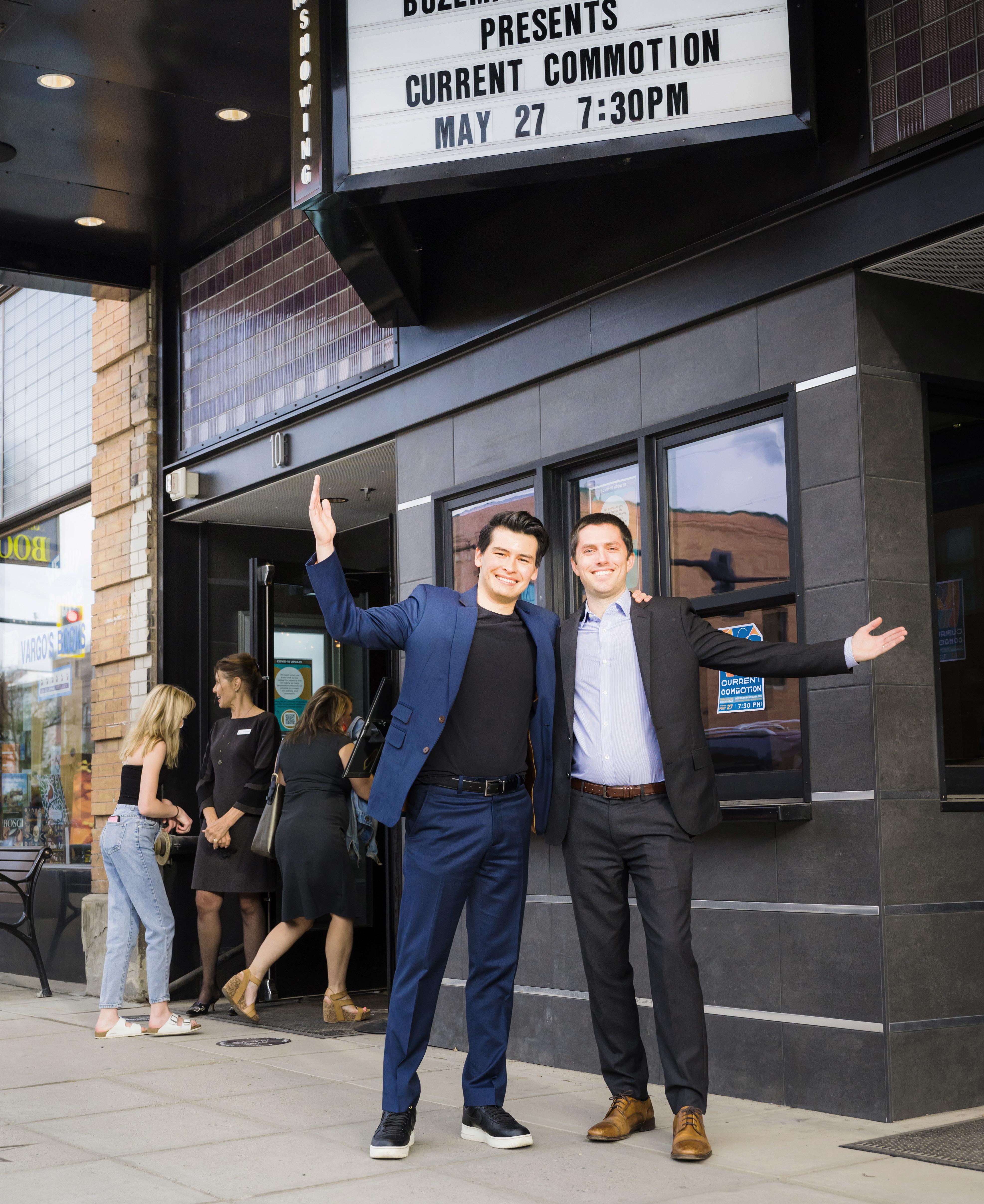
James Liska
b. 1988
THE LAST BEST PLACE
COMPOSED: 2021
Commissioned by the Bozeman Symphony
WORLD PREMIERE BY THE BOZEMAN SYMPHONY
INSTRUMENTATION
2 flutes, piccolo, 2 oboes, 2 clarinets, 2 bassoons, 4 horns, 2 trumpets, 3 trombones, tuba, timpani, snare drum, bowed crotales, vibraslap, tam-tam, splash cymbal, china cymbal, suspended cymbal, woodblock, castanets, xylophone, ride cymbal, bongos, triangle, bass drum, tambourine, rute, glockenspiel, piano, and strings
ESTIMATED DURATION : 6 minutes
Commissioned by the Bozeman Symphony, The Last Best Place is inspired by the city of Bozeman and its surrounding landscape.
I visited Bozeman in May 2021 and took in the sights, hiking in the Gallatin Mountain Range, eating at restaurants on Main Street, and touring Montana State University. The city has boomed in recent years, and is one of the fastest-growing in the country. I spent a lot of time chatting with locals (I think I visited every coffee shop in Bozeman!), including musicians, artists and gallerists, journalists, and politicians.
A common theme emerged in my conversations—a fear that the place was changing, and that something essential about Bozeman was in peril of being lost. While each person’s version of this story reflected different types of change—the shifting character of the cowtown-turned-tech-entrepreneur-hub, the influx of wealthy newcomers pricing locals out of housing, the encroachment of humans into the natural ecosystem of “America’s Serengeti”—the contours remained the same. The details of these stories are unique to Bozeman, but reflect the broader conflict between growth and conservation that communities across the country are grappling with. The title of the piece refers to the unofficial nickname of Montana, whose adoption as a slogan by the tourism industry has ironically contributed to the explosion of growth, putting at risk the very thing the nickname represents.
The piece opens energetically with a series of quickly alternating vignettes representing the hustle and bustle
of Bozeman. Rhythms reminiscent of galloping horses recall the town’s origins in the Wild West. Out of all of this activity emerges a distant and mysterious music in the muted brass, suggesting an imposing stillness that contrasts with the raucous character of the music heard so far.
To me this music represents the natural landscape of the Gallatin Valley, at this point shrouded in mist, which is how the mountains appeared when I first arrived in Bozeman after an unseasonably late snowstorm. The music of the city soon returns, but eventually begins to frantically pile on top of itself, building to a boisterous climax. Out of the commotion emerges once again the music of the natural landscape, now full of majesty and brilliance, repeating and gaining momentum as it builds towards the close of the piece.
1910–1981
CELLO CONCERTO, OP. 22
COMPOSED: 1945
BOZEMAN SYMPHONY PREMIERE
INSTRUMENTATION
2 flutes, oboe, English horn, 2 clarinets (1 doubling bass clarinet), 2 bassoons, 2 horns, 3 trumpets, timpani, snare drum, and strings
ESTIMATED DURATION : 27 minutes
Samuel Barber’s Cello Concerto is arguably one of the more technically challenging works in the repertoire. Composed in 1945 for Raya Garbousova, Barber (1910-1981) was still in the army when Serge Koussevitzky, the Boston Symphony Orchestra conductor, arranged for the young composer to be discharged to write the work to commemorate his twentieth season as music director. It was a big success in Carnegie Hall in 1946 and received the New York Music Critics’ Circle Award in 1947 as “exceptional among orchestral compositions performed for the first time [here] during the concert season.”
Lyrical and expressive, it was written in three movements— fast, slow, fast—with extremely difficult double notes and several cadenzas. The piece requires an assured technique and dramatic flair.
The first movement is the longest with an unusual rhythmic stamp—a two-bar pattern of a 2/4 bar followed by a 3/4 bar. Nonetheless, it is a very lyrical, playful movement. The soloist enters with a flashy cadenza within the first few minutes, showing every range of the instrument.
The slow movement, marked Andante Sostenuto (slow and sustained) is in key of C sharp minor, and is written in a Sicilian dance rhythm. Muted strings and a solo oboe accompany the melancholy cello. It is distinguished by long singing melodic lines in the glowing mid-range of the instrument. Even the orchestral part is dominated by the lower strings. The poignant movement ends with tragic overtones.
The last movement is a passionate and energetic dialogue—the cello speaks and the orchestra answers. The cello goes well up into the stratosphere and there are several sections of spiccato work. But the agonizing intensity and a passionate cadenza return brings the concerto to a bravura finale.
Though best known for his Adagio for Strings (1936), Barber was adept at writing both instrumental and vocal music; his works became successful on the international stage and many of his compositions enjoyed quick adoption into the classical performance canon. He was twice awarded the Pulitzer Prize for Music.
1840–1893
SYMPHONY NO. 4 IN F MINOR, OP. 36
COMPOSED: 1877–1878
MOST RECENT BOZEMAN SYMPHONY PERFORMANCE
September 23, 2018
INSTRUMENTATION
2 flutes, piccolo, 2 oboes, 2 clarinets, 2 bassoons, 4 horns, 2 trumpets, 3 trombones, tuba, timpani, triangle, bass drum, cymbals, and strings
ESTIMATED DURATION : 44 minutes
The backstory of Tchaikovsky’s Symphony No. 4 is a tale of emotional crises, unrequited love, and a difficult, loveless marriage. There is general agreement among scholars that Tchaikovsky suffered emotionally during
the time he composed his fourth symphony (1877-1878). After accepting a commission from Nadezhda von Meck, the two developed a fourteen-year affair maintained entirely by correspondence, as both were repulsed by physical relations with the opposite sex.
During that same time period, he married Antonina Milyukova. He may have taken the advice of well-meaning friends who hoped the relationship would provide a cure for his emotional instability The marriage took place in July. Tchaikovsky attempted suicide in September. Throughout all of this turmoil, he continued to pour out his feelings to Madame von Meck.
Pyotr Ilyich Tchaikovsky (1840–1893) was a composer in the Romantic tradition and the first Russian composer whose music would make a lasting impression internationally. He was honored in 1884 by Tsar Alexander III and awarded a lifetime pension.
The premiere of the four-movement symphony took place in February 1878, to mixed reviews. It was presented as an abstract work, but for the benefit of Madame von Meck, Tchaikovsky provided a “private” program. In it, he describes the opening fanfare as “Fate, the fatal power which hinders one in the pursuit of happiness.” It returns again and again to mark off the four main sections of the movement. The second movement shows “another phase of sadness. One mourns the past and has neither the courage nor the will to begin a new life.” The pizzicato figures in the scherzo “are capricious arabesques, vague figures, which slip into the imagination when one has taken wine and is slightly intoxicated: military music is heard passing in the distance.”
The finale is explained in part as follows: “If you have no pleasure in yourself, look about you. Go to the people. See how they can enjoy life and give themselves up entirely to festivity.” Tchaikovsky concludes this most personal of all his large-scale works with a restatement of the “fate” theme which tries unsuccessfully to silence the folk songs and marches of the people. The program ends with the words, “Rejoice in the happiness of others and you can still live.”


5 W e s t M e n d e n h a l l
O f f e r i n g a
P r e F i x e
M e n u
f o r O u r
S y m p h o n y
G u e s t s
l i k e m u s i c
t o y o u r
p a l a t e

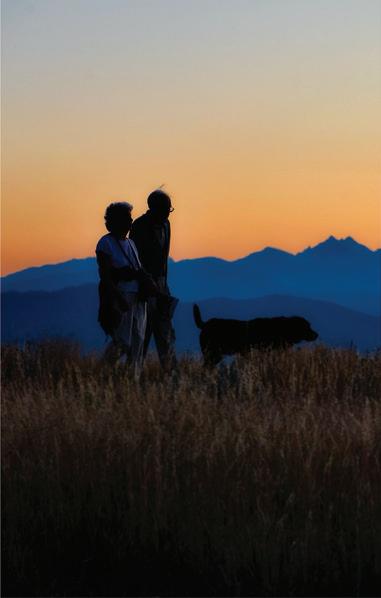
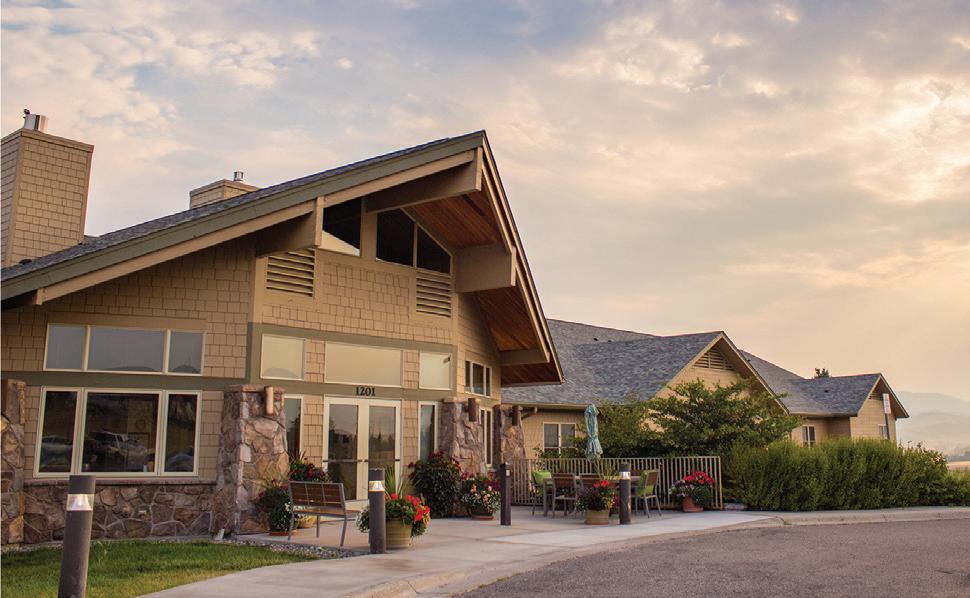
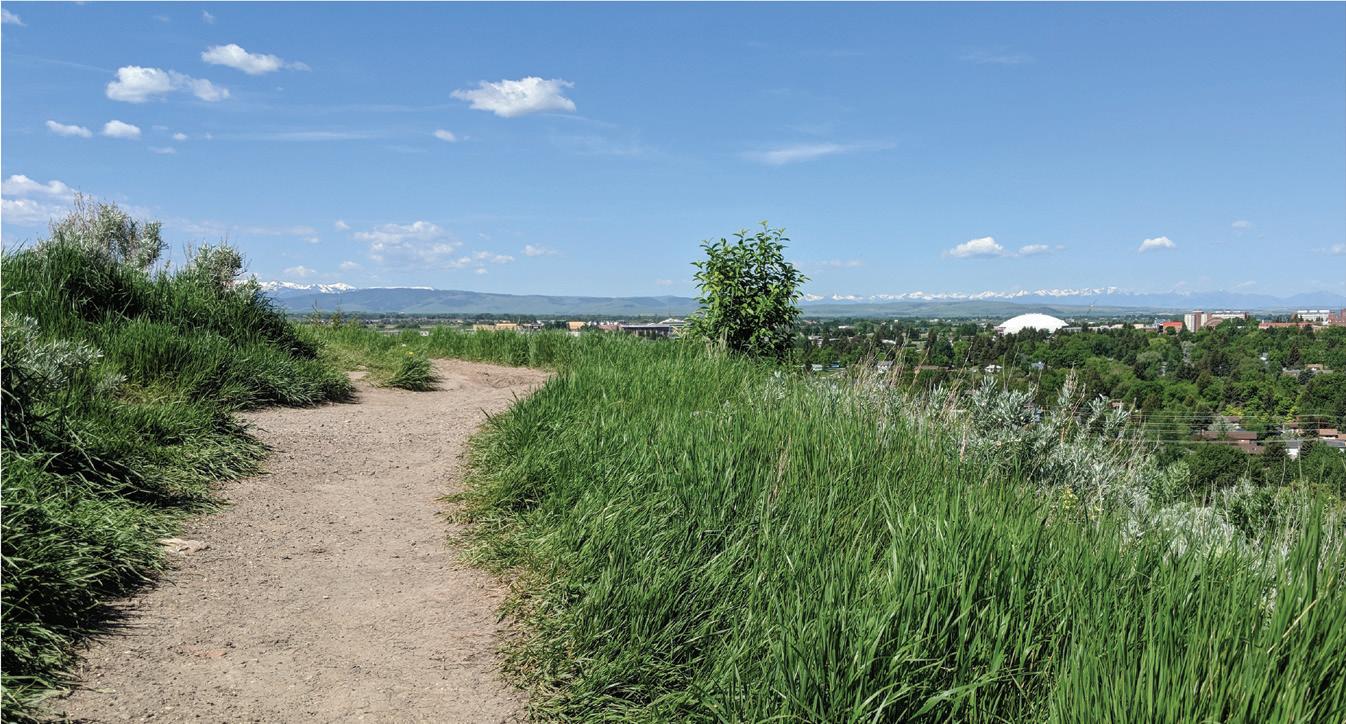

Bozeman Health Hillcrest Senior Living sits atop and adjacent to Burke Park/Peets Hill, giving residents beautiful views of Bozeman and easy access to outdoor spaces and trails. With convenient proximity to Bozeman Health Deaconess Hospital and a warm sense of family among residents, call today to schedule your tour at Hillcrest Senior Living.

OCTOBER 30 th 2021
Saturday - 7:30PM
OCTOBER 31 st 2021
Sunday - 2:30PM
NORMAN HUYNH conductor
SPONSORED BY
RODOLFO LEONE piano
Thomas J. Scanlin
Carl Maria von Weber
Sergei Prokofiev
Overture to Der Freischütz
Piano Concerto No. 3 in C Major, Op. 26
Andante—Allegro
Andantino
Allegro ma non troppo
Rodolfo Leone
INTERMISSION
Hector Berlioz
Symphonie fantastique , Op. 14
Rêveries, Passions
Un bal (A Ball)
Scène aux champs (Scene in the Country)
Marche au supplice (March to the Scaffold)
Songe d’une nuit du sabbat (Dream of a Witches’ Sabbath)
PERFORMED AT
Willson Auditorium

The brilliant 29-year-old Italian born pianist Rodolfo Leone, whose career is supported by the Amron-Sutherland Fund for Young Pianists at the Colburn School, was the first-prize winner of the 2017 International Beethoven Piano Competition Vienna. Described as “a true sound philosopher” (Oberösterreichische Nachrichten), Rodolfo released his debut album on the Austrian label Gramola in May 2018. The all-Beethoven disc features two pillars of the piano repertoire: the “Hammerklavier” Sonata and the “Waldstein” Sonata. His playing has been described as having “impeccable style” and “absolute technical control” (Il Nuovo Amico).
Rodolfo’s recent seasons include a collaboration with James Conlon and LA Opera and debuts with the San Diego Symphony (Liszt’s Piano Concerto No. 1) conducted by Michael Francis, Pasadena Symphony (Mozart’s Piano Concerto No. 21) with conductor David Lockington, and Borusan Istanbul Philharmonic Orchestra (Beethoven’s Concerto No. 5, “Emperor”) with Sascha Goetzel; he also performed Beethoven’s Triple Concerto in Walt Disney Hall under the baton of Xian Zhang. In May 2019, he gave a recital tour in Austria, culminating in a performance in Vienna at the BrahmsSaal of the Musikverein. He also performed recitals in Los Angeles and Naples, Florida, and appeared on the chamber music series Le Salon de Musiques in Los Angeles. As a 2018-2019 Performance Today Young Artist in Residence, Rodolfo’s live recordings were broadcast nationally throughout the United States.
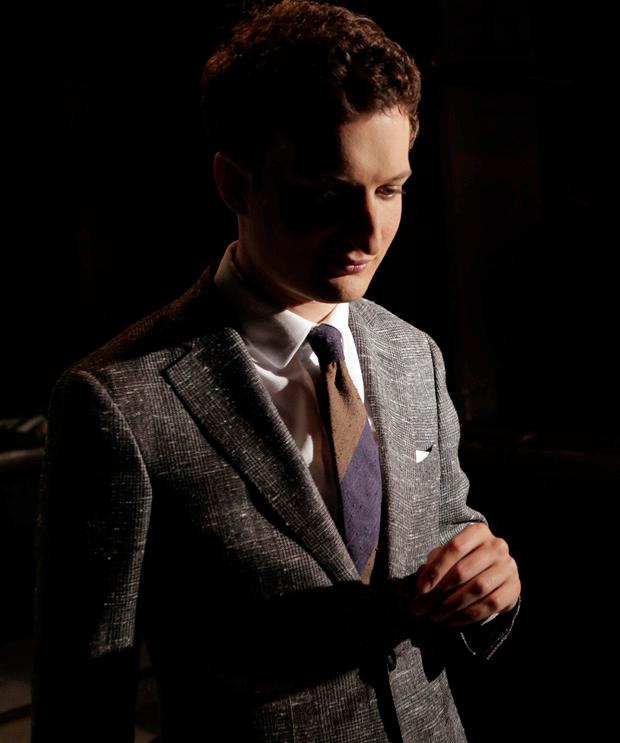
year performing Shostakovich’s Piano Concerto No. 1. Rodolfo made his North American debut in 2014 performing Liszt’s Piano Concerto No. 1 with the Toronto Concert Orchestra. Since then, he has performed with, among others, the Vienna Radio Symphony Orchestra and the Colburn Orchestra at Walt Disney Concert Hall, conducted by Stéphane Denève; and recitals at Festival Napa Valley and the Soka Performing Arts Center. He has also performed chamber music with Lynn Harrell, Fabio Bidini, Andrew Schulmann, and the Viano String Quartet.
Rodolfo has performed extensively throughout Europe, North America, and China. These performances include debuts in venues such as the Musikverein in Vienna, Steinway Hall in London, the Music Hall of the National Centre for the Performing Arts in Beijing, the Politeama Theatre in Palermo, the Mozart Concert Hall of Accademia Filarmonica and Teatro Carlo Felice di Genova in Italy, and the BASF Gesellschaftshaus in Germany. A top-prize winner of several major piano competitions, Rodolfo was awarded top prizes at the 2014 Toronto International Piano Competition and the 2013 Busoni International Piano Competition. Pianist magazine described his concerto performance during the 2017 International Beethoven Piano Competition as a “communion with the orchestra” that “was raptly convincing… robust and joyful.”
A native of Turin, Italy, Rodolfo made his orchestral debut in 2013 performing Rachmaninov’s Piano Concerto No. 3 with the Haydn Orchestra of Bolzano and Trento (Italy). He toured Italy with that orchestra the following
Rodolfo is currently based in Los Angeles where he previously studied at the Colburn Conservatory of Music. He holds both a Master of Music degree and an Artist Diploma from Colburn, where he studied with Fabio Bidini. He previously studied at the Hans Eisler School of Music in Berlin, Germany and at the G. Rossini Conservatory in Pesaro, Italy.
- Oberösterreiche Nachrichte ( Upper Austrian News )
James Liska
1786–1826
COMPOSED: 1817–1821
MOST RECENT BOZEMAN SYMPHONY PERFORMANCE September 23, 2018
INSTRUMENTATION
2 flutes, 2 oboes, 2 clarinets, 2 bassoons, 4 horns, 2 trumpets, 3 trombones, timpani, and strings
ESTIMATED DURATION : 10 minutes
Though frequently overlooked in the chronicles of 19 th century German romanticism Carl Maria von Weber had the temperament, expressiveness, and lyricism, along with an interest in elements of mysticism and the supernatural, that would mark him as one of the true founders of the Romantic Movement in music.
It was in the opera house that Weber (1786-1826) made his most significant contributions. In 1817, he set aside a career as a pianist and critic to become music director of the Dresden Staatskapelle where he attempted to establish a respectable German tradition. He soon realized that there were very few operas which were truly German in spirit and none at all that embodied the tenets of the youthful romantic movement. During the next nine years, he was able to remedy the situation by writing three works— Der Freischütz, Euryanthe, and Oberon —that not only served to define German romanticism but helped to establish it as the musical force in Europe.
Der Freischütz was probably the most successful in establishing a German romantic opera style. It had everything that had been considered essential: folk material, mysticism, magic, distant places, danger, and a strong dose of the supernatural replete with Faustian overtones. The title translates as “The Free-Shooter”—a reference to the fact that the hero casts six bullets guaranteed to find their mark and a seventh that belongs to the devil. The premiere in Berlin on June 18, 1821, was such a success that the work immediately became popular throughout Europe. Probably no other German work in history was ever so quickly and widely accepted. It was to have a major influence on Wagner, and a century later, such composers as Debussy, Stravinsky, and Hindemith acknowledged its importance.
The overture to Der Freischütz vividly depicts the two central elements in the opera: “the life of the hunter and
the rule of demonic powers.” The former is represented by the sound of the horn quartet, the latter by the low registers of the strings, clarinets, and bassoons. The slow introduction is a miniature tone poem that effectively establishes the mood for the entire opera. The allegro section that follows makes use of melodies from several of the more important arias.
No other work of Weber better shows off his skill as an orchestrator, and perhaps no other opera overture better sets the stage for the drama to follow.
1891–1953
PIANO CONCERTO NO. 3 IN C MAJOR, OP. 26
COMPOSED: 1917–1921
MOST RECENT BOZEMAN SYMPHONY PERFORMANCE September 25, 2016; Spencer Myer, piano
INSTRUMENTATION
2 flutes (1 doubling piccolo), 2 oboes, 2 clarinets, 2 bassoons, 4 horns, 2 trumpets, 3 trombones, timpani, bass drum, cymbals, castanets, tambourine, and strings
ESTIMATED DURATION : 27 minutes
In common with Beethoven, Prokofiev wrote five piano concertos, but only one of them is played often. It is the Third, which was first performed in Chicago in December of 1921, during the composer’s self-imposed exile from his native Russia. Although the work had been in progress since 1911, its elements are united in an exciting and colorful display that betrays no signs of its long gestation period.
The Ukraine-born Sergei Sergeyevich Prokofiev (18911953) was a Soviet Russian composer, pianist and conductor. As the creator of acknowledged masterpieces across numerous music genres, he is regarded as one of the major composers of the 20 th century. Of the established forms and genres in which he worked, he created seven operas, seven symphonies, eight ballets, five piano concertos, two violin concertos, a cello concerto, a symphony-concerto for cello and orchestra, and nine completed piano sonatas.
Prokofiev made his debut as a pianist-composer in 1908, when he shocked the audience with such daring works
as his Suggestion Diabolique , and he went on to write a significant body of work for the keyboard.
Prokofiev’s distinctive style—a blend of rapid and percussive playing with lyricism and rich harmonies— makes his music almost instantly recognizable. You will hear pre-echoes of his Romeo and Juliet ballet score (1935-1936) in this Concerto, which the composer himself introduced in Chicago and later in Los Angeles.
The first movement opens with a haunting theme in the clarinets that is soon displaced by energetic activity in the strings, making way in turn for the piano’s entry. The staccato passagework required of the soloist is of the most exciting order. An interlude for oboe leads to a development of the opening melody, then more fireworks for the soloist and orchestra.
The second movement is in the form of theme and variations, alternately rapt and poetic, dazzling and dynamic. The third and final movement returns to the brilliant style of the first, uniting the composer’s proclivities for decadently luscious melody and brittle, machine-like rhythm.
1803–1869
Symphonie fantastique , OP. 14
COMPOSED: 1830
MOST RECENT BOZEMAN SYMPHONY PERFORMANCE
May 1, 1977
INSTRUMENTATION
2 flutes (1 doubling piccolo), 2 oboes (1 doubling English horn), 2 clarinets, 4 bassoons, 4 horns, 2 trumpets and 2 cornets, 3 trombones, 2 ophicleides (replaced nowadays by bass tubas), timpani, bass drum, snare drum, cymbals, low-pitched bells, 2 harps, and strings
ESTIMATED DURATION : 49 minutes
Like his Russian counter-part, the French-born Hector Berlioz (1803-1869) found inspiration for his Symphonie fantastique in unrequited love with Harriet Smithson, the Irish actress. He sent her numerous love letters, all of which went unanswered. When she left Paris in 1829, they had still not met. He then composed his fantastical
symphony as a way to express his love. Smithson did not attend the premiere in 1830, but she heard the work in 1832 and realized his genius. The two finally met and were married in 1833, but later separated.
Fantastical Symphony: Episode in the Life of an Artist … in Five Sections, Op. 14, is a programmatic composition meant to convey rich imagery. In this case, Leonard Bernstein found it be the first musical expedition into psychedelia because of its hallucinatory and dream-like nature, and because history suggests Berlioz composed at least a portion of it under the influence of opium.
The symphony, written in five movements tells the story of an artist gifted with a lively imagination who has poisoned himself with opium in the depths of despair because of hopeless, unrequited love. Berlioz provided his own preface and program notes for each movement of the work. They exist in two principal versions — one from 1845 in the first score of the work and the second from 1855.[4] From the revised preface and notes, it can be seen how Berlioz, later in his life, downplayed the programmatic aspect of the work.
“The following program should be distributed to the audience every time the Symphonie fantastique is performed dramatically and thus followed by the monodrama of Lélio which concludes and completes the episode in the life of an artist,” he wrote. “In this case the invisible orchestra is placed on the stage of a theatre behind the lowered curtain. If the symphony is performed on its own as a concert piece this arrangement is no longer necessary: one may even dispense with distributing the program and keep only the title of the five movements. The author hopes that the symphony provides on its own sufficient musical interest independently of any dramatic intention.”
During his years in Paris, he produced no less than an oratorio, numerous cantatas, two dozen songs, a mass, part of an opera, two overtures, a fantasia on Shakespeare’s Tempest , and eight scenes from Goethe’s Faust , as well as the Symphonie fantastique
See feature on page 38 for Hector Berlioz original program notes.
NOTES
Berlioz provided the following note on the program to the audience at the first performance in 1830:
The composer’s intention has been to treat various states in the life of an artist, in so far as they have musical quality. Since this instrumental drama lacks the assistance of words, an advance explanation of its plan is necessary. The following program, therefore, should be thought of as if it were the spoken text of an opera, serving to introduce the musical movements and to explain their character and expression.
Daydreams, Passions: The composer imagines that a young musician, troubled by that spiritual sickness which a famous writer has called le vague des passions (intimations of passion), sees for the first time a woman who possesses all the charms of the ideal being he has dreamed of, and falls desperately in love with her. By some strange trick of fancy, the beloved vision never appears to the artist’s mind except in association with a musical idea, in which he perceives the same character — impassioned, yet refined and diffident that he attributes to the object of his love.
This melodic image and its model pursue him unceasingly like a double idée fixe . That is why the tune at the beginning of the first allegro constantly recurs in every movement of the symphony. The transition from a state of dreamy melancholy, interrupted by several fits of aimless joy, to one of delirious passion, with its impulses of rage and jealousy, its returning moments of tenderness, its tears, and its religious solace, is the subject of the first movement.
A Ball: The artist is placed in the most varied circumstances: amid the hubbub of a carnival; in peaceful contemplation of the beauty of nature – but everywhere, in town, in the meadows, the beloved vision appears before him, bringing trouble to his soul.
Scene in the Country: One evening in the country, he hears in the distance two shepherds playing a ranz de vaches; this pastoral duet, the effect of his surroundings, the slight rustle of the trees gently stirred by the wind, certain feelings of hope which he has been recently entertaining – all combine to
bring an unfamiliar peace to his heart, and a more cheerful color to his thoughts. He thinks of his loneliness; he hopes soon to be alone no longer… But suppose she deceives him!... This mixture of hope and fear, these thoughts of happiness disturbed by dark forebodings, form the subject of the adagio. At the end, one of the shepherds again takes up the ranz de vaches; the other no longer answers... Sounds of distant thunder... solitude... silence.
March to the Scaffold: The artist, now knowing beyond all doubt that his love is not returned, poisons himself with opium. The dose of the narcotic, too weak to take his life, plunges him into a sleep accompanied by the most horrible visions. He dreams that he has killed the woman he loved, and that he is condemned to death, brought to the scaffold, and witnesses his own execution. The procession is accompanied by a march that is sometimes fierce and somber, sometimes stately and brilliant: Loud crashes are followed abruptly by the dull thud of heavy footfalls. At the end of the march, the first four bars of the idée fixe recur like a last thought of love interrupted by the fatal stroke.
Dream of a Witches’ Sabbath: He sees himself at the witches’ sabbath, in the midst of a ghastly crowd of spirits, sorcerers, and monsters of every kind, assembled for his funeral. Strange noises, groans, bursts of laughter, far-off shouts to which other shouts seem to reply. The beloved tune appears once more, but it has lost its character of refinement and diffidence; it has become nothing but a common dance tune, trivial and grotesque; it is she who has come to the sabbath... A roar of joy greets her arrival... She mingles with the devilish orgy... Funeral knell, ludicrous parody of the Dies irae , sabbath dance. The sabbath dance and the Dies irae in combination.

NOVEMBER 12 th 2021
Friday - 7:00PM
NOVEMBER 14 th 2021
Sunday - 3:00PM
SPONSORED BY NOVEMBER
JON HARNEY conductor
BOZEMAN SYMPHONIC CHOIR
Michael & Sharon Beehler
FAITH
Z. Randall Stroope
Josquin des Prez
Paul Manz
Anton Bruckner
Arvo Pärt
Josef Rheinberger
Arr. Derek Bermel
Pärt Uusberg
Percy Grainger
Os Justi
Ave Maria
E’en So, Lord, Jesus, Quickly Come
Ave Maria
Bozeman Chamber Choir
Solfeggio Abendlied
Kpanlongo Muusika
Bozeman Chamber Choir
Handel in the Strand
BRIEF INTERMISSION
LOVE AND LIVING
Eric Whitacre
Shawn Kirchner
Paul Mealor
Andrea Ramsey
Johannes Brahms
James Whitbourn
Arr. Michael Barrett
A Boy and a Girl
Tu sangre en la mía
Bozeman Chamber Choir
She Walks in Beauty
Bozeman Chamber Choir
That Which Remains
Abschiedslied
Eternal Rest
Siyalobola Gogo
PERFORMED AT
Holy Rosary Church
Jon Harney is an associate professor of music at MSUBozeman. He received his Bachelor of Music degree in music education from Luther College, Decorah, Iowa — where he studied under Weston Noble — and Masters and Doctor of Musical Arts degrees in vocal performance from the University of Minnesota where he studied with Clifton Ware. As a tenor soloist, he has sung more than twenty-five principal and supporting roles in opera, operetta, and major works with orchestra and chorus. While active with the University of Minnesota opera theater, he appeared as The Sailor in Dido and Aeneas , Fenton in Falstaff , Nemorino in The Elixir of Love, Ferrando in Cosí Fan tutte and Junki in the US premier of Rautavaara’s Aleksis Kivi . Other roles in the midwest included Dr. Caius in Falstaff and Basilio in Le Nozze di Figaro with the Pine Mountain Music Festival, Fenton in The Merry Wives of Windsor with the Dorian Opera Theatre and Frederick in a touring production of The Pirates of Penzance with the Madison-based Opera for the Young. He earned an honorable mention award in the 1998 Minnesota District Metropolitan Opera Auditions. Performances in Montana have included the roles of Edmondo in Manon Lescaut and Remendado in Carmen with Intermountain Opera Bozeman as well as Bach’s Magnificat and Handel’s Messiah with the Bozeman Symphony.
Harney has served as chorus master for the Intermountain Opera since 2002, preparing the choruses for productions of L’elisir d’amore, Aida, Lucia di Lammermoor, Cavalleria Rusticana, I Pagliacci, The Pirates of Penzance, Manon Lescaut, The Magic Flute, Carmen, La Boheme, The Ballad of Baby Doe, Il Trovatore and Il Barbiere di Siviglia.
Prior to coming to MSU-Bozeman, Harney was on the voice faculty of Macalester College and directed high school choirs in the North St. Paul school district. In 2001, Dr. Harney joined the MSU-Bozeman music faculty where he teaches studio voice lessons and opera scenes class and directs the University Chorus. In 2002, he was selected as one of twelve voice teachers nationwide to participate in the National Association of Teachers of Singing Intern Program working under master teacher Elaine Bonazzi. He served as president of the Montana

Chapter of the National Association of Teachers of Singing from 2007-2009. In summer 2008, Harney was selected to sing in the Westminster Choir College Chamber Choir in residence in Florence, Italy, singing under the direction of Joe Miller and in July 2010 sang under the direction of Dale Warland as part of the Festival Chorale at the Minnesota Beethoven Festival.
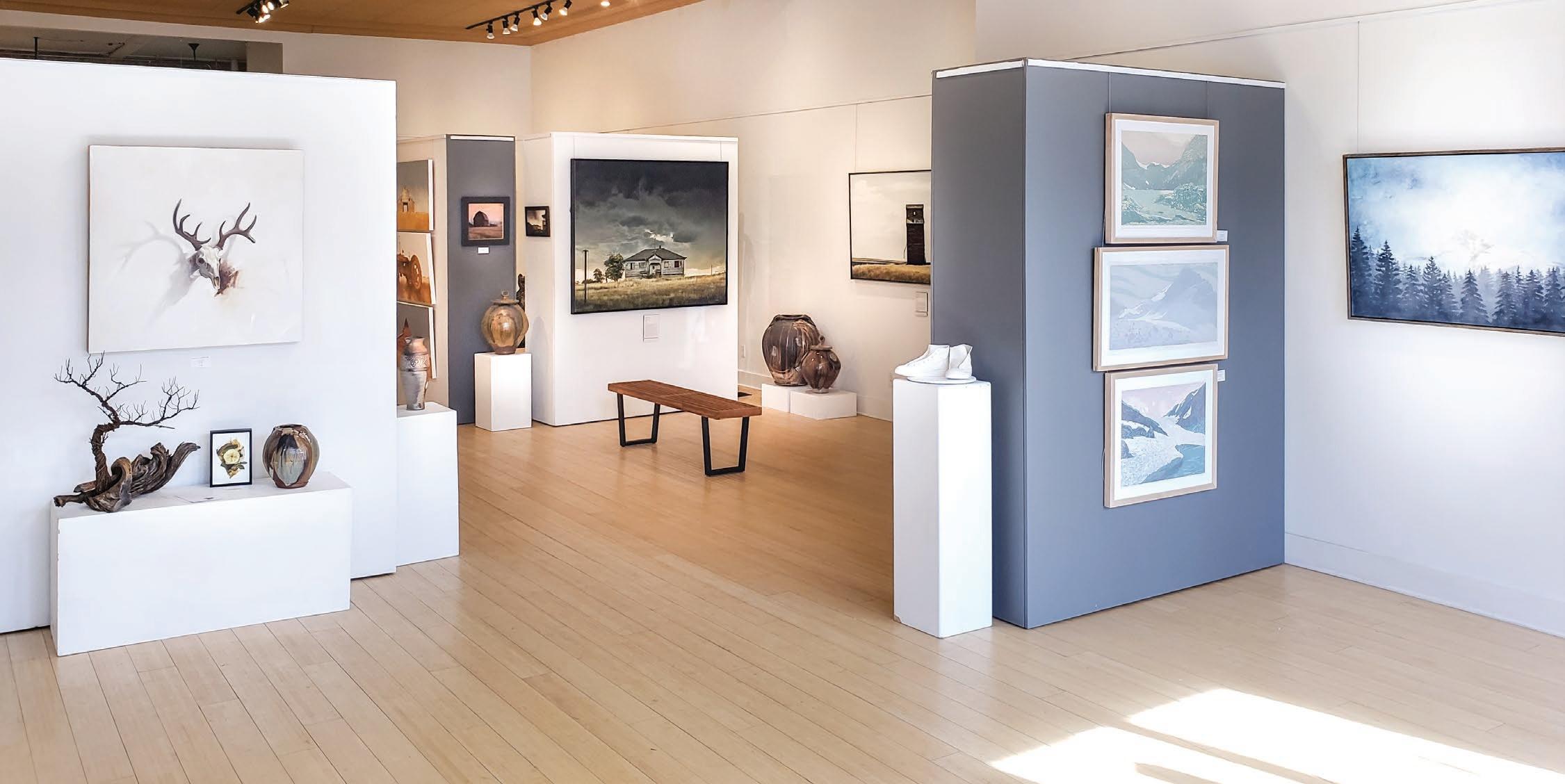

NOVEMBER 20 th 2021
Saturday - 7:30PM
NOVEMBER 21 st 2021
Sunday - 2:30PM
SPONSORED BY
Iris M.L. Model
Antonín Dvořák
Anthony Barfield
Johannes Brahms
Carnival Overture, Op. 92
Heritage Concerto (Orchestra World Premiere)
Building the Egyptian Pyramids
The Nile River
King Thutmose III
Demondrae Thurman
INTERMISSION Symphony No. 2 in D Major, Op. 73
Allegro non troppo
Adagio non troppo
Allegretto grazioso (Quasi andantino)
Allegro con spirito
PERFORMED AT
Willson Auditorium
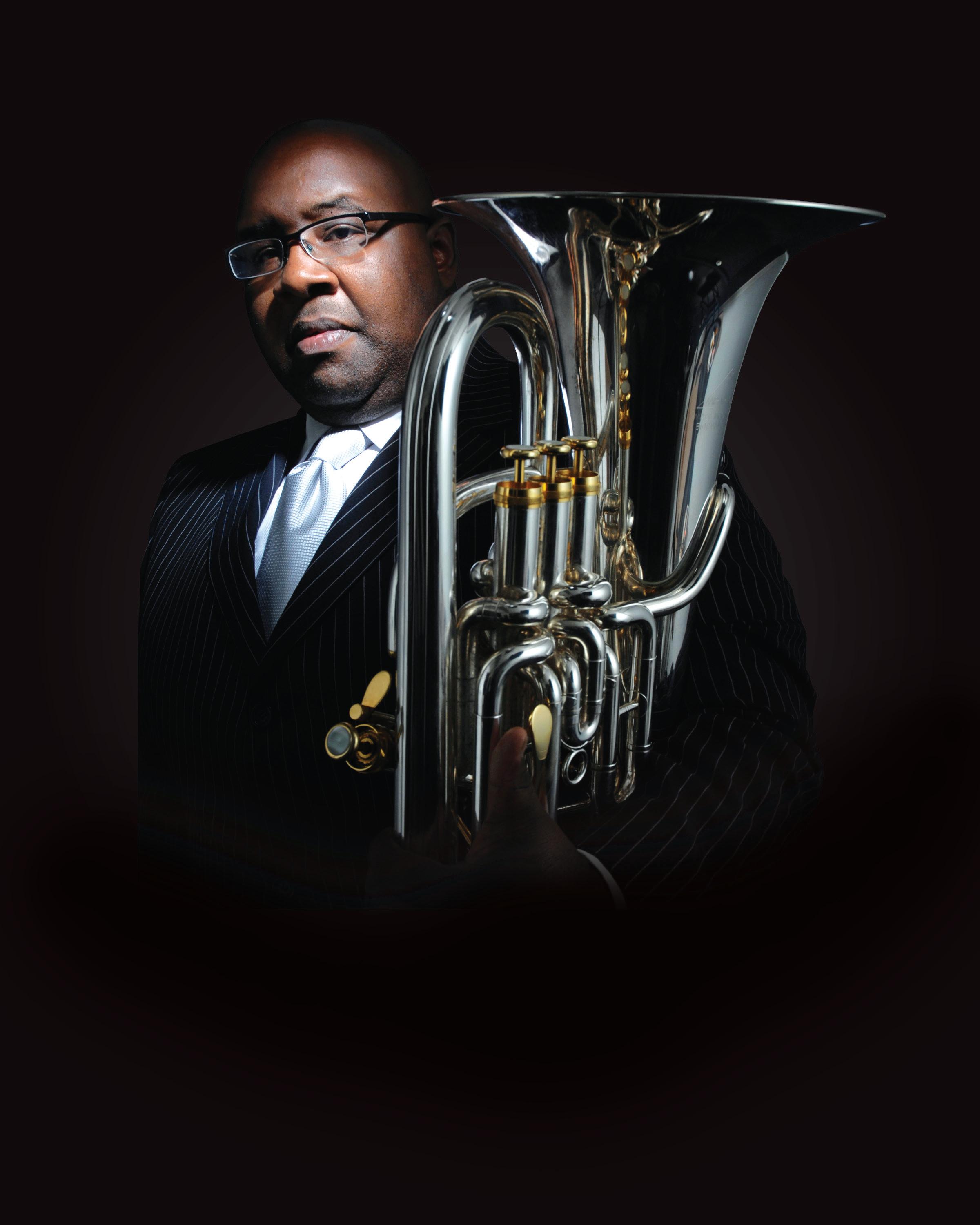
Demondrae Thurman is considered one of the stars of the formidable generation of brass soloists. His euphonium playing has been described as “awe inspiring , ” and he is touted as “an amazing musician”. Demondrae has a firm international reputation as a euphonium soloist having performed in Europe, Asia and throughout North America. Many of America’s premiere colleges and universities have hosted him as a performer and teacher, and he continues to be in high demand. Over the last ten years, Demondrae has been an invited guest artist/clinician at many of the world’s prestigious euphonium festivals including the International Tuba/ Euphonium Conference, U.S. Army Band Tuba and Euphonium Conference and the Leonard Falcone Competition. His primary teachers are John Stevens, Michael Dunn, James Jenkins, and Daniel Drill.
Demondrae is also an active chamber musician. He plays first euphonium and trombone in the highly regarded Sotto Voce Quartet which tours extensively. The quartet has released three recordings on the Summit Records label; all of which have received stellar reviews. Viva Voce!: The Complete Quartets of John Stevens won the International Tuba/Euphonium Association award for best chamber music recording in 2006. The quartet has been featured several times on American Public Media’s, Performance Today. In January 2014, released its fourth album entitled, Take This Hammer. He also plays first baritone horn in the Brass Band of Battle Creek, a British brass band comprised of many of the world’s best brass and percussion performers. In addition to his chamber music work, Demondrae is in demand as a euphonium specialist for symphony orchestras including the Atlanta Symphony, Sarasota Orchestra, and North Carolina Symphony and the Philadelphia Orchestra.
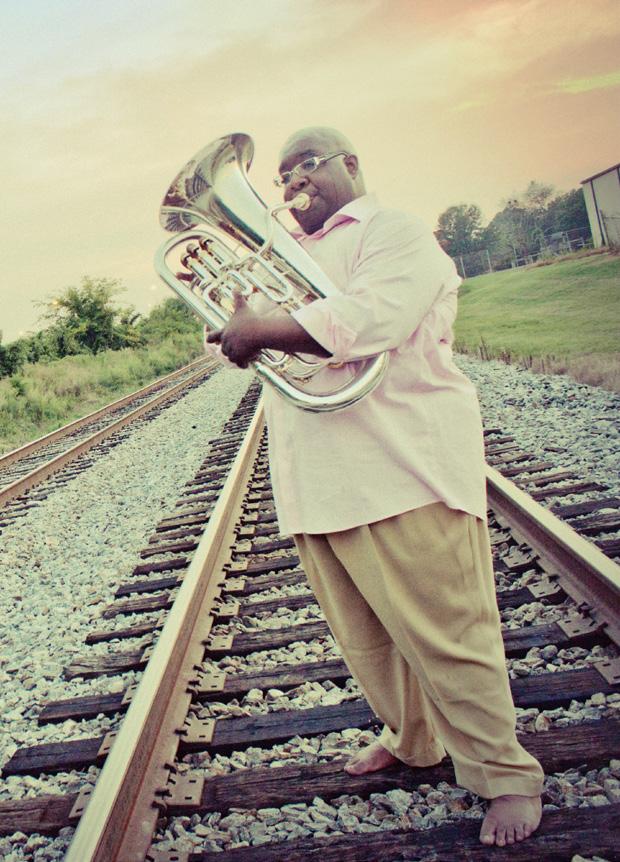
In addition to the Sotto Voce Quartet recordings, Demondrae released his first solo recording on the Summit Records label in 2005 entitled, Soliloquies. It received a 9/9 out of 10/10 from classicstoday.com, and he was referred to as “having earned (his) stripes as one of the premiere euphonium players in the world.” Showing his dedication to new music, all of the music on the recording was written for him or with his playing in mind. His second album, Songs of a Wayfarer, was released in 2011. In February 2014, Demondrae released his third recording entitled, Snapshots: The Spirit of Collaboration. Demondrae can also be heard on recordings with the Atlanta Symphony Orchestra, Brass Band of Battle Creek, and the New South Jazz Orchestra.
Currently, Demondrae is Associate Professor of Music at Samford University where he teaches low brass, conducts the Wind Ensemble, and serves as Director of Graduate Studies. In addition to his duties at Samford University, Demondrae is also on the faculty of the Miraphone Academy, Southeastern Tuba Euphonium Workshop and the National Music Festival Euphonium Workshop.
Demondrae Thurman is a Miraphone Performing Artist and exclusively plays the Miraphone 5050 Ambassador “Edition” euphonium, which was designed specifically for him. He also plays the custom “Demondrae” model mouthpiece manufactured by Warburton Music Products and is a Shires Trombone Performing Artist.
“He was such a great teacher, and now I get to take that relationship to one of being colleagues.”
- Norman Huynh, music director
By A. James Liska
1841–1904
Carnival Overture , O p . 92
COMPOSED: 1891
MOST RECENT BOZEMAN SYMPHONY PERFORMANCE
April 14, 2019
INSTRUMENTATION
2 flutes, 2 oboes, 2 clarinets, 2 bassoons, 4 horns, 2 trumpets, 3 trombones, timpani, and strings
ESTIMATED DURATION : 10 minutes
Antonin Dvorak's Symphony No. 9 (“From the New World”) is central to the worldwide orchestral repertory.
By Douglas W. Shadle
Sunday is the 125th anniversary of the premiere of Dvorak’s Symphony No. 9 (“From the New World”) at Carnegie Hall. Latching onto its unforgettable melodies, including the famous tune that inspired “Goin’ Home,” audiences around the world have craved this lush, dramatic work ever since.
Countless history books and program notes would have us believe that Dvorak suddenly awakened a national musical consciousness soon after his arrival in the United States in 1892 and that the “New World” Symphony was an attempt to show naïve American composers how to build a distinctive style using what Dvorak called “Negro melodies.” Leonard Bernstein claimed at a 1958 New York Philharmonic Young People’s Concert that composers in the United States at the end of the 19th century began to “feel funny about not writing American-sounding music. And it took a foreigner to point this out to them.”
A great story. But it’s not true.
The program for the premiere of the “New World” Symphony, featuring the New York Philharmonic at Carnegie Hall, on Dec. 16, 1893. (Credit New York Philharmonic Leon Levy Digital Archives)
American composers were wrestling with national identity long before Dvorak’s arrival. Speaking at the annual convention of the Music Teachers National Association in 1884, the Boston composer George Whiting invoked the pianist Louis Moreau Gottschalk’s Creole-inspired music of the 1850s and argued that composers should work with “Creole melodies of the
South” to create a particularly American style. Reprints of Whiting’s speech appeared widely in the musical press and inspired impassioned rebuttals around the country.
Drawing compositional inspiration from Black musical idioms was also nothing new. Henry Schoenefeld, based in Chicago, explained in the program note to his 1890 “Suite Characteristique” for string orchestra that an “American school will be based upon the Negro melodies of the South, as the Russians have founded the Russian school by looking to the Slav melodies”—a formulation that nearly matched what Dvorak would recommend later. Featuring a tambourine, triangle, and tam-tam, the suite’s second movement attempted to capture the vitality of Black vernacular dance with syncopation, unusual chromatic lines and colorful effects in the strings.
Around this time, philanthropist Jeannette Thurber invited Dvorak to become director of her new National Conservatory in New York. When the news of his appointment became public in 1891, critics immediately doubted that he could help American composers find a national voice. And Dvorak openly denied that the United States could ever develop a truly national style.
“America will have to reflect the influence of the great German composers,” he told a reporter in London, “just as all countries do.”
The conductor Franz Xavier Arens, based in Milwaukee, wanted to prove otherwise. Early in 1892, he toured Central Europe, with Schoenefeld’s suite anchoring an all-American orchestral program. The suite’s evocation of Black American musical idioms delighted audiences.
A Viennese critic wrote that “this picture from the Negro life of the South is distinguished through lively shaping and unusually clever exploitation of unfamiliar musical elements,” while a writer in Leipzig described it as “the most specifically American” piece on the program. Reports on Arens’s concerts spread in German-language newspapers for weeks.
Accounts of foreign enthusiasm reached the United States two months before Dvorak’s arrival. A.J. Goodrich, then the leading American music theorist, commented that Schoenefeld’s music had “attracted instant attention, for here was a motive not already developed by Brahms, Dvorak, Saint-Saëns, Grieg or Tschaikovski.” When Dvorak finally arrived, the idea of mixing Black vernacular idioms with conventional classical idioms had fascinated musicians across Europe and the United States for nearly two years. That he would be asked to weigh in on the subject was all but inevitable.
Dvorak immersed himself in this burning topic soon after arriving. He listened to one of his Black conservatory students, Harry Burleigh, sing spirituals and studied the Louisville music teacher Mildred Hill’s scholarship on Black folk songs Maurice Arnold, another Black student, showed Dvorak his attempt at writing an orchestral piece using Black idioms, and the manuscript for Schoenefeld’s new “Rural Symphony” sat on Dvorak’s desk awaiting judgment in a conservatory-sponsored contest. (It eventually won.) By May 1893, Dvorak had seen and heard enough.
“When I first came here last year,” he explained in a statement to the press, “I was impressed with this idea and it has developed into a settled conviction.”
Although Dvorak hadn’t originated the concept, his endorsement of incorporating these melodies and idioms into “classical” music spurred a vigorous, racism-laced debate. Detractors questioned the Americanness of the melodies, claiming that they were African or actually derived from white sources heard on plantations. The New York composer William Mollenhauer snipped that “an American would be ashamed to derive his inspiration from such trash.”
For the first time, prominent Black intellectuals also addressed the topic. Harry Smith, the editor of The Cleveland Gazette , remarked that Dvorak’s prescription “seems to be a bitter pill indeed for many prejudiced musicians (white) to swallow.” Dvorak, he added, was “on the right track, for the simple reason that about all the truly American music we have is furnished in these very same ‘Negro’ melodies.”
Anticipation mounted as observers wondered how Dvorak would manifest these principles in his new symphony, especially since he had encountered even more folk styles at the World’s Columbian Exposition in Chicago in 1893. The New York critic Henry Krehbiel gave a sneak preview in the Tribune the day before the premiere, arguing that it projected a truly American character through its blend of ethnic musical traits like the folky, syncopated “Scotch snap” and “the mood inspired by the contemplation of Indian legend and romance.”
Surprisingly, the premiere led to perplexed disappointment. Listeners agreed that the music was magnificent, but many did not hear anything “American” in it, after all. “Some of those who applauded most loudly,” wrote one Brooklyn critic, “thought the Indian and Negro themes would have been as effective if picked up in Siberia.”
The symphony’s “true” identity—American? Czech? something else? nothing at all?—has remained a source of debate to this day. But these discussions have taken for granted that the piece was sui generis and have obscured Dvorak’s original purpose: to acknowledge contributions Black musicians had already been making to the American cultural landscape. The “New World” Symphony moved one of Dvorak’s Black students, Will Marion Cook, to muse on whether Black composers might become the voice of the nation.
“And who knows?” Cook asked. “Soon, perhaps, will some native composer, hopefully of the future, take the pen, inspired by long repressed imagination, and paint glowing tone pictures of a radiant dawn — a dawn without passing — a day without a night.”
b. 1983
COMPOSED: 2014 FOR BAND, ORCHESTRATED 2021
ORCHESTRA WORLD PREMIERE BY THE BOZEMAN SYMPHONY
INSTRUMENTATION
solo euphonium, 2 flutes, piccolo, 2 oboes, English horn, 2 clarinets, bass clarinet, 2 bassoons, 4 horns, 2 trumpets, 3 trombones, 1 tuba, timpani, marimba, suspended cymbal, triangle, wind chimes, tambourine, toms, china cymbal, kick drum, bass drum, and strings.
ESTIMATED DURATION : 24 minutes
Heritage Concerto for Euphonium was written specifically for Demondrae Thurman and commissioned by Don Winston. This performance by Thurman with the Bozeman Symphony is the first.
According to composer Anthony Barfield, the work is based on specific areas of Ancient Egyptian civilization and is presented in three movements.
The first movement, Building the Pyramids , reflects on the process during the building of the three pyramids in Giza, Egypt.
The second movement, The Nile , paints a musical picture
By A. James Liska
of the importance of the river for providing water, transportation, and excellent soil for growing food. The third movement, Thutmose III , has as its focus Thutmose— who was the sixth Pharaoh of the Eighteenth Dynasty. Thutmose was known for having a strong Army and he created the largest empire Egypt had ever seen.
“Heritage focuses on Ancient Egyptian life as we know it,” Barfield noted, “but as a whole, tells the story of how we culturally and often unconsciously preserve the memories and ideas from our ancestors.”
1833–1897
Symphony No. 2 in D major, Op. 73
COMPOSED: 1877
MOST RECENT BOZEMAN SYMPHONY PERFORMANCE October 28, 2018
INSTRUMENTATION
2 flutes, 2 oboes, 2 clarinets, 2 bassoons, 4 horns, 2 trumpets, 3 trombones, 1 tuba, timpani, and strings
ESTIMATED DURATION : 43 minutes
By all appearances, the success of Johannes Brahms (1833-1897) seems enviable. While he enjoyed enormous successes during the last twenty years of his life, he often found it difficult to find a stylistic place within the artistic current that swept Europe during the latter part of the 19th century. Born into the vastly creative era of German Romanticism, he found the movement fragmenting as he reached musical maturity. Next, he found his music being championed as an alternative to that of Wagner’s. It was not a comfortable role for him to play and he chose to escape into the comforting confines of a post-Romanticism.
Few German composers could work outside the shadow of Beethoven. The other Romantics—Mendelssohn, Liszt, and Berlioz—found it necessary to rely heavily on programmatic devices as a way of developing a symphonic style that could avoid comparison.
Brahms himself summed up the problem by stating, “You will never know how the likes of us feel when we hear the tramp of a giant like Beethoven behind us.” Despite such misgivings, he began sketching a symphony as early as
1857, only to transform it at the last moment into the Piano Concerto No. 1 in D minor. The work failed and the experience discouraged Brahms from writing another symphony. It took fifteen years for him to find the courage to try again. His Symphony No. 1 was a success, and Symphony No. 2 was completed less than a year later.
The Symphony No. 2 in D major is one of the most cheerful of Brahms’ works, so much so that it is often called his “Pastoral,” an obvious reference to Beethoven’s symphony with the same name. Its bucolic nature may be due to the fact that it was composed during a summer holiday in 1877 on the shores of a beautiful Austrian lake.
The overwhelmingly positive reception to its premiere greatly cheered Brahms and marked the beginning of his reputation as a promising symphonic composer. Of the four symphonies he was to write, it was his personal favorite.
The first movement begins with three notes in the cellos and basses that constitute a theme heard repeatedly throughout the work. A pastoral second theme is introduced by the horns and completed by the woodwinds. These two themes and a gentle third theme are then extended and developed at length throughout the movement. A tranquil coda features an extraordinarily expressive solo for the horn and a restatement of the opening theme. The second movement also makes use of three principal themes. The first two are heard simultaneously—one descends in the cellos, while the other ascends in the bassoons. The remaining theme, syncopated and scored for the woodwinds, is lighter in style and character. An intermezzo serves as a third movement. Here the first theme is presented by the oboe with pizzicato accompaniment. Two trios follow, separated by a restatement of the principal theme. The final movement begins with a quiet transparent melody in the strings. After repetitions in the woodwinds, a triumphant setting of the theme for the full orchestra dominates the texture to the end. As if to make sure there is no doubt about the tonic key, the last measures culminate in a fortissimo D major chord played by the trombones.
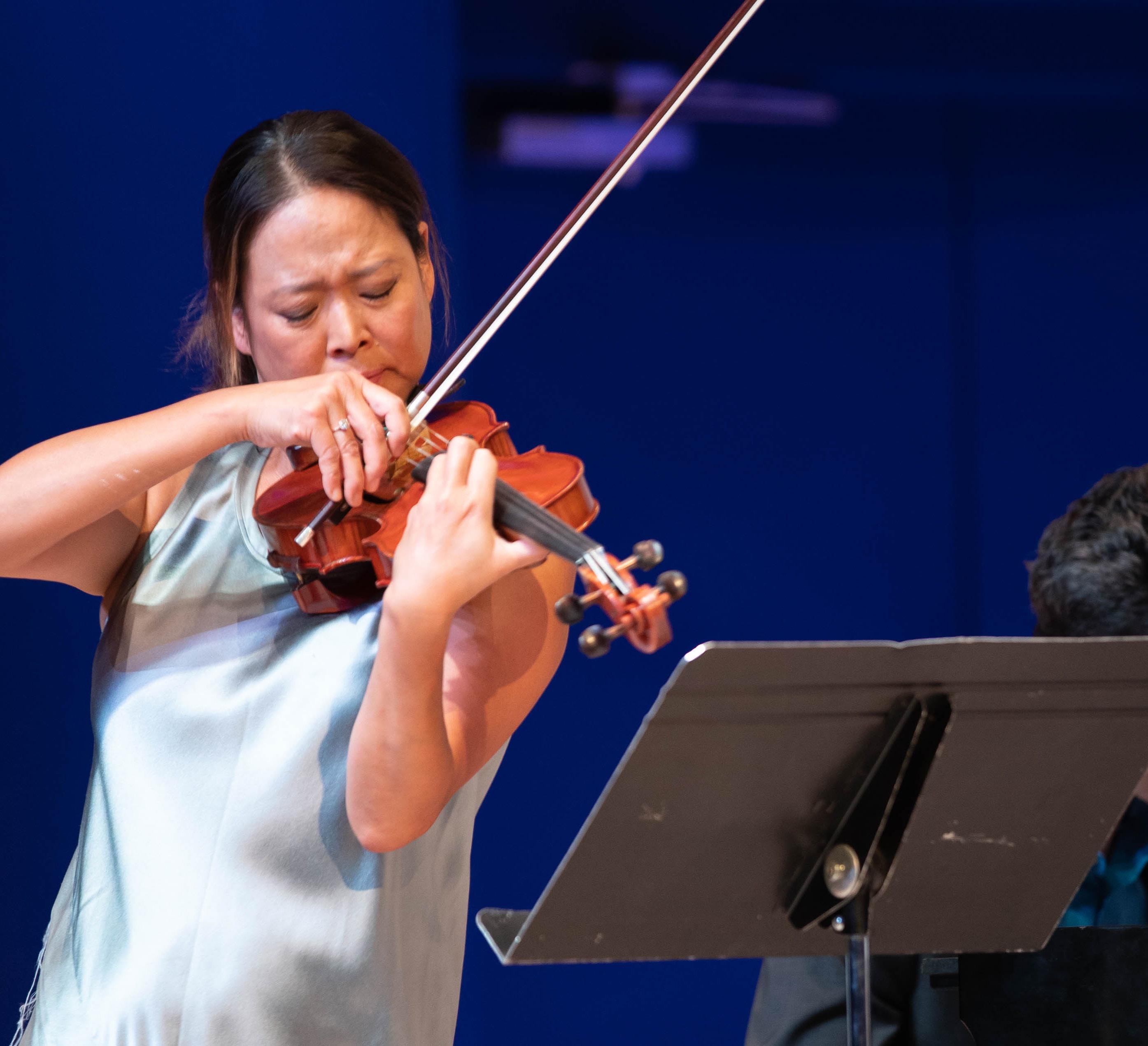
www.bozemanarts-live.com

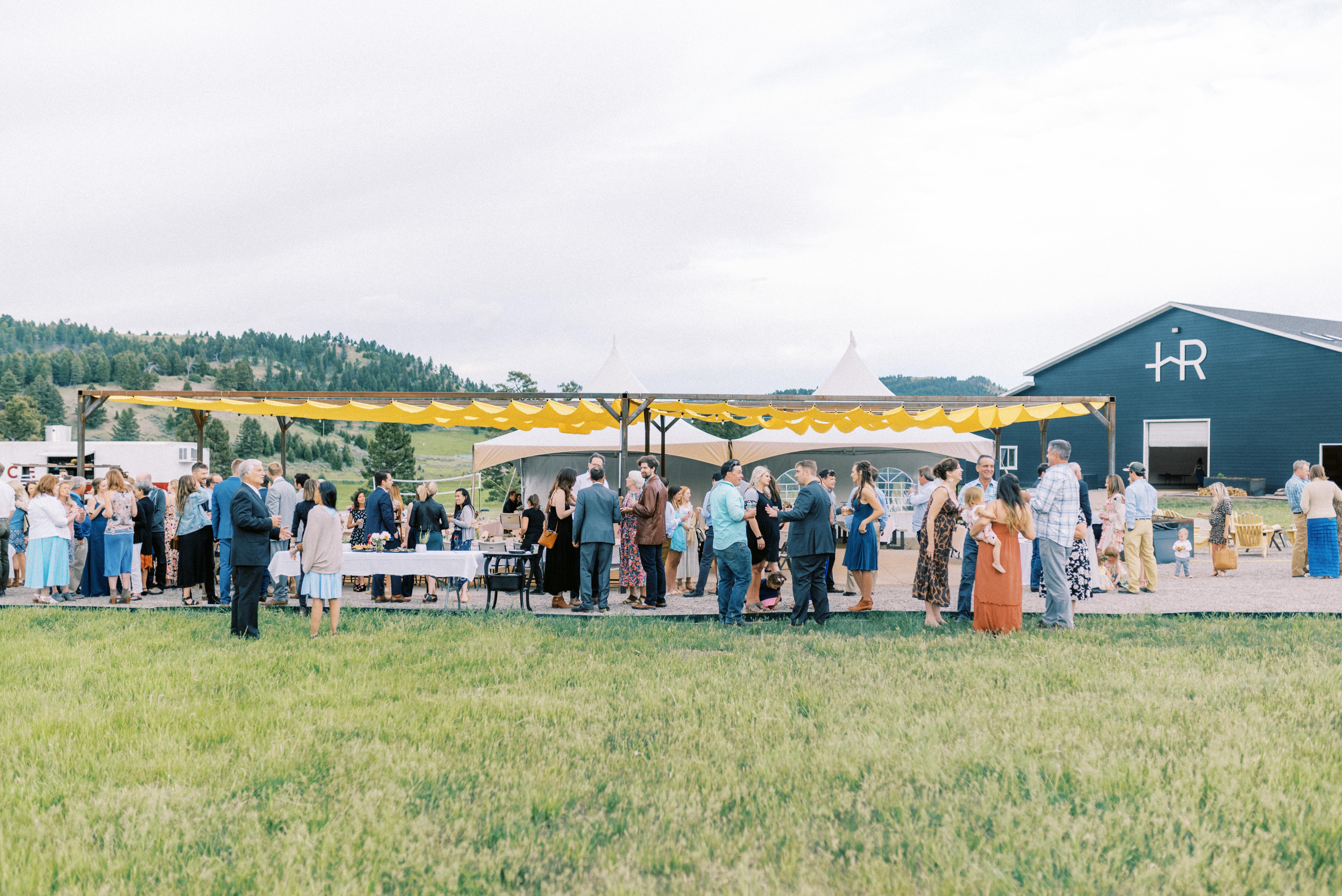
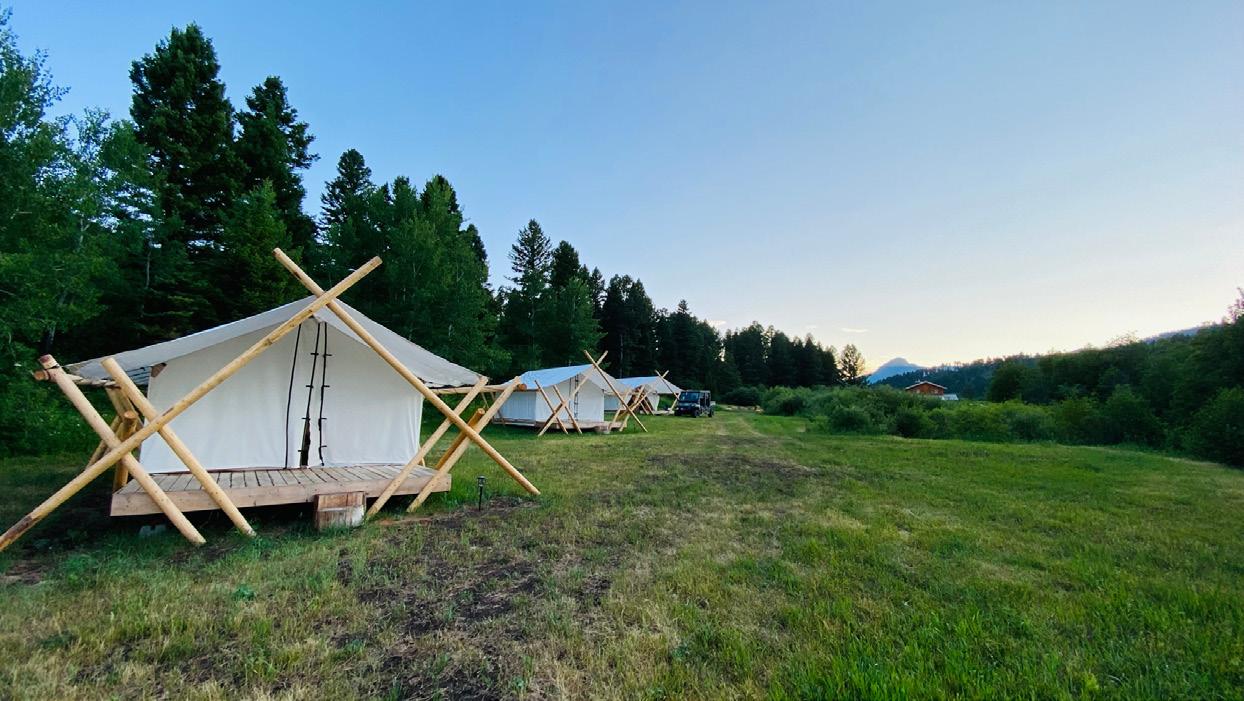

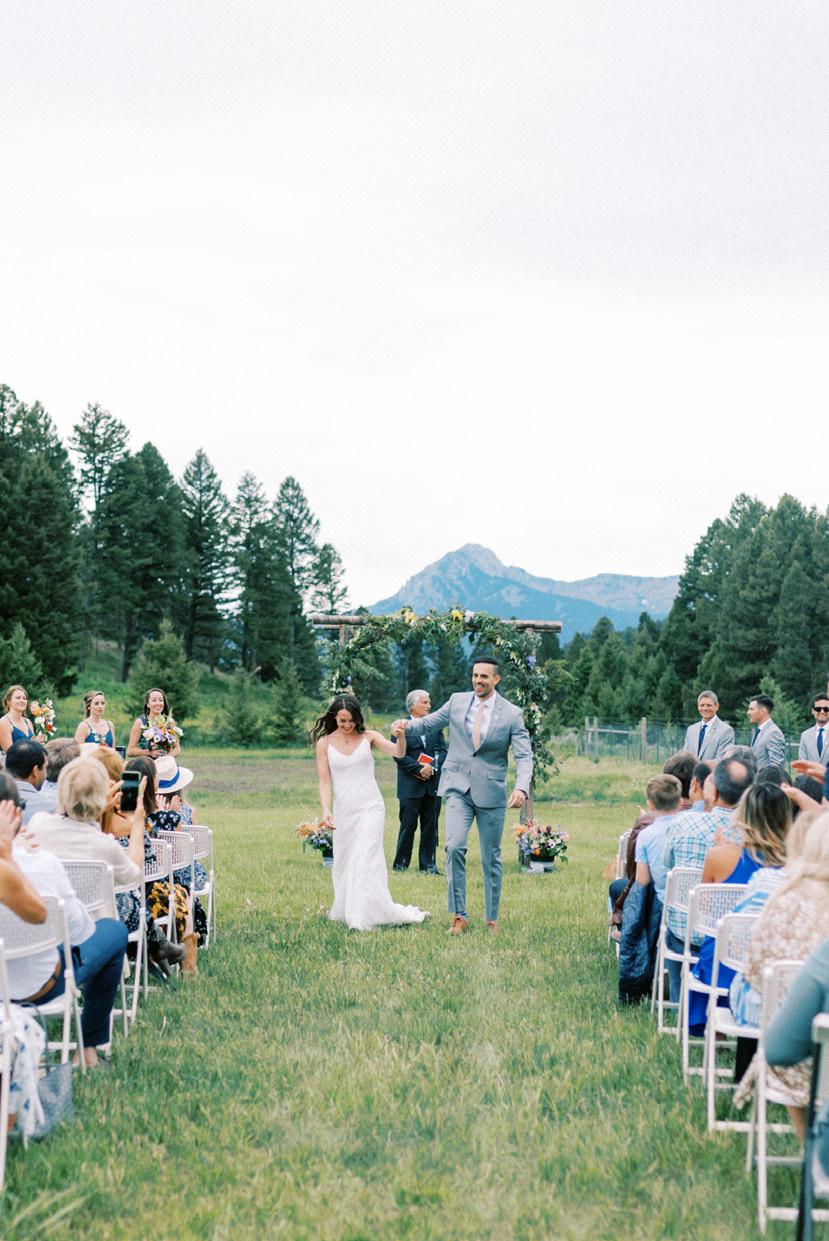
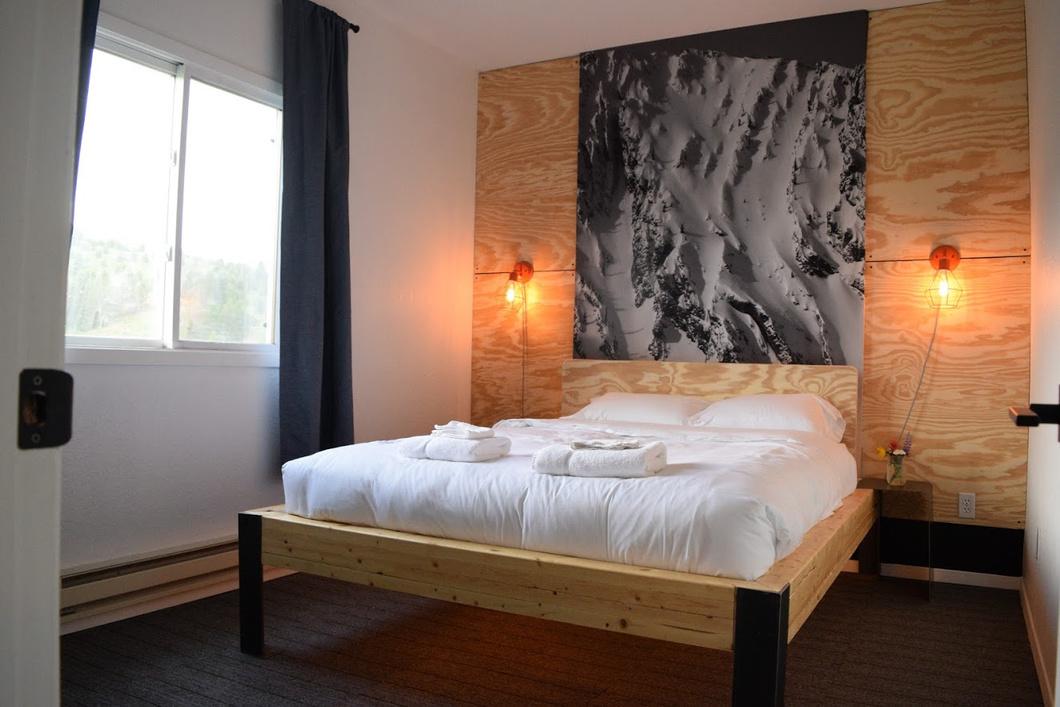
DECEMBER 11 th 2021
Saturday - 7:30PM

DECEMBER 12 th 2021
Sunday - 2:30PM
NORMAN HUYNH conductor
JENI FLEMING vocalist
First Security Bank, Sheehy Family Foundation, and Renee & Stuart Westlake SPONSORED BY

Leroy Anderson
Traditional
Arr. Dragon
Traditional
Arr. Tyzik
Traditional
Arr. Stern
Pyotr Ilyich Tchaikovsky
A Christmas Festival
O Tannenbaum
The Christmas Song
Jeni Fleming
Selections from The Nutcracker
In the Pine Forest Waltz of the Snowflakes Bozeman Symphonic Choir
INTERMISSION
John Williams
Selections from Three Holiday Songs from Home Alone
Somewhere In My Memory
Merry Christmas, Merry Christmas
Walter Kent
Arr. Stern
Jule Styne
Arr. Stern
Traditional
Arr. Dragon
Wolfgang Amadeus Mozart
Sergei Prokofiev
Leroy Anderson
John Finnegan
I’ll Be Home for Christmas
Jeni Fleming
Let it Snow
Jeni Fleming
Twelve Days of Christmas
Bozeman Symphonic Choir
Die Schlittenfahrt from Three German Dances, K. 605
Troika from Lieutenant Kijé , Op. 60
Sleigh Ride
Christmas Sing-a-Long
PERFORMED AT
Willson Auditorium
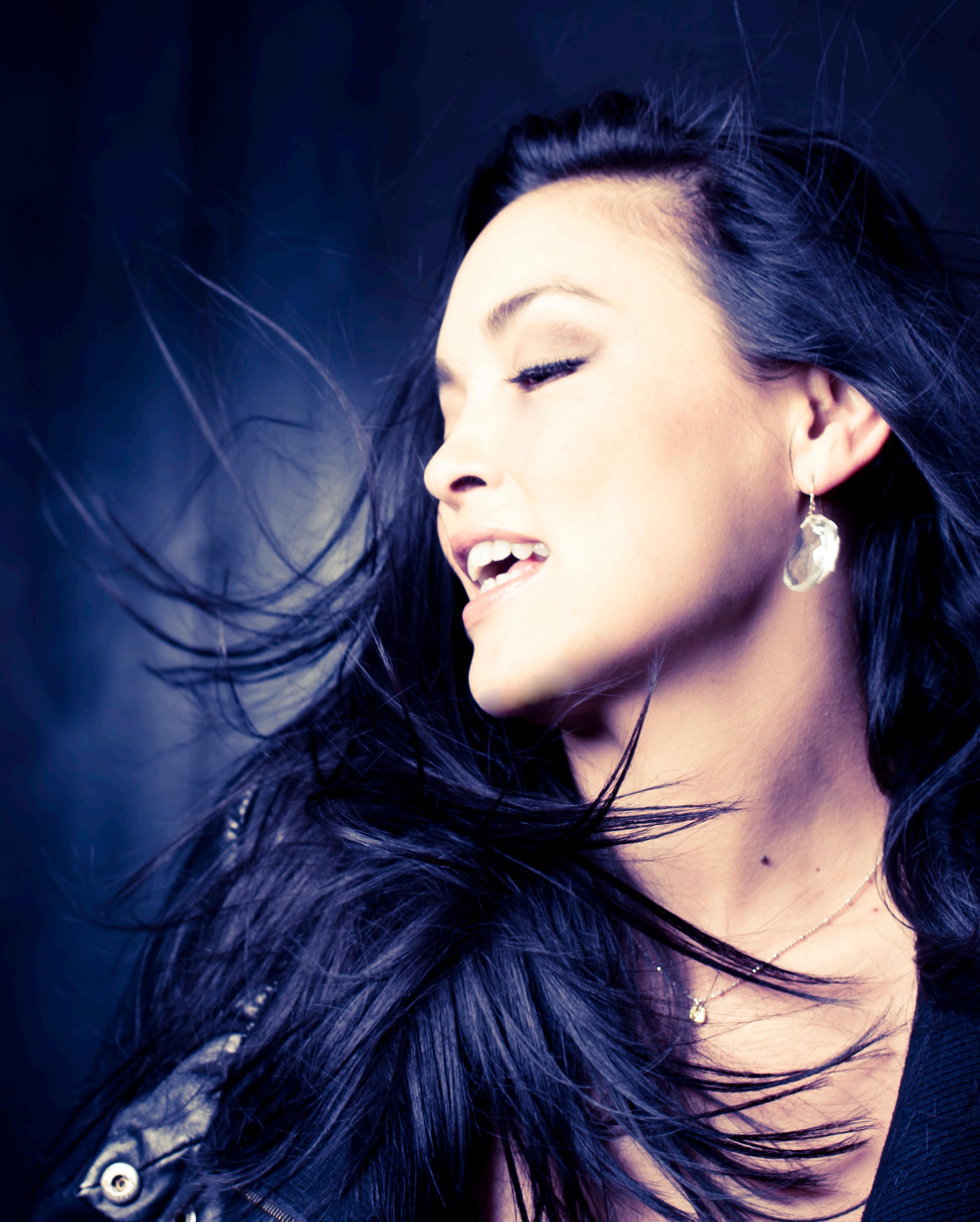
FEATURED ARTIST
VOCALIST
Fast becoming one of the west's most sought-after musicians, Jeni Fleming brings a breathtaking originality to some of the best music of the American songbook. From classic jazz standards from composers such as Gershwin, Cole Porter and Jobim, to re-arranged pop hits by Cyndi Lauper, The Grateful Dead, or The Beatles, Jeni defies easy classification simply saying in defense “a good song is a good song.” Her signature ballads drip with so much emotion that an audience member suggested adding Kleenex boxes on each chair in her Tech Rider. The Big Sky Journal commented “an evening of this and you’re both whipped and exhilarated, you’ve wiped your eyes, yet your cheeks hurt from all the grinning.” With every performance, the songs and stories of Jeni Fleming are winning the hearts of audiences from coast to coast.
The second of four daughters to a Lutheran pastor and an English teacher, Jeni's love of music was nurtured at a very young age. “The first songs I knew were hymns,” and since their mother was the director of the church children’s choir she and her three sisters all sang in that choir, as she puts it, “...whether or not we wanted to. Some families bond through athletics, some through academics, ours was centered around music.” Private piano lessons began at age 6, by 13 she had won The Young Artist Award and made her classical piano debut with The Billing Symphony, the first of a string of successes in the competitive classical piano world. College offered her a chance to pursue another love, visual arts but after four years as an architecture major, music found her again and she graduated from Montana State University in music.
“Having studied classical piano for most of my life, it is the thing I know something about, but singing is the thing I feel something about.” With the 1997 release of "It Is Well" Jeni was featured on a nationally-televised program by the Odyssey Channel. Following the success of her subsequent three recordings, The Jeni Fleming Trio was featured as the pilot episode of "11th and Grant with Eric Funk," which aired on Montana PBS in September 2005, winning an Emmy.
Jeni has performed as a vocalist at many major music festivals including UNC Greeley Jazz Festival, (winning two Outstanding Soloist Awards), Yellowstone Jazz Festival, Powell Jazz Festival, Juan de Fuca Festival,
Jazz Montana (three years in a row opening for Hilton Ruiz, Dave Valentine, Nicholas Payton, Tim Warfield, Cyrus Chestnut, Gary Bartz and Stefon Harris), Big Timber Jazz Society Concert Series, Phillipsburg Jazz Festival, Jazz at the Depot (Billings, MT opening for Hank Jones), Minot Jazz Festival, Jazz In the Canyon (Twin Bridges, ID, and Jazz Fest International (Victoria, BC), opening for famed pianist Dave Brubeck. Jeni has toured the country and beyond in many different ensembles, she has been a guest soloist with various Big Bands, house rhythm sections, and in promotion of her album "We'll Be Together Again" with symphony orchestras across the country.
Jeni maintains a full-time private studio of piano and voice students. She Co-founded Hand Me Down Some Silver, Inc. (HMDSS), a 501(c)3 organization offering need-based scholarships to young musicians for music lessons, instruments, and creating professional recording and performance opportunities. (www.HandMeDownSomeSilver.org). Her performance of the single “Three Cups of Tea” (Jake Fleming), commissioned by Nobel Peace Prize nominee and author Greg Mortenson of the National Best Selling book of the same title, continues to garner rave reviews. Proceeds from the single go towards the efforts of The Central Asia Institute.
Jeni has eight albums in her discography, but has sung on countless other projects. Her first album "It Is Well" was released in 1997 with [former husband] Jake Fleming. In 2002, the duo added friend and bassist Chad Langford and together The Jeni Fleming Acoustic Trio released five albums. Jeni's album “We’ll Be Together Again,” features 14 tracks of lushly-arranged standards and original pieces, and the work of The String Orchestra of the Rockies, Montana’s premiere string ensemble. The winter and holiday-themed album "December" was intended to be a project with Jeni's beloved mentor and champion, Ralph Sappington (trumpet). Unfortunately, Ralph passed away just weeks before heading into the studio, that album is dedicated to him. The 2010 release "Come To Life" reflects the sometimes rough and painful parts of a relationship, and perhaps was a foreshadowing of the separation from musical partner and husband Jake. The music is raw and honest and marks an obvious turning point in Jeni's musical path.
"Jeni Fleming is a rare elegance…revealing a great sensitivity and beautiful musicality."
- Jazz Hot Magazine, Paris
In addition to his obvious talent and musical sensibilities, Norman Huynh’s ethusiasm for the tasks ahead is infectious. He is eager to engage the community with new programs that will help build the Bozeman Symphony's reputation and attract an audience diverse in its tastes.
To that end, the orchestra has expanded its concert season with the addition of two concerts of what are being billed as the Bozeman Symphony Presents. This season’s offerings are featuring programs of “familiar, family friendly” music.
“They are highly entertaining,” Huynh says. “Popular music that allows an outreach to a wider audience.”
The first program, Holiday Spectacular will feature guest artist Jeni Fleming, a singer of great renown to Montanans (and beyond). The concert will feature yuletide favorites, along with symphonic interpretations of LeRoy Anderson’s “Sleigh Ride.”
“We want to create a new Bozeman tradition,” Huynh says, “by piggy-backing on the Christmas stroll. The hall will be festive with lights and holiday décor.”
The second offering of Bozeman Symphony Presents will be an entire concert of music by John Williams, honoring the film composer who will be 90 this year. The orchestra will perform themes from timeless classics such as E.T., Jurassic Park, Star Wars , and more. The all-ages concert will celebrate one of the world’s most beloved composers.
In addition to wanting to venture into indie pop, jazz, and other genres, Huynh is embracing contemporary music in the concert tradition.
The Bozeman Symphony is in good hands with our new Musical Director and we can all look forward to a future bright with fresh ideas and great music.
"They are highly entertaining,” Huynh says. “Popular music that allows an outreach to a wider audience."
- Norman Huynh
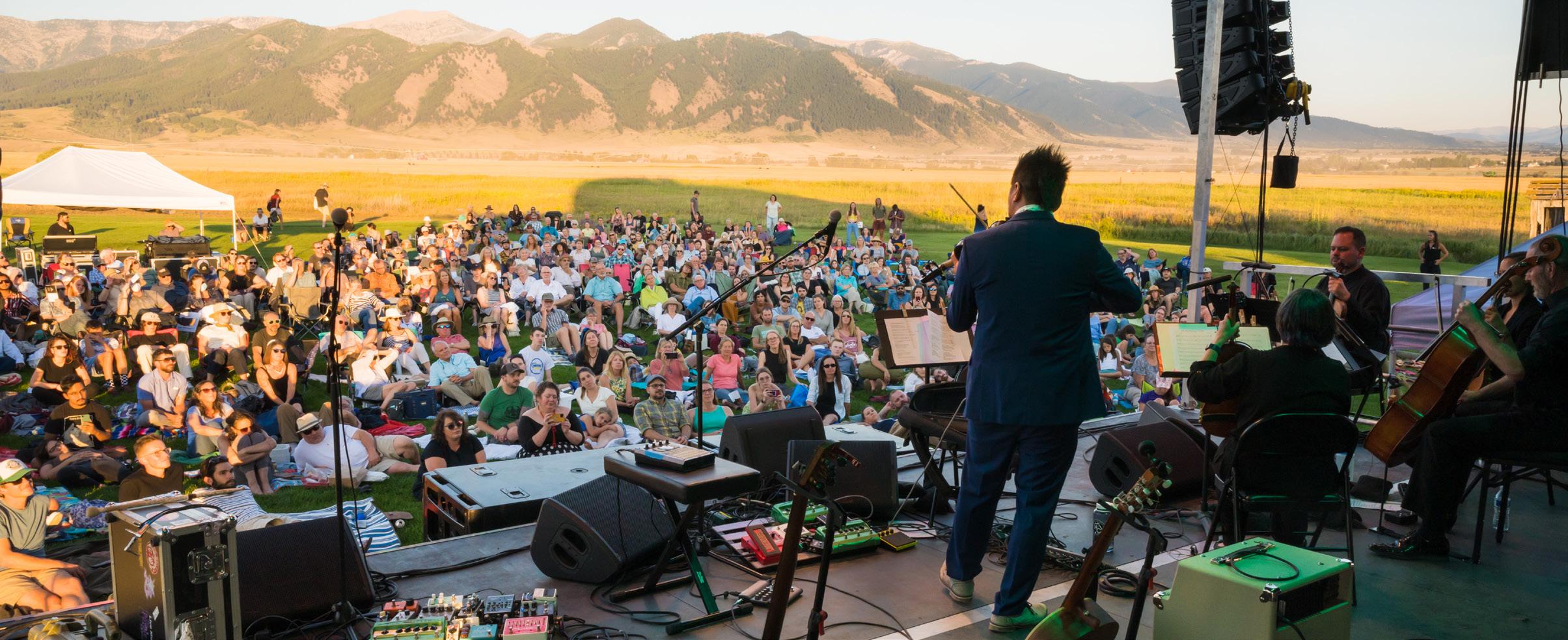

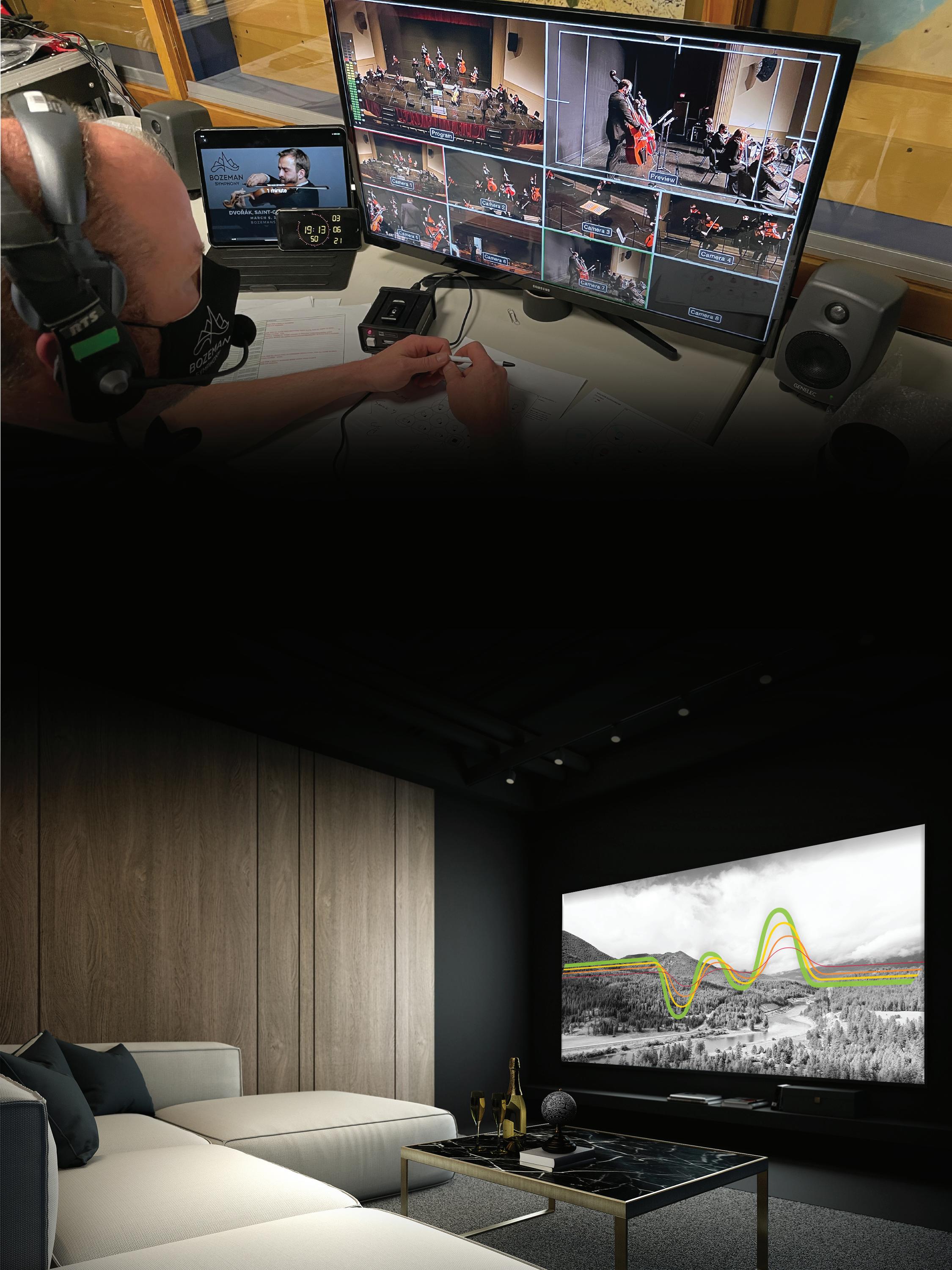
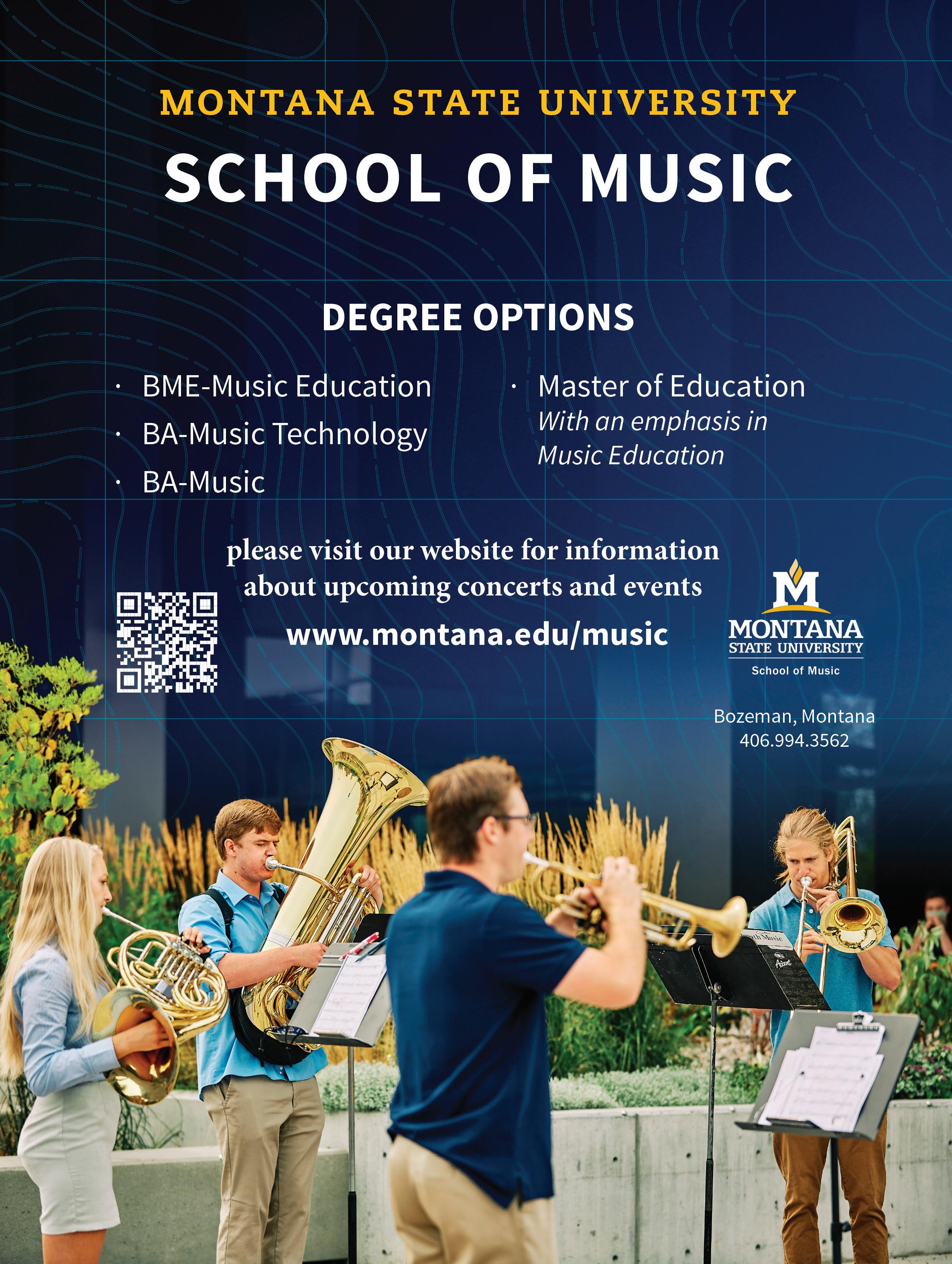

At Bozeman Health, we know your life is busy and staying well is important to you. And because women often care for others before themselves, we've committed special time and attention to anticipating and meeting your ever-changing needs—from adolescence to menopause and beyond. We’re here to answer your questions along the way. Visit BozemanHealth.org/womens-specialists or call 414-5150 to find your provider, today.
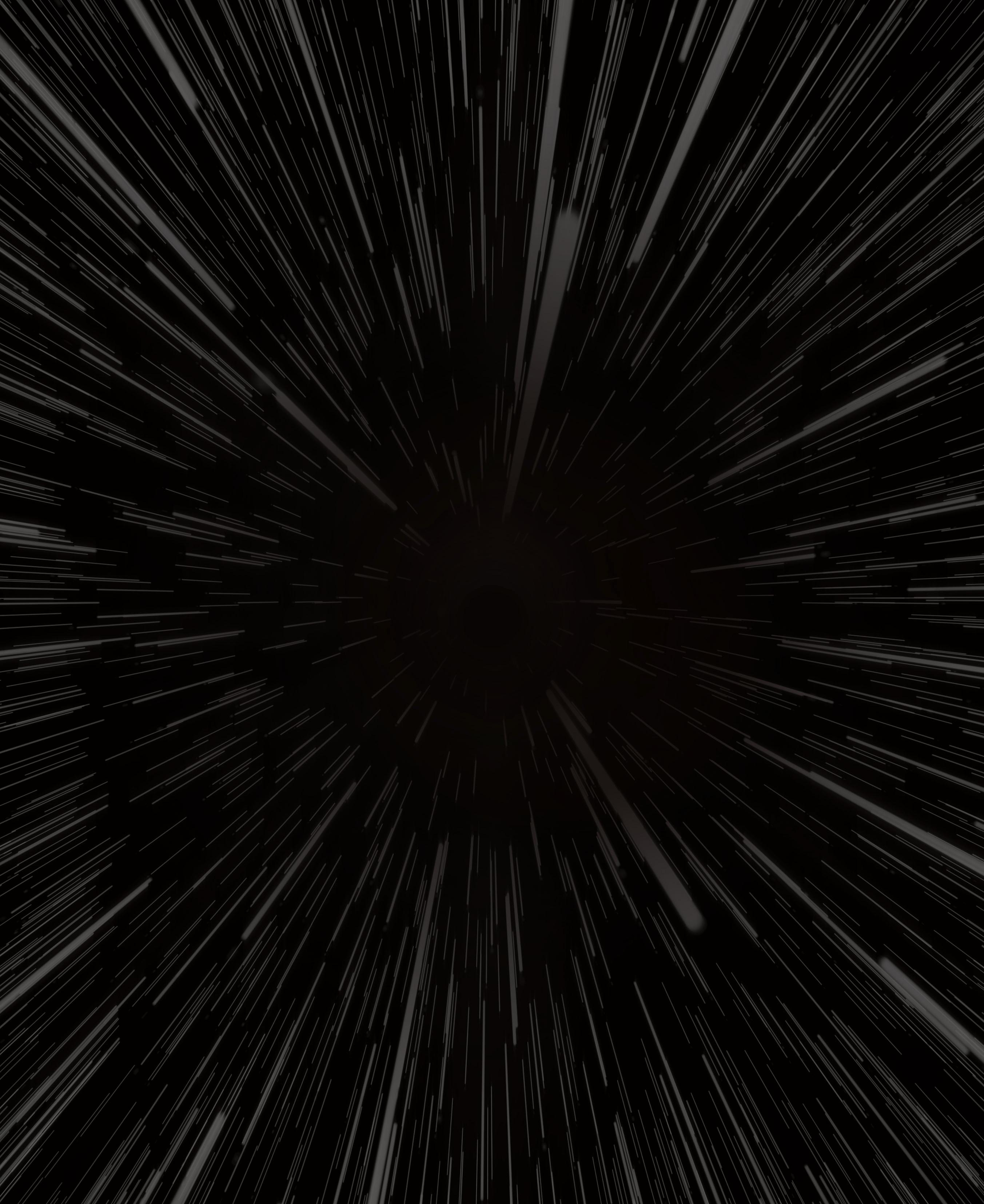
JANUARY 29 th 2022
Saturday - 7:30PM
Bozeman Symphony Presents David & Kippy Sands SPONSORED
JANUARY 30 th 2022
Sunday - 2:30PM
NORMAN HUYNH conductor

Raiders March from Indiana Jones and the Raiders of the Lost Ark
The Flight to Neverland from Hook
Air and Simple Gifts
With Malice Towards None, from Lincoln
Sarah Stoneback, trumpet
Viktor’s Tale from The Terminal
Wendy Bickford, clarinet
Adventures on Earth, from E.T. Extra Terrestrial
Olympic Fanfare and Theme
Nimbus 2000 From Harry Potter and the Sorcerer’s Stone
Theme from Jurassic Park
Theme from Schindler’s List
Cade Fiddaman, violin
Luke and Leia, from Star Wars: Return of the Jedi
Main Title from Star Wars: A New Hope
PERFORMED AT
Willson Auditorium
In a career that spans five decades, John Williams has become one of America’s most accomplished and successful composers for film and for the concert stage. He has served as music director and laureate conductor of one of the country’s treasured musical institutions, the Boston Pops Orchestra, and he maintains thriving artistic relationships with many of the world’s great orchestras, including the Boston Symphony Orchestra, the New York Philharmonic, the Chicago Symphony and the Los Angeles Philharmonic. Mr. Williams has received a variety of prestigious awards, including the National Medal of Arts, the Kennedy Center Honor, the Olympic Order, and numerous Academy Awards, Grammy Awards, Emmy Awards and Golden Globe Awards. He remains one of our nation’s most distinguished and contributive musical voices.
Mr. Williams has composed the music and served as music director for more than one hundred films. His 40-year artistic partnership with director Steven Spielberg has resulted in many of Hollywood’s most acclaimed and successful films, including Schindler’s List, E.T.: The Extra-Terrestrial, Jaws, Jurassic Park, Close Encounters of the Third Kind , four Indiana Jones films, Saving Private Ryan, Amistad, Munich, Hook, Catch Me If You Can, Minority Report, A.I.: Artificial Intelligence, Empire of the Sun, The Adventures of TinTin and War Horse . Their latest collaboration,
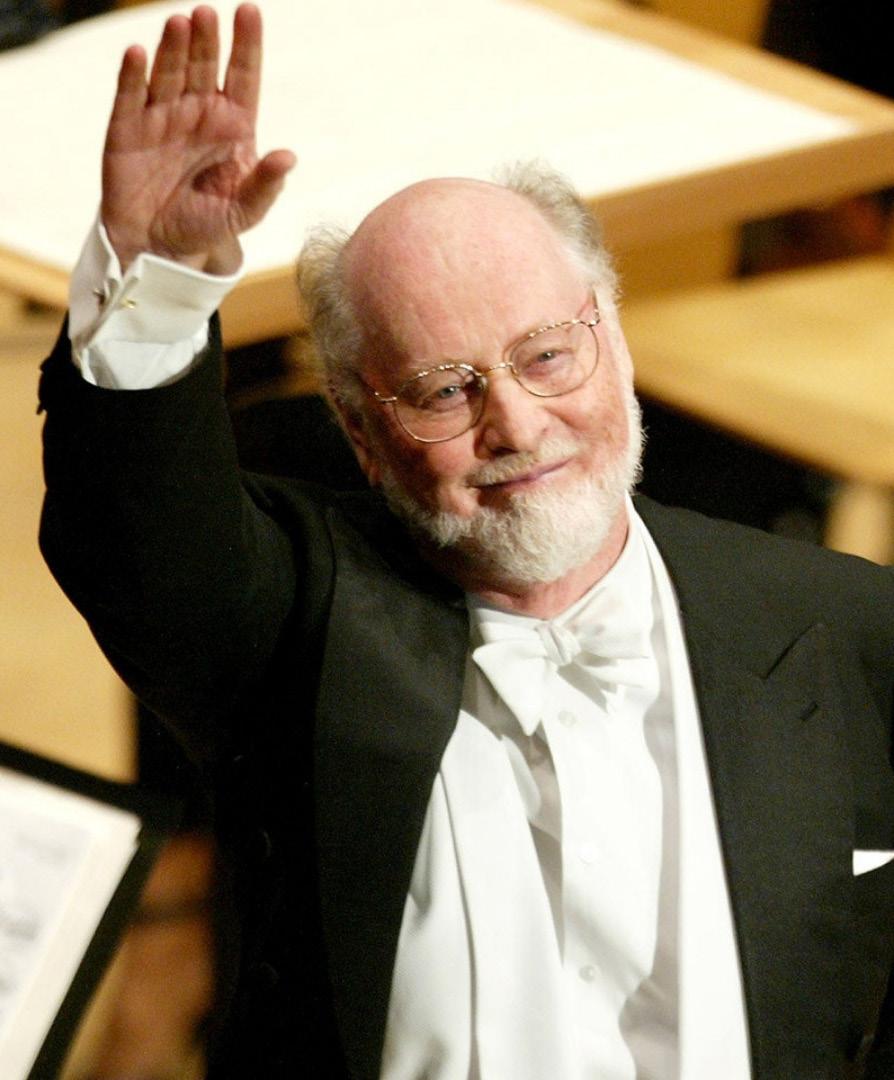
The BFG , was released on July 1, 2016. Mr. Williams has composed the scores for all seven Star Wars films, the first three Harry Potter films, Superman: The Movie, JFK, Born on the Fourth of July, Memoirs of a Geisha, Far and Away, The Accidental Tourist, Home Alone, Nixon, The Patriot, Angela’s Ashes, Seven Years in Tibet, The Witches of Eastwick, Rosewood, Sleepers, Sabrina, Presu med Innocent, The Cowboys and The Reivers , among many others. He has worked with many legendary directors, including Alfred Hitchcock, William Wyler and Robert Altman. In 1971, he adapted the score for the film version of Fiddler on the Roof , for which he composed original violin cadenzas for renowned virtuoso Isaac Stern. He has appeared on recordings as pianist and conductor with Itzhak Perlman, Joshua Bell, Jessye Norman and others.
Mr. Williams has received five Academy Awards and 50 Oscar nominations, making him the Academy’s mostnominated living person and the second-most nominated person in the history of the Oscars. His most recent nomination was for the film Star War: The Force Awakens . He also has received seven British Academy Awards (BAFTA), 22 Grammys, four Golden Globes, five Emmys, and numerous gold and platinum records.
Source: Gorfaine/Schwartz Agency
“So much of what we do is ephemeral and quickly forgotten, even by ourselves, so it’s gratifying to have something you have done linger in people’s memories.”
- John Williams, composer
When Cade Fiddaman was only two years old, he heard Yo-Yo Ma and decided he wanted to become a cellist. As fate would have it, there were no cellos that were of a size he might be able to play.
He opted for the less-size-challenged violin. Starting with the Suzuki method, the Washington-born Fiddaman became interested in the Celtic fiddle and actively pursued that interest along with concert music, the latter of which slowly took precedence.
Fiddaman started playing in the violin section of the Bozeman Symphony Orchestra in 2016, as he studied with the orchestra’s concertmaster, Carrie Krause.
Last year he competed in the Montana Association of Symphony Orchestras 2021 Young Artist Competition. The bi-annual competition, completed online, heard him performing a single movement of a Shostakovich violin concerto. He won the competition in the college division. A Bozeman resident for most of his life, he currently studies violin with Angela Ahn. He has a double-major at Montana State University—music and mechanical engineering.
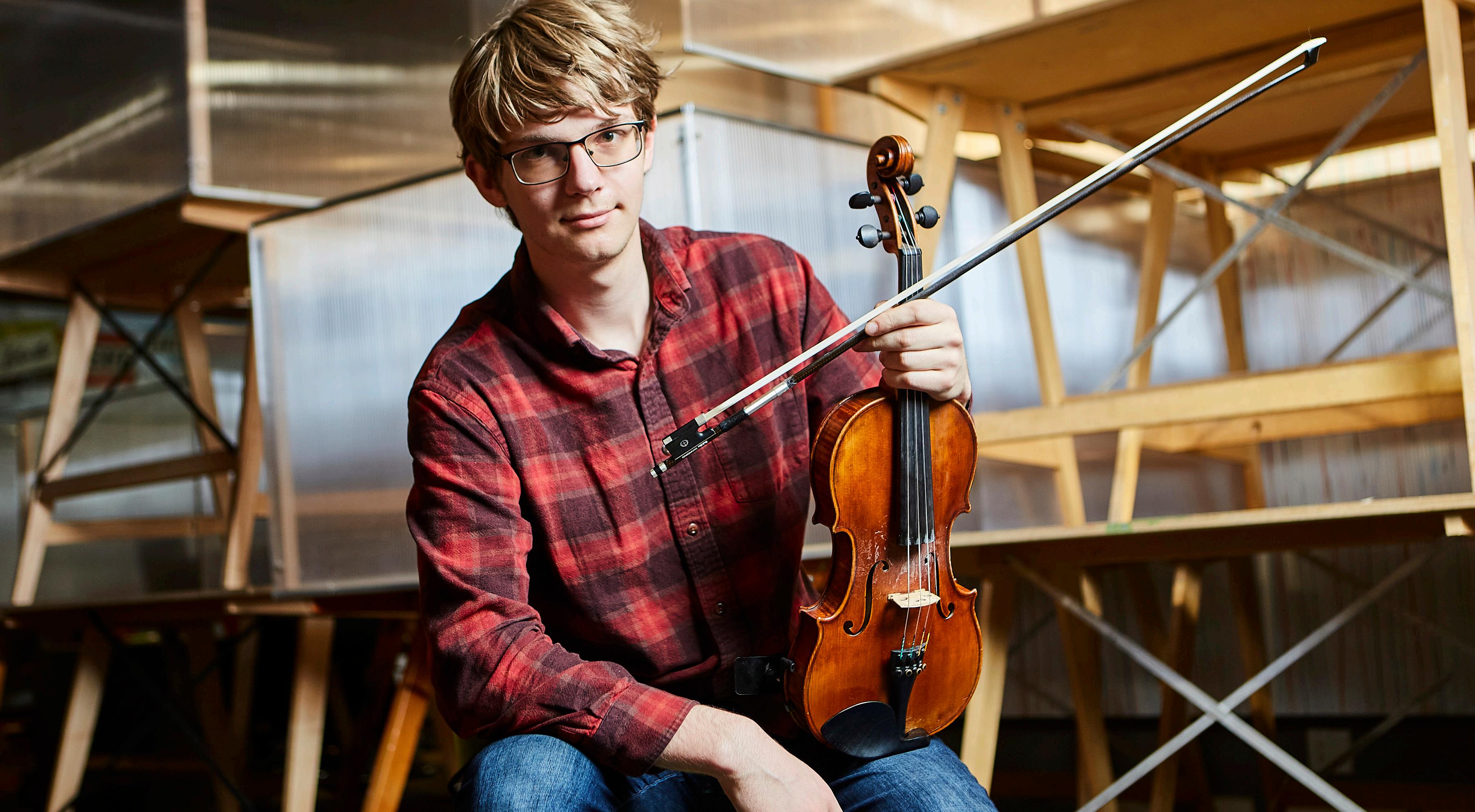
FEBRUARY 12 TH 2022
SATURDAY - 10:30AM & 1:00PM
SPONSORED BY
Montana Cultural Trust
You’ve discovered the ultimate treasure with our annual free family concert.
This fun and engaging performance is the perfect way to introduce your young ones to the Symphony, featuring music from Pirates of the Caribbean, The Little Mermaid, and the greatest hits from the orchestral repertoire. Dress for the occasion in your pirate or mermaid themed costume as we explore the high seas with your Bozeman Symphony Orchestra. Come early to experience pre-concert activities like the instrument petting zoo, arts and crafts, and more family fun activities.
NORMAN HUYNH Willson Auditorium conductor
PERFORMED AT

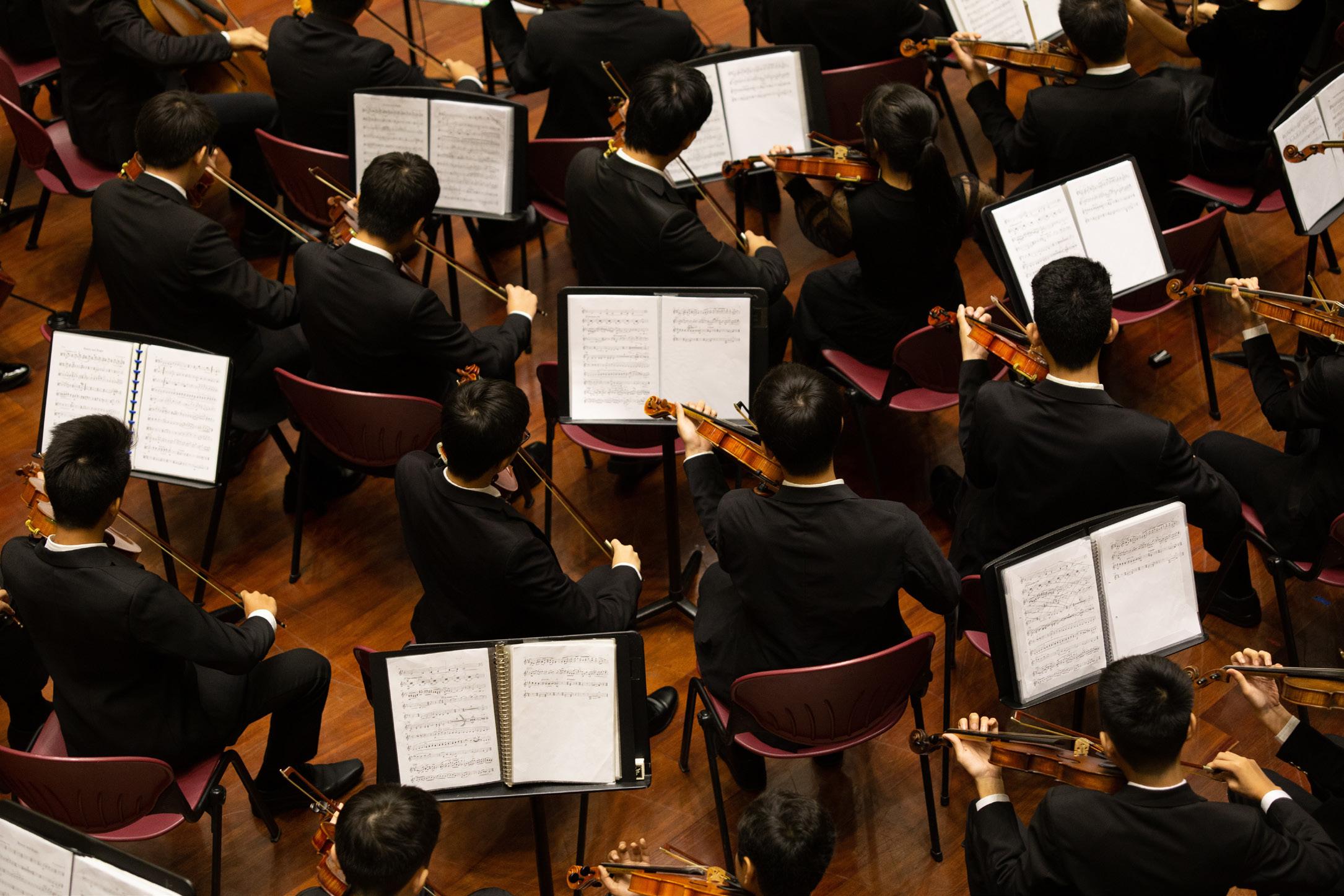

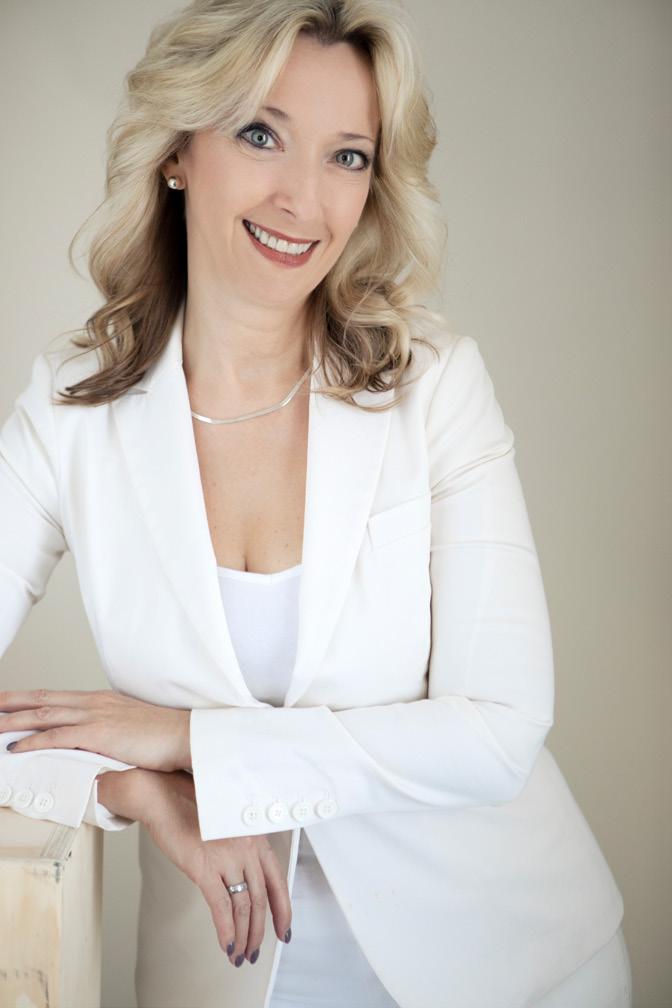





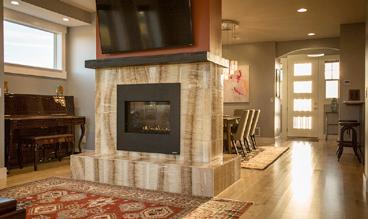
FEBRUARY 26 th 2022
Saturday - 7:30PM
FEBRUARY 27 th 2022
Sunday - 2:30PM
NORMAN HUYNH conductor
KAREN GOMYO violin
SPONSORED BY
Kimberlie & Bruce Jodar
Gabriela Lena Frank
Sergei Prokofiev
Wolfgang Amadeus Mozart
Apu: Tone Poem for Orchestra
Violin Concerto No. 1 in D Major, Op. 19
Andantino
Scherzo: Vivacissimo
Moderato
Karen Gomyo
INTERMISSION Symphony No. 41 in C Major, K. 551, “Jupiter”
Allegro vivace
Andante cantabile
Allegretto
Molto allegro
PERFORMED AT
Willson Auditorium
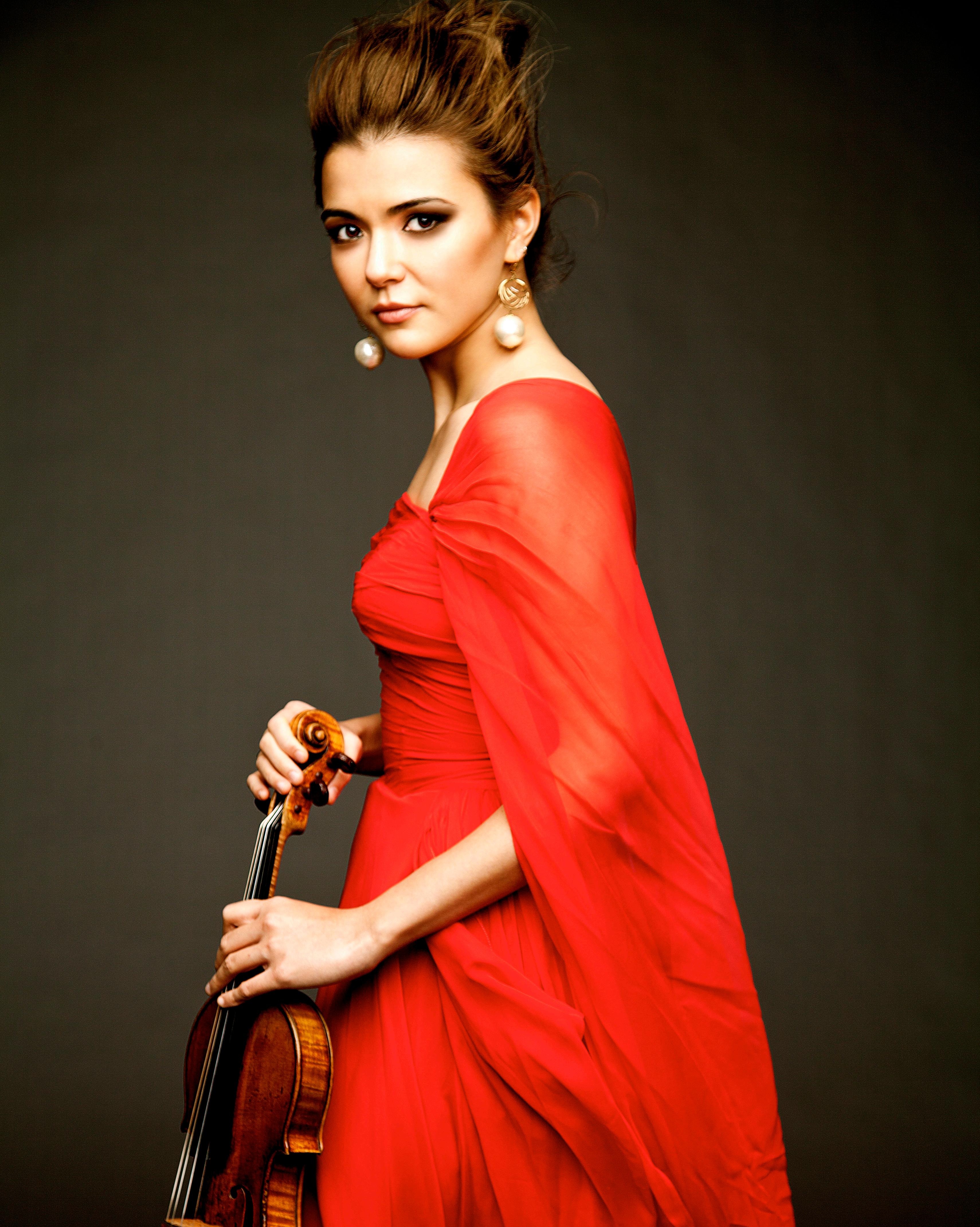
Born in Tokyo and beginning her musical career in Montréal and New York, violinist Karen Gomyo has recently made Berlin her home. A musician of the highest calibre, the Chicago Tribune praised her as "…a first-rate artist of real musical command, vitality, brilliance and intensity".
Karen’s 2019-2020 season features European debuts with Deutsches Symphonie-Orchester Berlin with Cristian Macelaru, Orchestre de la Suisse Romande with Jonathan Nott, Deutsche Radio Philharmonie Saarbrücken Kaiserslautern with Pietari Inkenen, BBC Scottish Symphony Orchestra with Gergely Madaras and Dresdner Philharmoniker with Roderick Cox, as well as returns to Bamberg Symphoniker and Polish National Radio Symphony, among others. Other recent European appearances include Philharmonia Orchestra, City of Birmingham Symphony Orchestra, Orchestre Symphonique de Radio France, WDR Sinfonieorchester Köln, Danish National Symphony, and in March 2019 Karen opened the Dubai Proms with the BBC Symphony and Ben Gernon. Further ahead Karen makes her debut at the Czech Philharmonic Orchestra with Semyon Bychkov.
Already well established in North America Karen has performed with the New York Philharmonic, Chicago Symphony, Cleveland Orchestra, Philadelphia Orchestra, Los Angeles Philharmonic, Minnesota Orchestras, and the symphony orchestras of Detroit, San Francisco, Dallas, Cincinnati, Toronto, Montréal, Vancouver, St. Louis, and Washington D.C.
Further afield her popularity in Australasia continued over the last few seasons as she toured with New Zealand Symphony and also appeared with West Australian Symphony Orchestra in Perth, Tasmanian Symphony and in recital at the Sydney Opera House. This season sees Karen return to the Melbourne and Sydney symphony orchestras. In Asia she makes her debuts with the Singapore Symphony and Tokyo Metropolitan Symphony Orchestra.
Strongly committed to contemporary works, Karen gave the North American premiere of Matthias Pintscher’s Concerto No. 2 Mar'eh in 2015 with the National Symphony Orchestra in Washington under the baton
of the composer. In May 2018 she performed the world premiere of Samuel Adams’ new Chamber Concerto with the Chicago Symphony Orchestra and Esa-Pekka Salonen to great critical acclaim. The work was written specifically for Karen and commissioned by the CSO’s ‘Music Now’ series for their 20th anniversary.
Karen has had the pleasure of working with such conductors as, Sir Andrew Davis, Cristian Macaleru, David Robertson, David Zinman, Esa-Pekka Salonen, Hannu Lintu, Jaap van Zweden, Jakub Hrusa, James Gaffigan, Karina Canellakis, Leonard Slatkin, Louis Langrée, Mark Wigglesworth, Mirga Gražinyte-Tyla, Neeme Järvi, Pinchas Zukerman, Thomas Dausgaard, Thomas Søndergård, Vasily Petrenko and Yannick Nézet-Séguin.
A passionate chamber musician, Karen has enjoyed a fruitful collaboration with guitarist Ismo Eskelinen which culminates in the release of a recording of works by Paganini and his baroque predecessors scheduled for November 2019 on BIS Records. Karen has also collaborated with Kathryn Stott, Leif Ove Andsnes, James Ehnes, Antoine Tamestit, Emmanuel Pahud, Lawrence Power, Christian Poltéra, Alisa Weilerstein, Tine Thing Helseth, Lars Anders Tomter, Eric le Sage, Daishin Kashimoto, Paul Meyer, and the late Heinrich Schiff. She gave a three-week tour of Australia with Mezzo-soprano Susan Graham and members of the Australian Chamber Orchestra and has also joined Jeremy Denk at his Milton Court/Barbican residency in London. She also appears regularly at the Louisiana Museum of Modern Art in Denmark. Future chamber plans include a new piano trio with pianist Olli Mustonen and cellist Julian Steckel.
Karen participated as violinist, host, and narrator in a documentary film produced by NHK Japan about Antonio Stradivarius called The Mysteries of the Supreme Violin , which was broadcast worldwide on NHK WORLD.
She is also a champion of the Nuevo Tango music of Astor Piazzolla, with plans in development for a diverse programme with the San Francisco Symphony. Karen regularly collaborates with Piazzolla’s longtime pianist and tango legend Pablo Ziegler, as well as, more recently, with bandoneon players Hector de Curto and JP Jofre.
"…a first-rate artist of real musical command, vitality, brilliance and intensity.”
- Chicago Tribune
Classically trained musicians frequently develop close relationships with their musical instruments. When Violinist Karen Gomyo first was introduced to her Stradivarius violin, it wasn’t exactly love at first sight— but it was close.
“I’m incredibly attached to it,” she told San Francisco Classical Voice in 2012.
Gomyo performs on a Stradivarius violin named the “Aurora, exFoulis,” which was built in 1703. When she first began playing it, it hadn’t been played much for decades.
Gomyo, who served as violinist, host, and narrator for a documentary about Antonio Stradivarius, The Mysteries of the Supreme Violin, performs on a Stradivarius violin that was bought for her exclusive use by a private sponsor.
“I would describe my violin as having a very pure tone. That doesn’t mean quiet; it certainly carries very well in a hall. But it’s a silvery tone. It has a lot of warmth,” she said.
“It comes with a strong personality, and you can’t impose yourself on it.”
Unlike many Stradivari, the instrument never was owned previously by a renowned violinist. Throughout the 20th century, it only had three owners—rare for an instrument of this caliber.
Gomyo said it took her years to get acquainted with the instrument because an instrument such as a Stradivarius has its own character.
At 15, she became the youngest violinist ever accepted on the management roster of Young Concert Artists. In 2008 at age 26, she was awarded an Avery Fisher Career Grant.
Gomyo has performed with top American orchestras including the New York Philharmonic, Los Angeles Philharmonic, San Francisco Symphony, Philadelphia Orchestra and Cleveland Orchestra in the United States as well as with the Vienna Chamber Orchestra, Sydney Symphony Orchestra, Danish National Symphony, and Tokyo Symphony Orchestra.


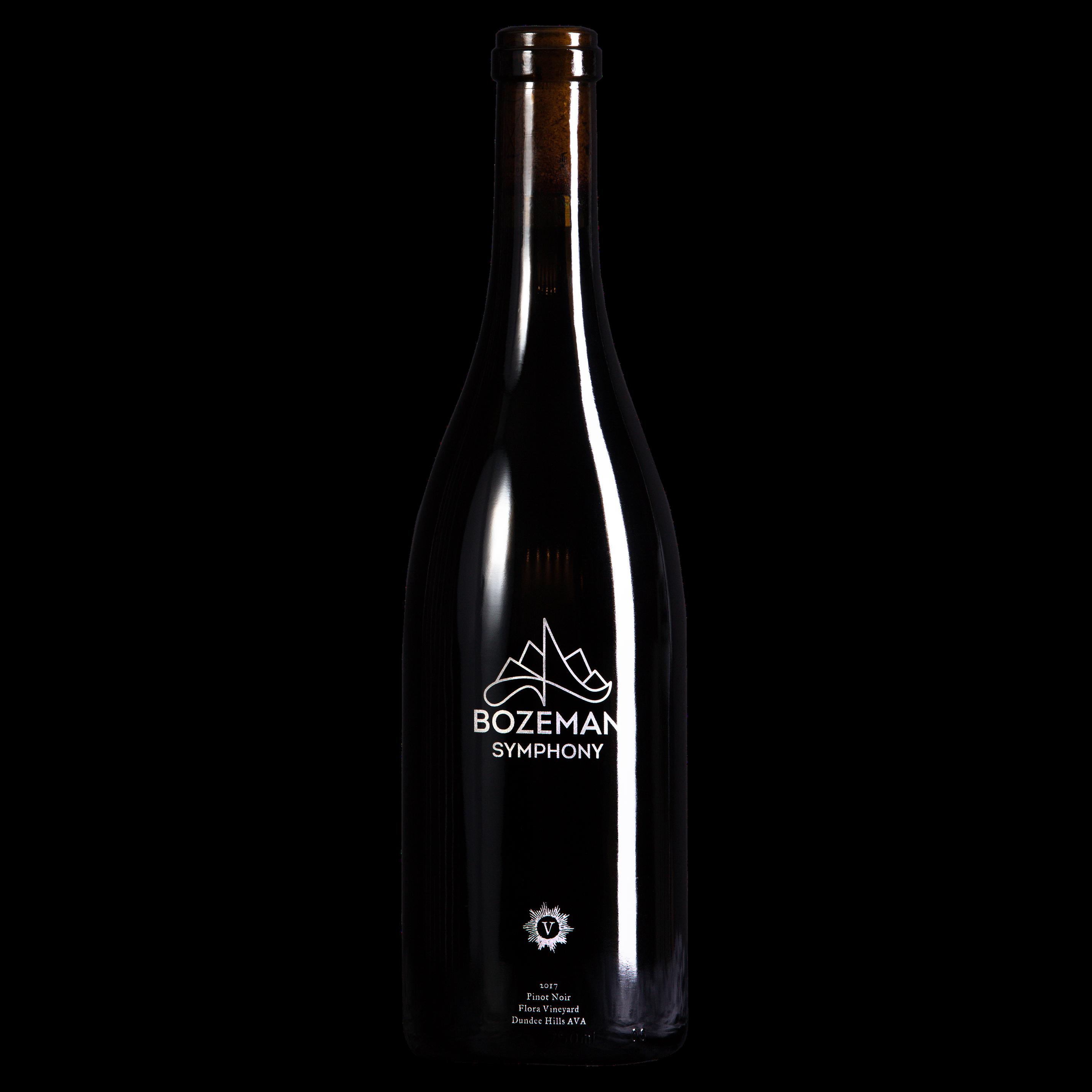
By A. James Liska
b. 1972
Apu: Tone Poem for Orchestra
COMPOSED: 2017
BOZEMAN SYMPHONY PREMIERE
INSTRUMENTATION
2 flutes, piccolo, 2 oboes, English horn, 2 clarinets, bass clarinet, 4 horns, 3 trumpets, 2 trombones, timpani, xylophone, snare drum, suspended cymbal, woodblock, tambourine, triangle, piano, harp, and strings
ESTIMATED DURATION : 18 minutes
“Apu: Tone Poem for Orchestra,” by Gabriela Lena Frank, the multicultural composer of Peruvian-ChineseLithuanian-Jewish descent, portrays a mischievous mountain spirit from Andean Peruvian lore—leaping about the Andean peaks, tumbling over in peals of laughter while sensing the folk tone of which it’s being gifted. A second gift is given to the apu —a prayer, at which the spirit languidly glides down the teeming crescendos and decrescendos to float along a lulling hum. Satisfied, the Apu offers its own gift: “a brief but brilliant and dazzling appearance before disappearing once again into the mountain peaks.”
As the composer noted: In Andean Perú, spirits are said to inhabit rocks, rivers, and mountain peaks with the intent of keeping a watchful eye on travelers passing through highland roads. The apu is one of the more well-known spirits that is sometimes portrayed as a minor deity with a mischievous side who is rarely seen. Simple folk song and a solemn prayer often successfully placate the apu to ensure safe passage through the mountains.
“Apu: Tone Poem for Orchestra,” begins with a short folkloric song inspired by the agile "pinkillo" flute, a small slender instrument that packs well into the small bags of travelers who must travel light. It is followed by the extended "haillí" of the second movement, a prayer to the apu, which flows attacca to the third movement in which the apu makes its brief but brilliant and dazzling appearance before disappearing once again into the mountain peaks.
1891–1953
Violin Concerto No. 1 in D major, Op. 19
COMPOSED: 1916–1917
BOZEMAN SYMPHONY PREMIERE
INSTRUMENTATION
2 flutes (1 doubling piccolo), 2 oboes, 2 clarinets, 2 bassoons, 4 horns, 2 trumpets, tuba, timpani, snare drum, tambourine, harp, and strings
ESTIMATED DURATION : 22 minutes
Sergei Prokofiev (1891-1953) spent his early years as a composer and pianist in defiance of the prevailing critical and academic establishments with such abrasive scores as his first two Piano Concertos and the cantata Seven They are Seven. But the composer with which he was ultimately most comfortable was revealed early in the lyricism exhibited in first movement of the Violin Concerto No. 1 in D major, Op. 19.
He wrote the piece in 1917, the most turbulent year in Russian history: the year of the February Revolution, when liberals and moderate socialists toppled the czarists from power, and of the nominally "bloodless" October Revolution, when Lenin, Trotsky, and their Bolshevik cohorts to declare Russia the world's first socialist state.
What Prokofiev made of all this political turmoil is difficult to determine, as he was closer in beliefs to the czarists than the socialists. We do know that he spent the era in the Cuacasus, where he composed feverishly. His output included the Classical Symphony, the Third and Fourth Piano Sonatas, the Visions fugitives for solo piano, and the present Violin Concerto No. 1.
The first performance of the Concerto was scheduled for a debut in November of 1917, but circumstances delayed until 1923, when it was played in Paris by Marcel Darrieux, with Serge Koussevitzky conducting. Prokofiev was then living in the French capital, having left Russia shortly after completing the Concerto for what he termed "a brief concert tour" of the West—a tour that would last fifteen years.
The Concerto made impression that straddled the two worlds of the conservative and the progressive. But the piece became a hit in a matter of months—the consequence of the orchestra-less Russian premiere,
played by violinist Nathan Milstein and pianist Vladimir Horowitz, and the subsequent performance of the full version by Szigeti and an orchestra conducted by Fritz Reiner at the 1924 Prague Contemporary Music Festival.
The two worlds referred to above are those of 19th-century Romanticism, amply displayed in the luscious first and third movements, and the second movement's 20th-century world of modernism, of which Prokofiev and Stravinsky were co-inventors. As the creator of acknowledged masterpieces across numerous music genres, he is regarded as one of the major composers of the 20th century.
1756–1791
Symphony No. 41 in C major, K. 551, “Jupiter”
COMPOSED: 1788
BOZEMAN SYMPHONY PREMIERE
INSTRUMENTATION
1 flute, 2 oboes, 2 bassoons, 2 horns, 2 trumpets, timpani, and strings
ESTIMATED DURATION : 31 minutes
Jupiter Symphony, or the Symphony No. 41 in C Major, K 551, is an orchestral work by Austrian composer Wolfgang Amadeus Mozart (1756-1791). Known for its good humor, exuberant energy, and unusually grand scale for a symphony of the Classical period. These qualities likely earned the symphony its nickname “Jupiter”—for the chief god of the ancient Roman pantheon. The Jupiter was completed in 1788 and was Mozart’s last symphony.
Mozart rarely composed on a whim. Generally, he wrote on commission (by order of a paying customer or patron) or for his own concerts. Such transactions were usually cataloged in the composer’s letters and writings, which have survived in large number. However, in the case of his last three symphonies dating from the summer of 1788, the historical record is silent. Music scholars have found no indication of a commission, so perhaps Mozart composed the works in hopes of selling them or presenting them in a concert in Vienna.
It is also possible, however, that Mozart wrote the 1788 symphonies with the intention of presenting them on a London tour. In the event of such a concert tour, it was customary for composers to bring new works. Whatever the circumstances of their composition, the symphonies were not published in Mozart’s lifetime, and there is no clear evidence that they were performed before Mozart died at the age of thirty-five.
The Jupiter Symphony is the largest and most complex of Mozart’s symphonies. Although at moments jovial, as if Jupiter himself were laughing in the celebratory key of C Major, the work generally carries a serious spirit— especially in the first and fourth movements—that hints at the grand Romantic symphonies which were soon to come. The opening movement, in sonata form, is followed by a more subdued second movement, with a lyrical mixture of themes in major and minor keys. The third movement is a stately minuet, and the fourth and final movement, again in sonata form, is bold and brisk, with a strident fugal coda that is a hallmark of the piece.
Mozart’s Jupiter Symphony inspired many composers, especially Haydn, who used it as a model for his own Symphony No. 95 and Symphony No. 98 . Perhaps the most succinct reflection on the work’s importance is found in the critiques of German composer and journalist Robert Schumann, who in 1835 wrote, “About many things in this world there is simply nothing to be said— for example, about Mozart’s C-Major symphony with the fugue, much of Shakespeare, and some of Beethoven.”
For Schumann, at least, the Jupiter Symphony secured for Mozart an eternal position within the realm of the masters.



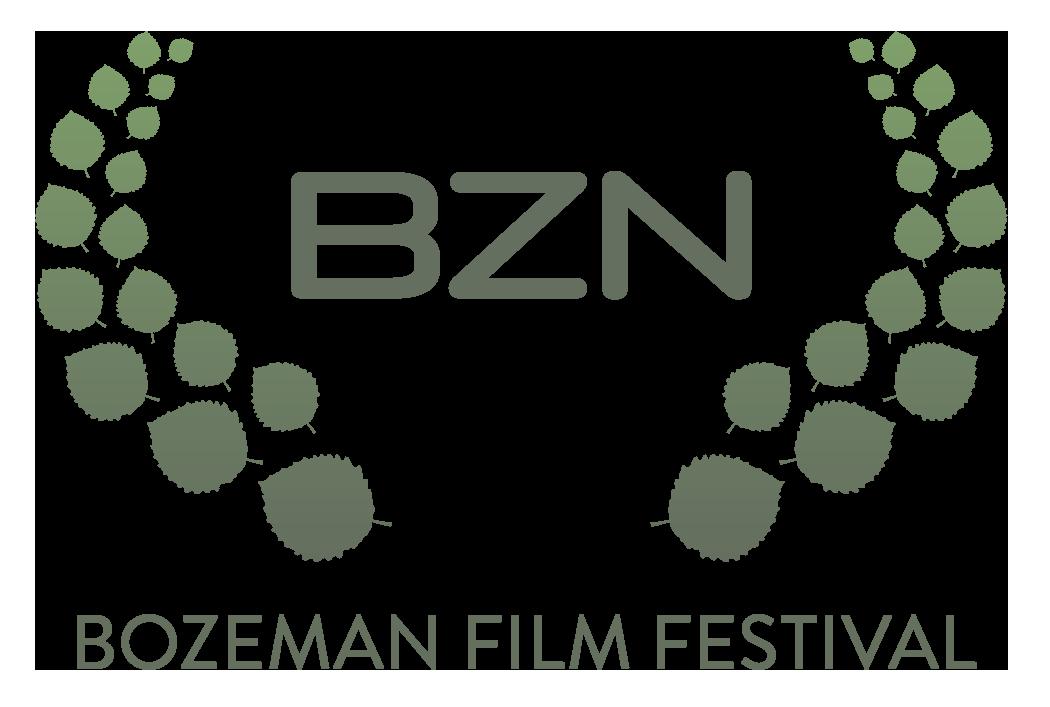

bozemanfilmcelebration.com to learn more
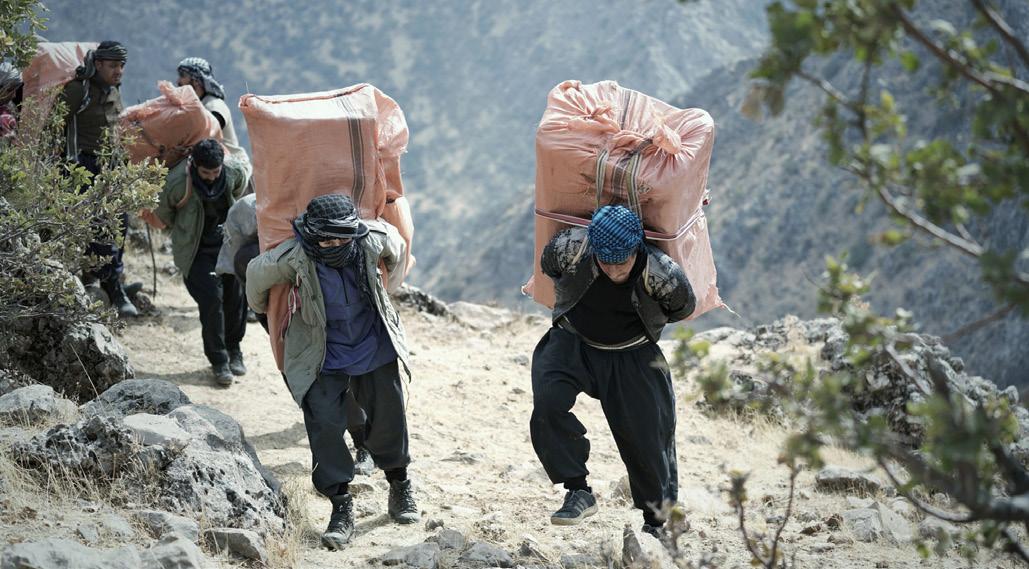

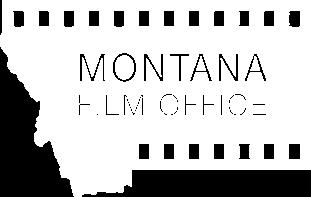
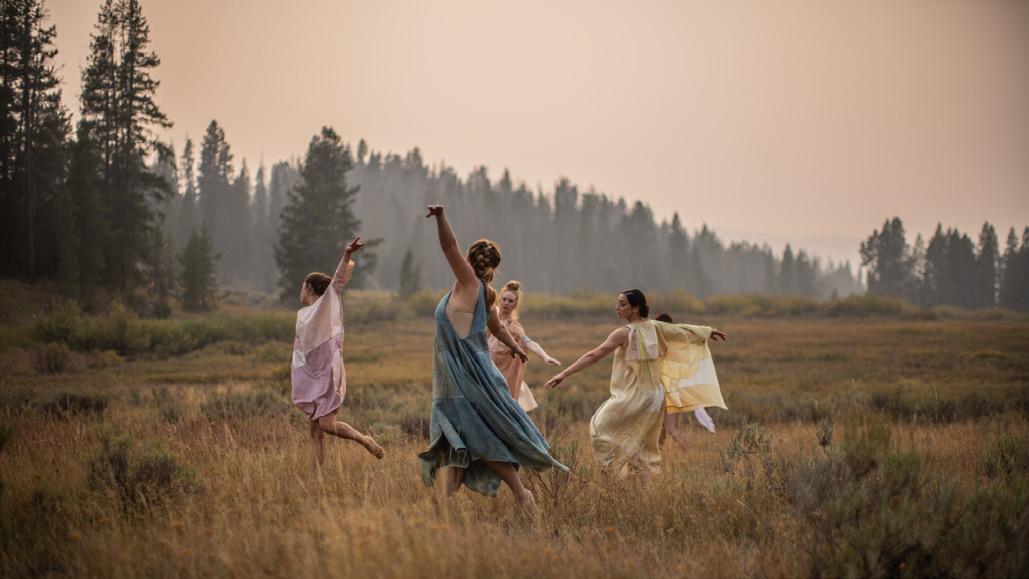
MARCH 26 th 2022
Saturday - 7:30PM
MARCH 27 th 2022
Sunday - 2:30PM
NORMAN HUYNH conductor
SIDNEY OUTLAW baritone
SPONSORED BY
Drs. Dennis & Anne Wentz
Scheherazade
The Sea and Sinbad’s Ship
The Tale of Prince Kalendar
The Young Prince and the Princess
The Festival at Baghdad—The Sea
The Ship Goes to Pieces on a Rock
INTERMISSION
Sir Edward Elgar
Sea Pictures
Sea Slumber Song
In Haven (Capri)
Sabbath Morning at Sea
Where Corals Lie
The Swimmer
Sidney Outlaw
Moldau)
PERFORMED AT
Willson Auditorium
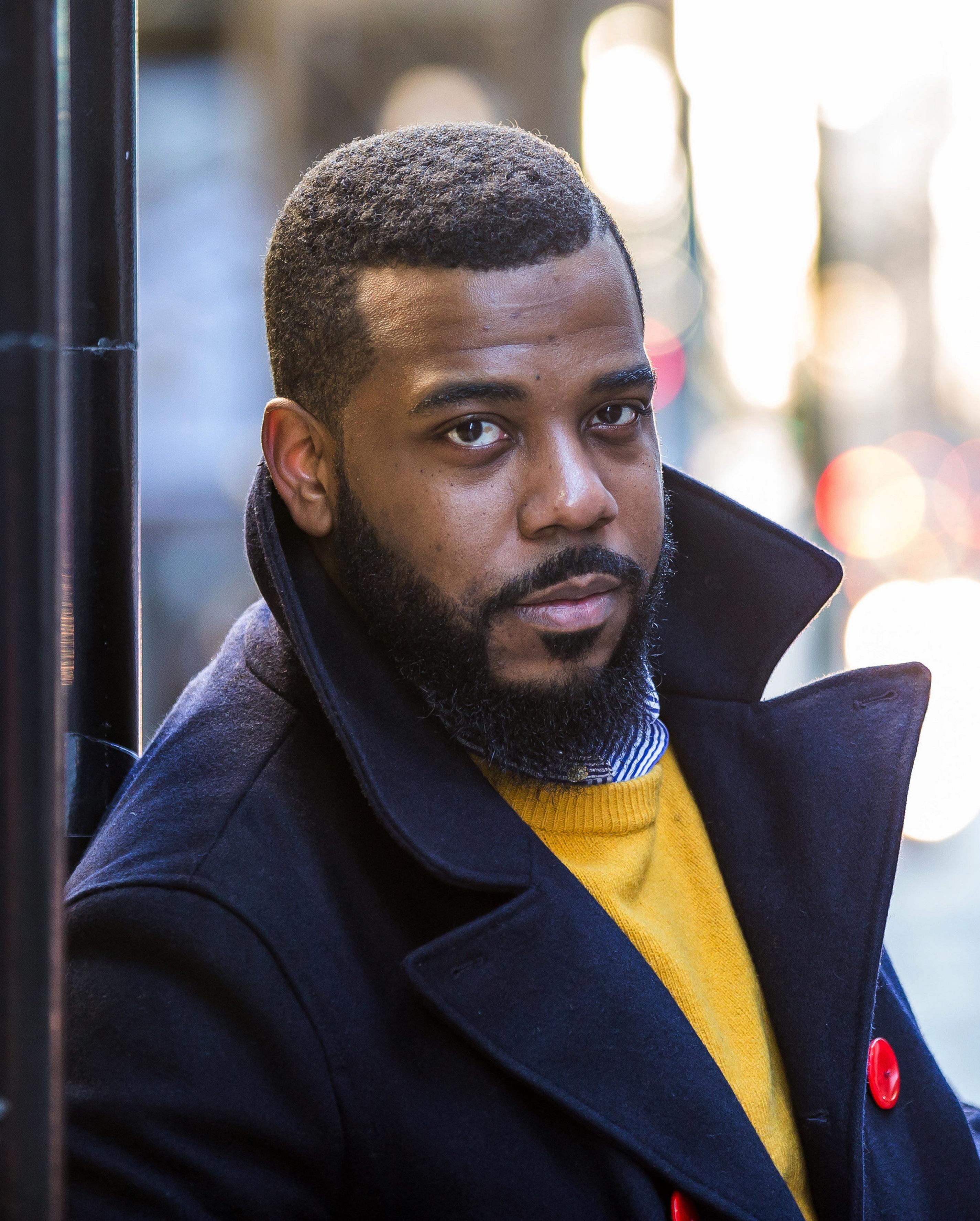
Lauded by The New York Times as a “terrific singer” with a “deep, rich timbre” and the San Francisco Chronicle as an “opera powerhouse” with a “weighty and forthright” sound, Sidney Outlaw was the Grand Prize winner of the Concurso Internacional de Canto Montserrat Caballe in 2010 and continues to delight audiences in the U.S. and abroad with his rich and versatile baritone and engaging stage presence. A graduate of the Merola Opera Program and the Gerdine Young Artist Program at Opera Theatre of Saint Louis, this rising American baritone from Brevard, North Carolina recently added a GRAMMY nomination to his list of accomplishments for the Naxos Records recording of Darius Milhaud’s 1922 opera trilogy, L’Orestie d’Eschyle in which he sang the role of Apollo.
Last season for Mr. Outlaw included his Dandini in La Cenerentola with Greensboro Opera, appearances with the Charlotte Symphony, the Bridgehampton Chamber Music and Colour of Music Festivals, his Spoleto Festival debut as Jake in Porgy and Bess, and Madison Opera’s Opera in the Park. The 2016-2017 season includes Mercutio in Roméo et Juliette with Madison Opera, Vaugh Williams’ Dona nobis pacem with the Memphis Symphony Orchestra, a recital with Warren Jones, and a return to the New York Philharmonic.
Mr. Outlaw has been a featured recitalist with Warren Jones at Carnegie Hall and performed Elijah with the New York Choral Society. He traveled to Guinea as an Arts Envoy with the U.S. State Department, where he performed a program of American music in honor of Black History Month and in remembrance of Dr. Martin Luther King.
Mr. Outlaw made his English National Opera debut in the 2011-2012 season as Rambo in The Death of Klinghoffer and joined the Metropolitan Opera roster in 2014-2015 also for The Death of Klinghoffer. Recent engagements include Dallapiccola’s Il Prigioniero with the New York Philharmonic, Schaunard in La bohème with the Ash Lawn Festival, and Guglielmo in Mozart’s Cosi fan tutte with North Carolina Opera. Other mainstage roles include Figaro in Il barbiere di Siviglia with Atlanta Opera,
the title role in Moses with the American Symphony Orchestra, Malcolm in Malcolm X at New York City Opera, Prince Yamadori in Madame Butterfly at Opera on the James, the cover of Dandini in La Cenerentola with Florida Grand Opera, Ariodante in Handel’s Xerxes and Demetrius in Britten’s A Midsummer Night’s Dream for the International Vocal Arts Institute, Papageno in Die Zauberflöte and a sensational international debut as Guglielmo in Così fan tutte, in both Germany and Israel.
A sought-after concert singer and recitalist, Mr. Outlaw made his Schwabacher Recital debut at the San Francisco Opera center with pianist John Churchwell and collaborates regularly with renowned pianists Warren Jones, Carol Wong, Steven Blier, and Michael Barrett. His concert and recital appearances include debuts of renowned works at major concert halls: Haydn’s The Creation and Handel’s Messiah at Carnegie Hall, Beethoven’s Symphony No. 9 at Avery Fisher Hall, Mahler’s Lieder eines Fahrenden Gesellen with Music Academy of the West and “Wednesday At One” at Alice Tully Hall, John Stevens in the world premiere concert of H. Leslie Adam’s opera Blake at the prestigious Schomburg Center for Research in Black Culture in Harlem, and the world premiere of Wayne Oquin’s A Time to Break Silence: Songs inspired by the Words and Writings of Martin Luther King, Jr., commissioned by The Juilliard School.
Mr. Outlaw won 2nd Prize in the Walter W. Naumburg Foundation’s International Competition, 2nd Prize in the 2011 Gerda Lissner Foundation Awards, National semi-finalist in the Metropolitan Opera National Council Auditions, semifinalist in the Francisco Viñas International Singing Competition, finalist in both Concours International Musical de Montreal and George London Foundation, and grand prize in the Florida Grand Opera/YPO Vocal Competition. He holds a Bachelor in Music Performance from the University of North Carolina at Greensboro and a Master of Vocal Performance from The Julliard School.
“Sidney Outlaw used his deep, resonant baritone and thoughtful approach to phrasing powerful but shapely to create a strong, nuanced portrayal of Elijah.”
-Alan Konzinn, New York Times 2011
By A. James Liska
1844–1908
Scheherazade, Op. 35
COMPOSED: 1888
MOST RECENT BOZEMAN SYMPHONY PERFORMANCE: September 20, 2015
INSTRUMENTATION
2 flutes (1 doubling piccolo), piccolo, 2 oboes (1 doubling English horn), 2 clarinets, 2 bassoons, 4 horns, 2 trumpets, 3 trombones, tuba, timpani, triangle, cymbals, snare drum, bass drum, tambourine, tam-tam, harp, and strings
ESTIMATED DURATION : 42 minutes
Nikolai Rimsky-Korsakov (1844-1908) was a Russian composer, and a member of the group of composers known as The Five. A master of orchestration, his bestknown orchestral compositions— Capriccio Espagnol , the Russian Easter Festival Overture , and the symphonic suite Scheherazade —are staples of the concert music repertoire, along with suites and excerpts from some of his 15 operas. The three orchestral pieces were written during a three-year period from 1887-1888. Determined to write for the theater, he abandoned orchestral composition in 1889.
As a boy and young man, Rimsky-Korsakov, many of whose ancestors had been military men, planned a life in the navy. His musical gifts manifested early, and by the time he began naval school, he was a good pianist and an eager composer.
The still teenaged Rimsky-Korsakov fell under the influence of Mily Balakirev, the intellectual leader of a group of Russian nationalists. He continued his naval pursuits for a time, but the first important steps toward turning him into a real composer had been taken. He was still, in his own description, “an officer-dilettante who sometimes enjoyed playing and listening to music.”
He composed, but he also conducted, taught, and was a generous friend to colleagues. In the winter of 1887-88, he completed the unfinished opera Prince Igor by his recently deceased friend Alexander Borodin. While engaged with this music, he conceived the idea of Scheherazade
From the beginning, he could not quite make up his mind about the balance between the programmatic and
the purely musical elements. And while programmatic elements were undoubtedly present in Scheherazade and played an important part in the shaping of the work, Rimsky-Korsakov did not want his listeners to be distracted by extra-musical detail.
Full of glorious solo opportunities, the vitality, the charm of its tunes, and the effortless brilliance of its orchestration never fail to make an impression and to give delight.
One of the programmatic elements of which we can be certain is the portrayal of Sultan and Sultana in the first minute. The unison and fortissimo proclamation that opens the work obviously represents the former, a brutal psychopath. Fairy-tale chords for soft woodwinds lead to the seductive and flattering violin-voice of Scheherazade herself.
The tender third movement returns to the more leisurely gait of the first. It is a lovely flow of lyric invention, scored with remarkable finesse, the writing for quiet percussion being especially charming. Scheherazade has her say, but it is with the lyric main theme that the movement comes to its gentle and smiling close.
The finale opens much as the first movement did, with the contrast of Sultan and Sultana, though this version is more elaborate. The music, after this double introduction, is quick and exciting. Appropriately enough, it is Scheherazade who has the last word. When her sinuous melody returns, her mode of address is sweet and capricious. Then she repeats way down on the fourth string and the music climbs slowly into the ether.
1857–1934
Sea Pictures, Op. 37
COMPOSED: 1897–1899
BOZEMAN SYMPHONY PREMIERE
INSTRUMENTATION
2 flutes, 2 oboes, 2 clarinets, 2 bassoons, contrabassoon, 4 horns, 2 trumpets, 3 trombones, tuba, timpani, gong, suspended cymbal, bass drum, harp, optional organ, and strings
ESTIMATED DURATION : 23 minutes
Edward Elgar (1857–1934) had a career whose highs and lows seemed equal proportion. Always struggling to make a living, he was self-taught rather than university-trained. Staunchly Catholic, he was the odd man out among English composers. He bounced from sickening failures—such as the disastrous premiere of his oratorio The Dream of Gerontius —to glorious triumphs, such as his Enigma Variations.
The 1899 song cycle Sea Pictures —using maritime texts by poets Roden Noel, Alice Elgar (the composer’s wife), Elizabeth Barrett Browning, Richard Garnett, and Adam Lindsay Gordon—followed closely on the heels of the Enigma Variations and displays an equally pleasing melodic richness. Each offering a different response to the ocean: its beauty, temptations, symbolism, and dangers.
It is the only song cycle which Elgar wrote for voice and orchestra. For the vocal role, he had in mind Dame Clara Ellen Butt, noted for her wide tessitura and booming low notes. Dressed as a mermaid, she sang the premiere in 1899 at the Norwich Festival, conducted by Elgar.
The first is titled Sea Slumber Song , by Roden Noel, which presents a beautiful setting in a rocking style lullaby (waves softly breaking on the shore) combining with distant waves to come, indicated by soft timpani strokes.
The second In Haven (Capri) was written by Elgar’s wife, Alice. Capri is referenced by a siciliano rhythm—the voice sings of the transcendence of love over blind elemental forces.
The third poem is by Elizabeth Barrett Browning, titled Sabbath Morning at Sea . Elgar changes to a stronger mood herein in which he unleashes his religious fervor. A largamente opening leaves sea imagery to shift into a serious mood of devotion. As the verses unfold, the orchestral part surges to strong climaxes and strong emotional expressions.
The fourth is titled Where Corals Lie by Richard Garnett. The composer shifts to a graceful setting with winds and delicate accompaniment. The harp and string chords, which evoke the shimmering, underwater world, with suggestions of the possible danger of the deep waters.
The fifth poem, The Swimmer by Adam Lindsay Gordon, reflects a turbulent sea in which a swimmer recalls happy times with a lost lover, and he imagines being drowned in the thrusting waves. Musical references are made by quotes from the preceding settings, and the profusion of climaxes mark the emotional desperation of the swimmer and power of the sea. The orchestra reprises
the first theme in a dramatic conclusion.
1824–1884
Vltava (The Moldau), No. 2 from Má Vlast (My Country)
COMPOSED: 1874
MOST RECENT BOZEMAN SYMPHONY PERFORMANCE: April 30, 1972
INSTRUMENTATION
2 flutes, piccolo, 2 oboes, 2 clarinets, 2 bassoons, 4 horns, 2 trumpets, 3 trombones, tuba, timpani, triangle, bass drum, cymbals, harp, and strings.
ESTIMATED DURATION : 12 minutes
The composer who made Bohemian national music viable within and beyond Czech borders was Bedřich Smetana. Trained in Austrian-run schools and who spoke only German as a youth, he was radicalized during the revolutionary fervor that spread across Europe during the late 1840s. The new element that Smetana brought to Czech music was the employment of folk styles as part of an independent musical language rather than inserting them as exotic coloring in scores that could have been written by a non-native.
Smetana (1824-1884) was a Czech-born composer who pioneered the development of a musical style that became closely identified with his people's aspirations to a cultural and political "revival." He has been regarded in his homeland as the father of Czech music. Internationally, he is best known for his opera The Bartered Bride and for the symphonic cycle Má vlast ("My Fatherland"), which portrays the history, legends and landscape of the composer's native Bohemia. It contains the famous symphonic poem "Vltava,” (in English, "The Moldau").
Má vlast was composed over a period five years: Vysehrad and Vltava (Moldau in German) in 1874, Sarka and From Bohemia’s Woods and Fields in 1875, Tábor and Blánik in the winter of 1878/79. By the time of the first public performances of Vysehrad and Vltava at the same concert in Prague in 1875, the depredations of venereal disease had made Smetana deaf, to which in the following years would be added blindness and the
James Liska
hallucinations and self-destructiveness that caused him to be institutionalized. He died in a Prague asylum for the insane in May of 1884.
Smetana had not originally considered a set of symphonic poems, rather a single work tracing the course of the Vltava River from its source in the Bohemian Forest to its passage through Prague. But the notion took on a life of its own, becoming a musical picture of the landscape of Bohemia.
The Moldau , which has achieved the strongest independent life among the six symphonic poems, is a rondo (with coda) in which the haunting, G-major main theme is introduced by the upper strings and woodwinds, with the lower strings suggesting the river waves.
To quote poet-composer Václav Zeleny, who devised the story lines for all six tone poems: “This composition depicts the course of the Moldau. It sings of its first
two springs, one warm the other cold, rising in the Bohemian Forest, [and] watches the streams as they join and follows the flow of the river through fields and woods... a meadow where the peasants are celebrating a wedding. In the silver moonlight the river nymphs frolic, castles, and palaces float past, as well as ancient ruins growing out of the wild cliffs. The Moldau foams and surges in the Rapids of St. John, then flows in a broad stream toward Prague. Vysehrad Castle appears (the four-note theme from the first of the six symphonic poems) on its banks. The river strives on majestically, lost to view, finally yielding itself to the Elbe.”
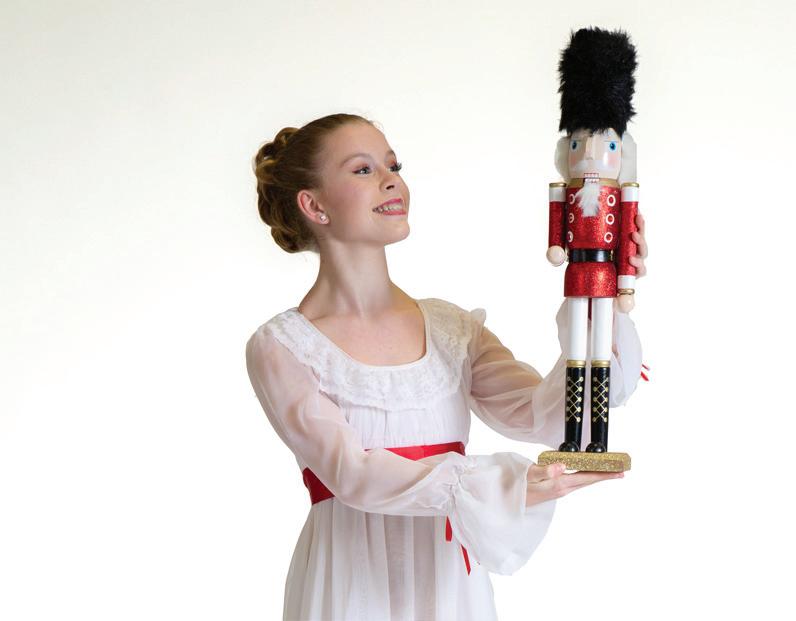
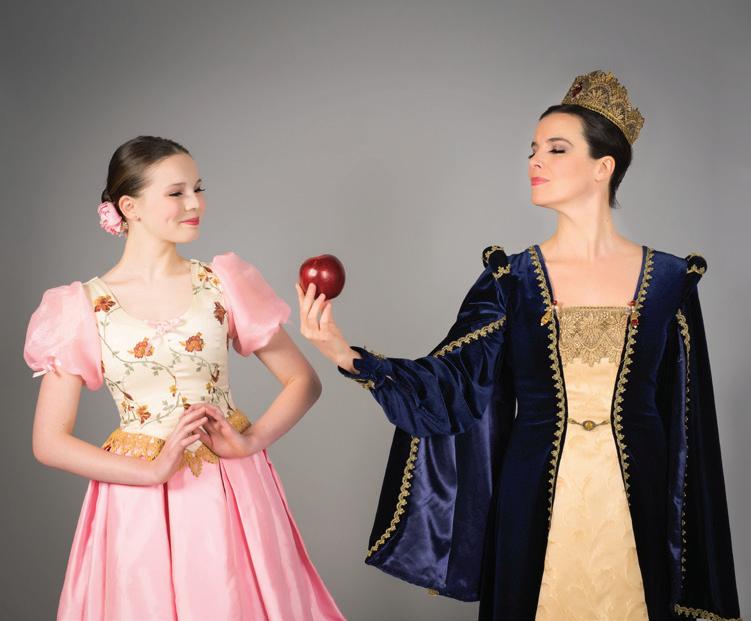
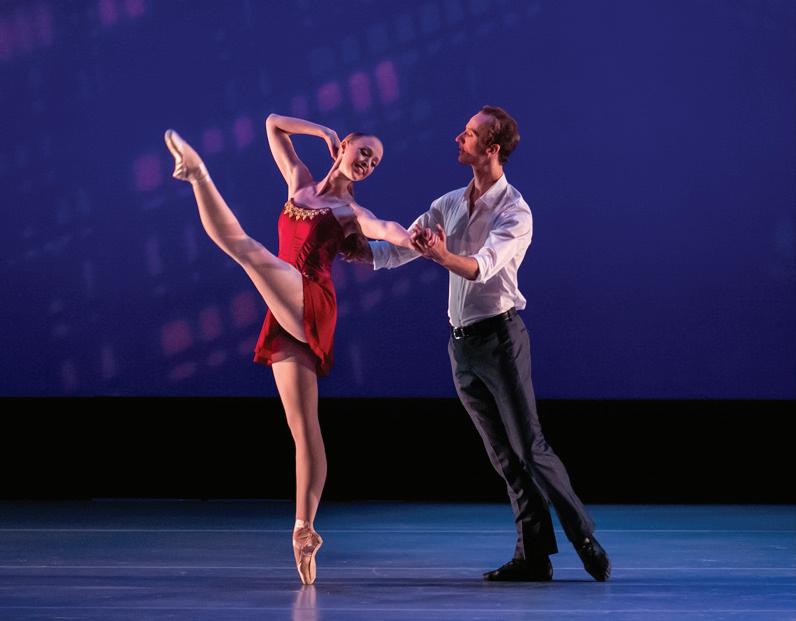



The historic Big Yellow Barn, located just north of Bozeman, boasts stunning mountain views, an inspired country setting, and easy access. It’s the perfect place for your Montana wedding, concert, or private event.
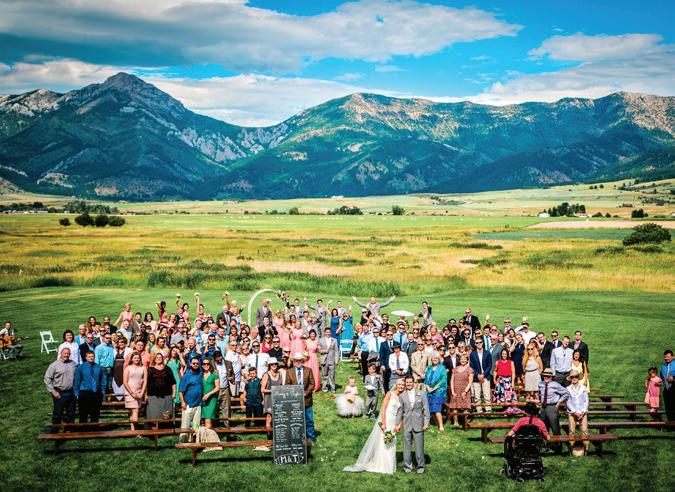
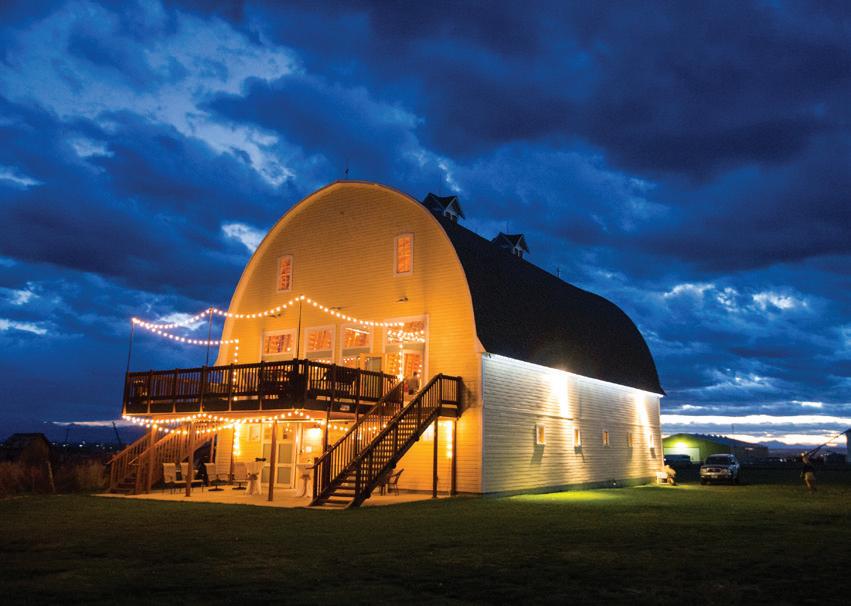
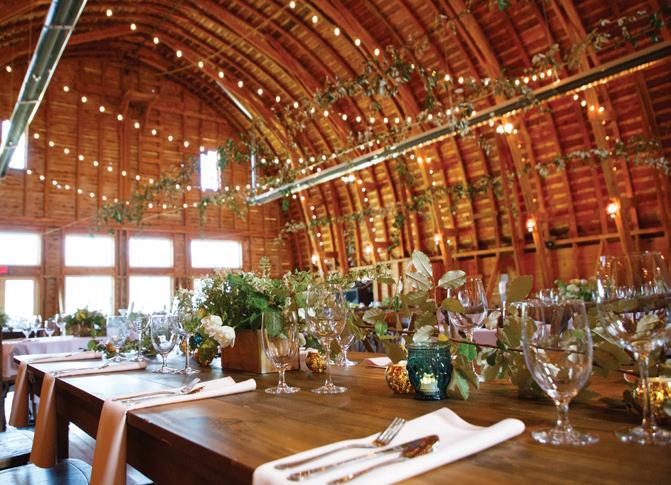

MAY 21 st 2022
Saturday - 7:30PM
MAY 22 nd 2022
Sunday - 2:30PM
NORMAN HUYNH conductor
ALEXANDRA RAZSKAZOFF soprano
SIENA LICHT MILLER mezzo-soprano
KATHERINE GOFORTH tenor
ANTHONY CLARK EVANS baritone
B ozeman S ymphonic C hoir
Robyn L. Erlenbush, ERA Landmark Real Estate, and Spectec TIC / Walter & Regina Wunsch SPONSORED BY
Augusta Read Thomas
Aureole
Ludwig van Beethoven
Symphony No. 9 in D Minor, Op. 125, “Choral”
Allegro ma non troppo; un poco maestoso
Molto vivace
Adagio molto e cantabile
Brief pause for entrance of the choir and soloists
Presto—Allegro assai—Allegro assai vivace
Alexandra Razskazoff
Siena Licht Miller
Katherine Goforth
Anthony Clark Evans
Bozeman Symphonic Choir
PERFORMED AT
Willson Auditorium
Soprano Alexandra Razskazoff is acclaimed by the New York Times as a “richly faceted, slinky soprano,” whose voice is “...ample in size with an intriguing instrumental color,” (Opera News).
In the 2021-22 season, Alexandra will make her debut as Suzel in Teatro Grattacielo's production of Mascagni's L'Amico Fritz. She will also appear in concert with Maryland Opera and Mid-Atlantic Symphony.
Of late, Alexandra has garnered much acclaim in the realm of vocal competitions. She most recently was selected to participate in the prestigious Operalia vocal competition this October in Moscow.
In spring 2021, she was named the 1st Place winner of the James Toland Vocal Arts Inc. Competition. Earlier in the year she took 3rd Place in the PARTNERS for the Arts Competition, the Orpheus Vocal Competition, and in the National Opera Association’s C. Bailey and D. Argento Vocal Competition. Alexandra was also named a finalist in the Pasadena Opera Competition and Opera Ithaca’s International Competition of Voice.
at their 2019 gala, singing scenes from Faust, Fidelio and Der Rosenkavalier with orchestra.
Alexandra was a Resident Artist at The Academy of Vocal Arts in Philadelphia in 2017-18, where she performed Violetta (La Traviata) where she studied with William Stone. She performed Handel’s Messiah with the Columbus Symphony 2018. Alexandra was a Resident Artist with the Minnesota Opera for their 2016-17 season, where she sang Wellgunde (Das Rheingold) and Musetta (La boheme).
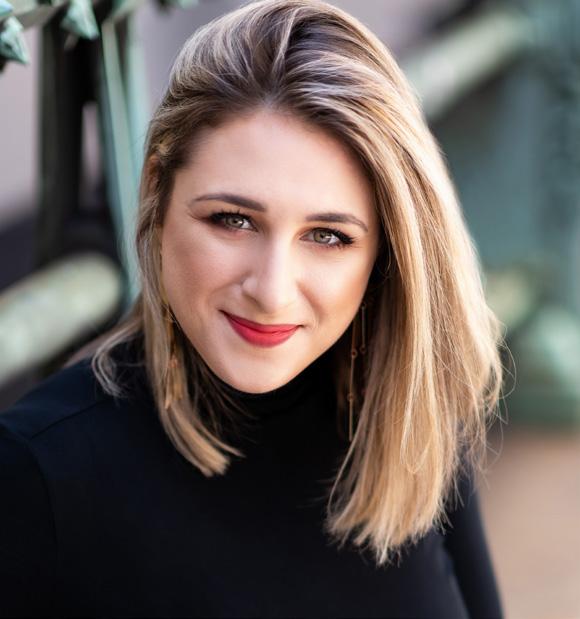
In fall of 2020, Alexandra won top prizes in numerous competitions, including 1st Place in the Giovanni Consiglio International Vocal Competition, 2nd Place in Opera Mississippi’s John Alexander Competition, and 3rd Place in the NYIOP + Premiere Opera Foundation International Vocal Competition. Alexandra also landed top prizes in a series of 2019 competitions including Premiere Opera Foundation + NYIOP International Vocal Competition (Audience Choice/Bel Canto Award), the Dorothy Lincoln-Smith Vocal Competition (1st Place) and Opera at Florham’s Violetta DuPont Vocal Competition (1st Place).
In Washington Opera Society’s 2019 fall season, she performed the role of Lisa in Lehár’s Das Land des Lächelns. She also appeared with Maryland Lyric Opera
She participated in the Merola Opera Program in 2017, where she performed as the leading ladies in scenes from Lucrezia Borgia and I Pagliacci. She was an Apprentice with the Santa Fe Opera in 2015, and accepted their invitation to return in 2016 to cover Donna Elvira (Don Giovanni). Alexandra spent summer 2013 at Music Academy of the West, where she performed Erste Dame (Die Zauberflöte).
In 2018, Alexandra took 1st Prize in AVA’s Giargiari Bel Canto Vocal Competition, and 2nd Place in the Mario Lanza Competition in Philadelphia. In 2014, Alexandra took 2nd Place in the Mid-Atlantic Region of the Metropolitan Opera National Council Auditions and received 3rd Place in Houston Grand Opera's Eleanor McCollum Competition in 2016.
Academic credits include a reprise of Erste Dame (Die Zauberflöte) and Contessa (Le nozze di Figaro) while at The Juilliard School, where she earned her M.M. in vocal performance from 2014-16 under Robert C. White Jr. At the Peabody Conservatory, where she received her B.M. in vocal performance from 2010-14 under Dr. Stanley Cornett, she sang Blanche de la Force (Dialogues des Carmélites), Donna Elvira (Don Giovanni), and Abigail Williams (The Crucible). Alexandra is a grateful recipient of the Novick Career Grant generously provided by The Juilliard School.
German American mezzo-soprano Siena Licht Miller is rapidly establishing a name for herself in opera, concert, and recital. In 21/22 she returns the International Opera Studio (IOS) at Opernhaus Zürich for a second season where she will be seen in a new production of Salome (Page) directed by Andreas Homoki, the world premiere of Robert Evers Die Odyssee (Penélope), L’italiana in Algeri (Zulma) in a production staring Cecelia Bartoli, and Rigoletto (Giovanna). On the concert stage she debuts with the Bozeman Symphony and returns to the Oregon Symphony for Beethoven Symphony No. 9. Last season in Zürich she appeared in Maria Stuarda (Anna Kennedy), Simon Boccanegra (Amelia’s Maid), I puritani (Enrichetta di Francia), and Viva la Mamma (Luigia). After finishing the IOS, Siena will join the Ensemble at Opernhaus Zürich starting with the 2022-2023 season.
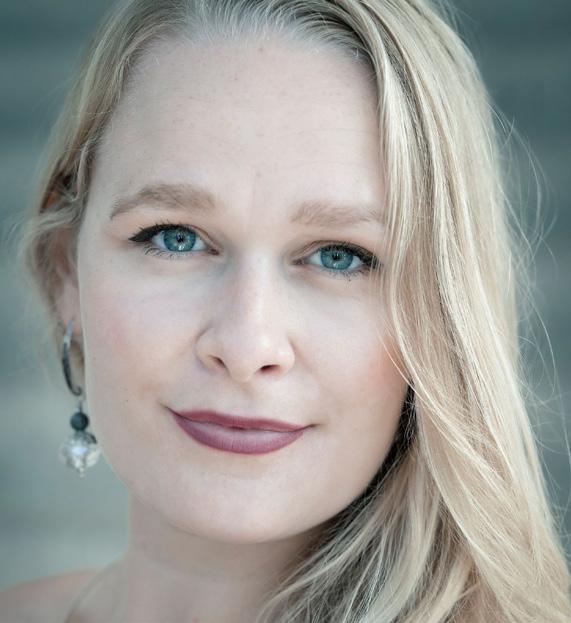
Recent appearances include to Opera Philadelphia for the world premiere of Venables’ Denis & Katya (Katya), debuts with Boise Philharmonic for Messiah and Charlotte Symphony Orchestra for Beethoven Missa Solemnis, and a return to Columbus Symphony for Messiah. In recital, Siena joined Ravinia Steans Music Institute for their winter song tour and a spring residency at Caramoor with New York Festival of Song.
Highlights from past seasons include A Midsummer Night’s Dream (Hermia) with Opera Philadelphia, the title role in Dido and Aenaes and Trouble in Tahiti (Dinah)
at Curtis Opera Theatre, Beethoven Symphony No. 9 with the Oregon Symphony, Beethoven Missa Solemnis with Grant Park Symphony Orchestra, a recital with the Carnegie Hall Citywide Concert Series. Additional accolates include being named a 2019 Gerda Lissner Grant Awardee. Ms. Miller made her professional debut during the 2017-2018 season in Die Zauberflöte (Zweite Dame) with Opera Philadelphia and spent the summer of 2018 as a member of The Santa Fe Opera’s prestigeous Apprentice Program, covering in Doctor Atomic (Kitty Oppenheimer) and Madame Butterfly (Suzuki).
Siena sang the title role in L'enfant et les sortilèges with the Aspen Music Festival, and appeared with Curtis Opera Theatre in The Rape of Lucretia (Title Role), Doctor Atomic (Kitty Oppenheimer), and The Medium (Baba). In addition, she appeared in concert as the Alto soloist in Beethoven Symphony No. 9 with Symphony in C and she was invited by Marilyn Horne to participate in the legendary mezzo’s final year of leading The Song Continues series at Carnegie Hall.
Ms. Miller is an alumna of the Oberlin Conservatory of Music and the Curtis Institute of Music. Training programs include the Gerdine Young Artist Program at Opera Theatre of Saint Louis, the Chautauqua Institute, and the Aspen Music Festival.
“…Siena Licht Miller stood out, thanks to the radiance and all-encompassing warmth of her sound,”
- Chicago Tribune
Vocalist Katherine Goforth shares her “noble, colorful and iridescent vocal sound” (Magazin Klassik) in strong and heartfelt performances. “Goforth, with [her] virile voice, does not hold back," (The New York Times) offering vivid character portraits sung with the utmost commitment and finesse. Winner of the 2019 Oregon District Metropolitan Opera National Council auditions and the 2019 National Association of Teachers of Singing Artist Awards regional competition, she is a distinctive vocalist, representing the best of next generation operatic talent.
Goforth, who is transgender, excels in a wide range of roles across the gender spectrum.
As a member of the International Opera Studio of Oper Köln for the 2018/19 season, she sang Il Conte di Bandiera in Salieri’s La Scuola dei Gelosi in the Kammeroper and Tamino and Monostatos in Die Zauberflöte für Kinder, 3. Jude in Salome and one of the Comedian Harmonists in Oper Köln's original liederabend about the a cappella ensemble of the same name on the main stage, and covered Rev. Horace Adams in Peter Grimes and Jaquino in Fidelio. Of these performances, The German Stage noted that she was “stunningly charming,” the General-Anzeiger wrote that her “tenor projects clearly… (and her) piano passages reveal lyric qualities as well,” and Opern Magazin stated that she “rose to the highest form.” Goforth has appeared as a soloist with the Oregon and Seattle Symphonies, Opera Theater Oregon, Portland Opera Guild, Portland Chamber Orchestra, in live radio broadcast on All Classical Portland, and in concert with Pink Martini. For almost a decade, she has given recitals and Liederabende with pianist Wenwen Du.

she played Tamino and both stage directed and played the role of Peter (the Father) in Hansel and Gretel. Goforth has performed roles in chamber operas by Elise Winkler and Drew Swatosh for Seattle Opera's Jane Lang Davis Creation Lab. Goforth sang in the World Premiere of Matthew Aucoin’s celebrated new opera Crossing, as part of a small ensemble cast directed by Tony Awardwinner Diane Paulus, with performances at the Brooklyn Academy of Music and American Repertory Theatre.
Goforth is a teaching artist at the Aquilon Music Festival, where she also played Tamino, Don Basilio in Le Nozze di Figaro, and Le Musicien in the modern day premiere of La chûte de Phaëton, and also serves on the festival's Board of Directors. She formerly served on the Board of Directors of Opera Theater Oregon, where she was actively involved in producing new operatic work, including Justin Ralls' Two Yosemites and productions of Rachel Portman's The Little Prince and Michael Daughtery's This Land Sings.
Goforth is an Instructor of Voice at Clark College in Vancouver, Washington.
A graduate of the Juilliard School and St. Olaf College, Goforth also participated in master courses at Franz Schubert Institut, Britten-Pears Young Artist Programme, Heidelberger Frühling Liedakademie, Georg Solti Accademia, and masterclasses sponsored by the Richard Tucker Foundation.
Upcoming performances include Beethoven's 9th Symphony with Walla Walla Symphony and a recital performance with Portland’s Queer Opera.
With Lark Opera, where she is also an artistic consultant,
Lauded for his “stentorian Verdi style” by the Chicago Tribune and as “warm-toned, vivacious and humane” by the San Francisco Chronicle, baritone Anthony Clark Evans is quickly gaining recognition as one of the most promising Verdi baritones of his generation. The 2020 – 2021 season sees Mr. Evans operatic European debut as Giorgio Germont in La Traviata with Opéra National de Bordeaux, conducted by music director Paul Daniel. Additional appearances include Leporello in a new production of Don Giovanni staged and conducted by all female artists with Seattle Opera, and a return to the Metropolitan Opera to cover the role of Ernesto in Il Pirata.
The 2019-2020 season saw Mr. Evans return to San Francisco Opera in his role debut as Lescaut in Manon Lescaut, conducted by music director Nicola Luisotti. Mr. Evans also reprised the role of Sharpless in Madama Butterfly at Lyric Opera of Chicago and was scheduled to sing the same role in his house debut with Opera Philadelphia, which was cancelled due to COVID-19. Concert work included his scheduled debut with the Saint Louis Symphony Orchestra singing Brander in Berlioz’s La damnation de Faust conducted by Stéphane Denève, which was cancelled due to COVID-19.
Riccardo in I Puritani, opposite Larry Brownlee, the Jailer in Tosca (covering the Sacristan), Yamadori (covering Sharpless) in Madama Butterfly, the Huntsman (covering the Gamekeeper) in Rusalka, creating the role of Simon Thibault in the world premiere of Bel Canto, and covers of Leporello in Don Giovanni, the Count in Le nozze di Figaro, the Count in Capriccio and Wolfram in Tannhäuser.
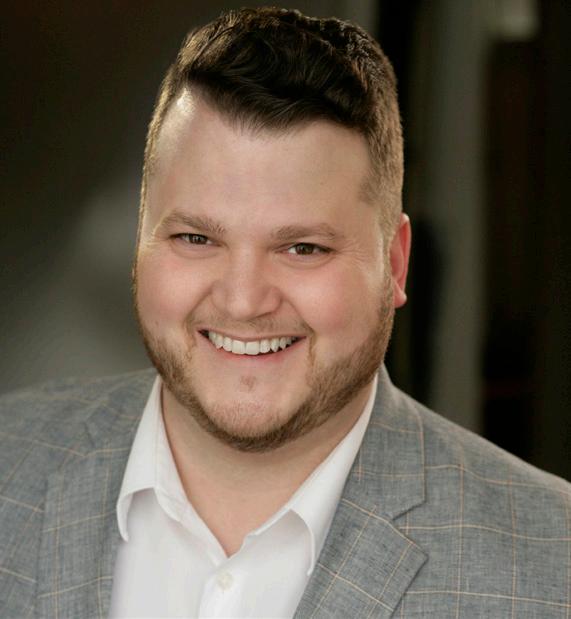
Concert work includes his Ravinia Festival debut singing in Bernstein’s Songfest with Ensemble dal Niente, William Walton’s Belshazzar’s Feast with the Royal Scottish National Orchestra conducted by Thomas Søndergård, Theatre Director in Les Mamelles de Tirésias with the Chicago Civic Orchestra, an appearance at the Richard Tucker Gala at Carnegie Hall, his debut with the Phoenix Symphony in Beethoven Symphony Number 9 conducted by Tito Muñoz and an appearance on the “Stars of Lyric Opera at Millennium Park” concert, conducted by Sir Andrew Davis.
Operatic highlights include Mr. Evans’ debut with the Metropolitan Opera as the Huntsman in the new Mary Zimmerman production of Rusalka, which was broadcast to theatres around the world as part of the Met’s Live in HD program, his San Francisco Opera debut as Sharpless in the Jun Kaneko production of Madama Butterfly, Zurga in the Lee Blakeley production of Les Pêcheurs de perles with Santa Fe Opera, Leporello in Don Giovanni with Tulsa Opera, Tonio in Pagliacci with Opera San Jose, his San Diego Opera debut as Sharpless in Madama Butterfly, his debut in the title role in Rigoletto with Kentucky Opera, and his debuts with Opera Theatre of Saint Louis, Dalals Opera, and Querido Arte in Guatemala as Marcello in La bohème. Additional roles at Lyric Opera of Chicago include
Honors and awards include a 2017 BBC Cardiff Singer of the World main prize finalist, a Grand Finals Winner of the 2012 Metropolitan Opera National Council Auditions, a 2017 Richard Tucker career grand, a 2014 Sarah Tucker Career Grant, and top prizes in the Gerda Lissner Foundation Competition, the Licia Albanese-Puccini Foundation Competition, Dallas Opera Guild Vocal Competition, Marcello Giordani Competition, Giulio Gari Competition, and the Mario Lanza Competition. Mr. Evans took second prize in both the Liederkranz Foundation Competition and the Opera Index Competition, as well as prizes from the Sullivan Foundation, the Luminarts Fellowship, and the American Opera Society.
A native of Owensboro, Kentucky, Mr. Evans studied voice at Murray State University in Murray, Kentucky, and was a member of the Ryan Opera Center at Lyric Opera of Chicago. Mr. Evans currently resides in Elizabethtown, Kentucky.
By A. James Liska
b . 1964
OVERTURE TO DER FREISCHÜTZ
COMPOSED: 2013
BOZEMAN SYMPHONY PREMIERE
INSTRUMENTATION
2 flutes, piccolo, 2 oboes, 2 clarinets, 2 bassoons, contrabassoon, 4 horns, 2 trumpets, piccolo trumpet, trombone, bass trombone, tuba, vibraphone, glockenspiel, triangles, wood blocks, tom-toms, crotales, suspended cymbal, bongo drums, claves, taiko drum, chimes, finger cymbals, tenor drum, bass drum, and strings
ESTIMATED DURATION : 9 minutes
The music of Augusta Read Thomas (b. 1964) is at once nuanced, majestic, elegant, capricious, lyrical, and colorful—"it is,” as described by the Philadelphia Inquirer, “boldly considered music that celebrates the sound of the instruments and reaffirms the vitality of orchestral music."
Augusta Read Thomas's Aureole , is an orchestral work that was designed specifically to precede a performance of Beethoven's Ninth Symphony. Her respect for her compositional predecessor is obvious from her explanation of the title:
"The title refers to an encircling ring of light; radiance surrounding the head or the whole figure in the representation of a sacred personage or saint; a halo of concentric circles of light seen around a luminous body, especially around the sun or moon,” she noted.
" Aureole alludes tangentially to certain fundamental tonal centers of Beethoven Symphony Number 9 in D minor, Op. 125."
Surely the sacred personage in this situation is Beethoven himself. Thomas' use both of tonal centers and intervals crucial to the Ninth Symphony is a musical aureole around the earlier composer's work.
The work opens with a single pitch, the note D, the tonal center of Beethoven's Ninth. Fanfare-like repeated notes in the trumpets and violins, add an A shortly thereafter—creating the interval of a fifth—the open-sounding sonority with which Beethoven's symphony also begins. The fanfares continue in
ever-changing rhythms, moving around the orchestra and creating the composer's desired "shimmering" effect. The winds and brass land on a chord centered around the pitch B-flat (the single other most important pitch in Beethoven's symphony) to close the introduction.
The strings immediately join in, turning the introduction's repeated notes into a driving rhythmic ostinato centered on the very same B-flat. The melodic line explodes, hurling fast-moving sixteenth notes up and down the orchestral register and around the ensemble. The tempo slows down a bit and sustained notes make a reappearance, with murmuring triplets underneath. The sixteenth notes return quickly, though, just as vigorously as before and are only stopped with a reminiscence of the introduction's fifths. Flute and clarinet solos cede to a section of sustained harmonies whose ever-changing orchestrations give it a dynamic, fluid character. A rhapsodic trombone solo leads to a return of the shimmering repeated notes and the re-emergence of the introduction's fanfares.
The frenzied melodic activity of the earlier fast section is recalled but interrupted by the final return of the stark, bright fifths—the very first and the very last notes of Beethoven's Ninth Symphony.
1770–1827
SYMPHONY NO. 9 IN D MINOR, OP. 125, “CHORAL”
COMPOSED: 1822–1824
MOST RECENT BOZEMAN SYMPHONY PERFORMANCE: April 12, 2015
INSTRUMENTATION
soprano, alto, tenor and bass soloists; SATB chorus; 2 flutes; piccolo; 2 oboes; 2 clarinets; 2 bassoons; contrabassoon; 4 horns; 2 trumpets; 3 trombones; timpani; bass drum; cymbals; triangle; and strings
ESTIMATED DURATION : 65 minutes
Composed between 1822 and 1824, the Symphony No. 9 in D minor, Op. 125, is a choral symphony and the last complete symphony by Ludwig van Beethoven, composed between 1822 and 1824.
It was first performed in Vienna on May 7, 1824. The symphony is widely regarded as Beethoven's greatest work and one of the most notable achievements in the history of music. One of the best-known works in common practice music, it stands as one of the most frequently performed symphonies in the world.
The symphony, commissioned by the Philharmonic Society of London, was the first example of a major composer using voices in a symphony. The words are sung during the final movement of the symphony by four vocal soloists and a chorus. They were taken from the "Ode to Joy," a poem written by Friedrich Schiller in 1785 and revised in 1803, with text additions by the composer.
In 2001, Beethoven's original, hand-written manuscript of the score, held by the Berlin State Library, was added to the Memory of the World Programme Heritage list established by the United Nations, becoming the first musical score so designated.
The symphony emerged from other pieces by Beethoven that, while completed works in their own right, were also in some sense "sketches" for the future symphony. The 1808 Choral Fantasy , Op. 80, basically a piano concerto movement, brings in a choir and vocal soloists near the end for the climax. The vocal forces sing a theme first played instrumentally, and this theme is reminiscent of the corresponding theme in the Ninth Symphony.
The first movement, Allegro ma non troppo , is in sonata form without an exposition repeat. It begins with tremolo strings, steadily building until the first main theme in D minor. The opening, with its perfect fifth quietly emerging, resembles the sound of an orchestra tuning. At the outset of the movement, the theme returns,
this time played fortissimo and in D major , rather than D minor
Molto vivace , the second movement is a scherzo and trio. Like the first movement, the scherzo is in D minor, with the introduction bearing a resemblance to the opening theme of the first movement. At times during the piece. While adhering to the three-part structure of a dance movement, the scherzo section has an elaborate internal structure within its complete sonata form.
The third movement, adagio molto e cantabile, is a lyrical, slow movement in B-flat major—a minor sixth away from the symphony's main key of D minor. It is in a double variation form, with each pair of variations progressively elaborating the rhythm and melodic ideas. The final variation is twice interrupted by episodes in which loud fanfares from the full orchestra are answered by octaves by the first violins.
The choral finale is Beethoven's musical representation of universal brotherhood based on the "Ode to Joy" theme and is in theme and variations form. The movement starts with an introduction in which musical material from each of the preceding three movements— though none are literal quotations of previous music—are successively presented and then dismissed by instrumental recitatives played by the low strings. Following this, the "Ode to Joy" theme is finally introduced by the cellos and double basses. After three instrumental variations on this theme, the human voice is presented for the first time in the symphony by the baritone soloist, before being joined the other soloists and chorus.
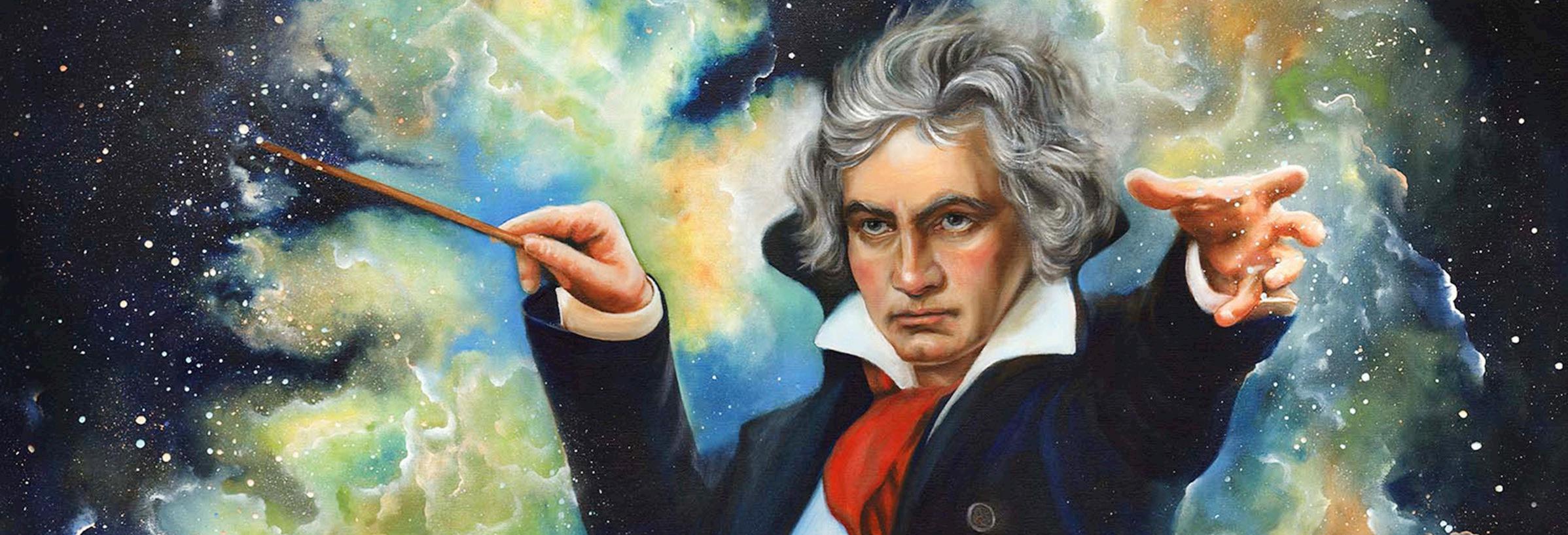
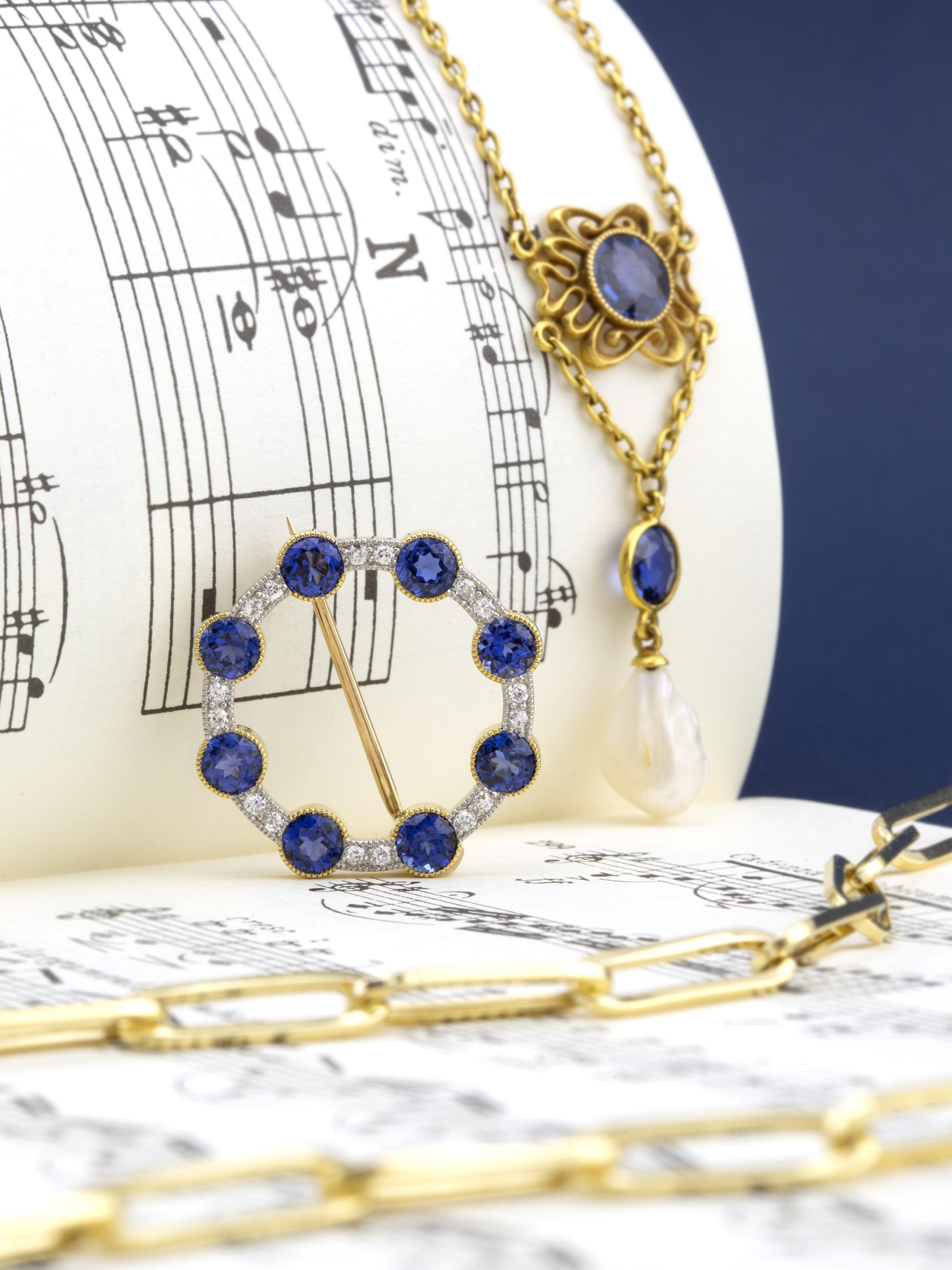

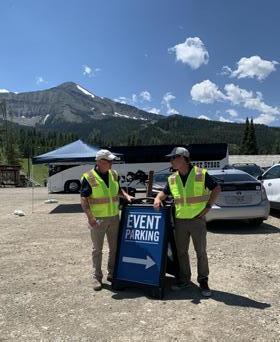
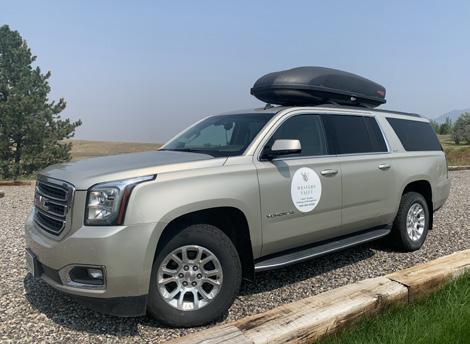


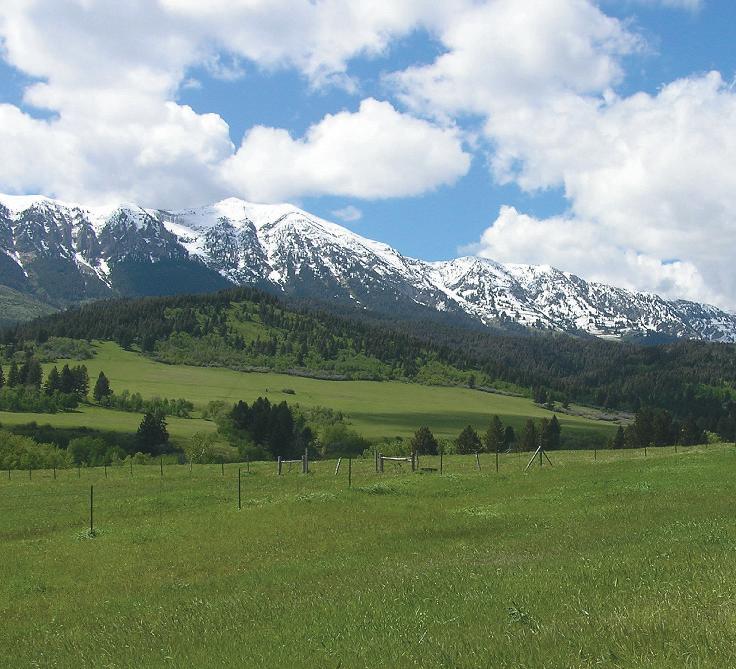

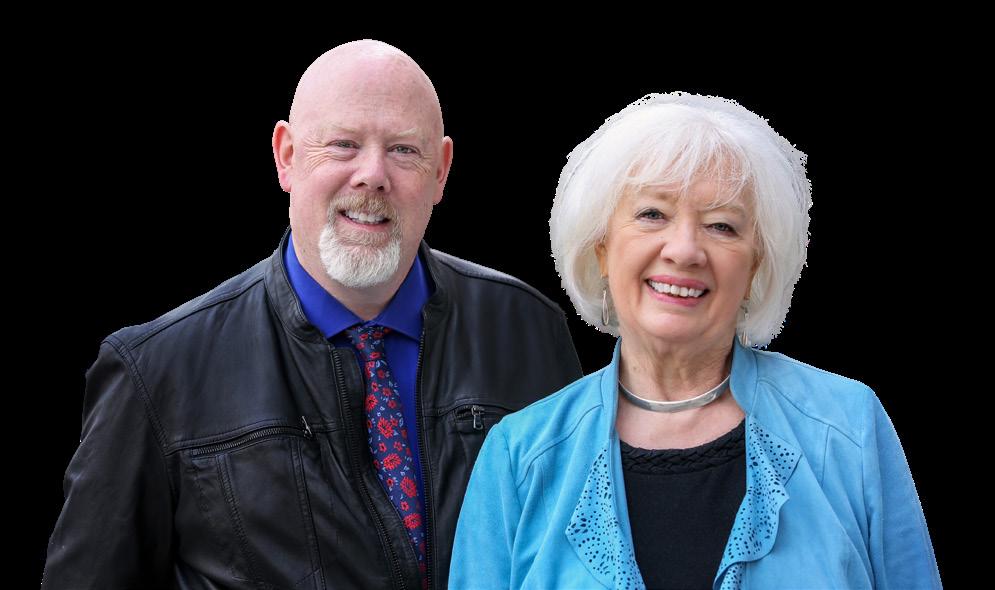
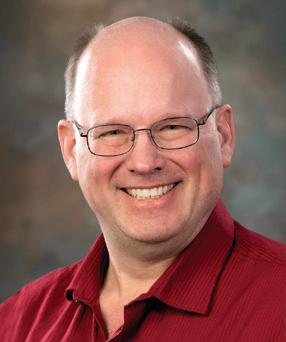


Norman Huynh
Carrie Krause, concertmaster
Pico Alt, principal second violin
Claudia Albrecht
Jason Baide
Athena Carson
Stephen Cepeda*
Noah Certalic
Hyeri Choi
Sarah Church
Sharon Eversman
Laura Hauer*
Yu-Ting Huang
Megan Karls*
Cherí LeCain
Megan McFadden
Jill McJunkin
Natalie Padilla
William Shackelton*
Rachel Schnackel*
Ali A. Schultz Levesque*
Kaitlin Shaw
Anna Jesaitis, principal
Nathan Hallauer
Amy Letson*
Kristina Otfinoski
Sara Schultz Levesque*
Ashleigh Snider
Cindy Stone
Naomi Vliet
Chandra Lind, principal
Abby Eichenberger
David Heinzen*
Cayley Hunt
Charlie Martin
Bärbel Pafford
Julia Slovarp
Lisa Woidtke
Ryan Bell, principal
April Cooper
Tristyn Fleming
Max Johnson
Cortney Peres
William Scott Stebbins
Samantha Vetter
Susan Makeever, principal
Kerri Brown
Megan Makeever Ali*
Megan Makeever Ali*
Lauren Reineking*
Sandy Stimson, principal
Beth Antonopulos
Beth Antonopulos
CLARINET
Wendy Bickford, principal
Gregory Young
Bruce Kenney
BASS CLARINET
Bruce Kenney
Alan Leech, principal
Sam Macken
Peter Gifford
Derek Bannasch*
Peter Gifford
Madeleine Folkerts, principal
Maria D’Ambrosio
Elizabeth Schmidt*
Jen Harrison*
Sarah Stoneback, principal
Daniel Wood
Jerry Makeever
Nicholas Slaggert*
TROMBONE
Jeannie Little, principal
Logan Bouley
BASS TROMBONE
Lisa Stoneham
Don Kronenberger, principal
Jeffrey H. Vick, principal
PERCUSSION
Dana Dominguez, principal
Mark Brown
Micah Jastrom
Christopher Naro
Kristofer Olsen
Stephen Versaevel
Laurel Yost, principal
HARP
Angela Espinosa, principal
Jon Harney
Karen Abelin
Amy Carlson
Lila Cebulla
Cordelia Zurita Cluett
Laura Detrick
Hallie Echols
Kate Gardner
Maggie Hickman
Maggie Kerr
Morgan Kirk
Dacia Luedtke
Michelle Maurer
Natalie McArdle
Carole McClean
Julie Nygren
Sandy Osborne
Tamilla Simpson
Faith Suhre
Suzy VanderVos*
Paige E. Vermaat
Emma Warwinsky
Suzanne Wilson
Sharon Beehler
Janice Benham
Laura Bennett
Mandy Bowker
Vicki DeBoer
Diane Dwyer
Katelynn Eppenstein
Chrissy Evans
Barbara Good
Jessica Graf
Katherine Hezel
Kayte Kaminski
Michelina Kazeminejad
Linda Larsen
Christa Merzdorf
Abigail Middleton
Suzanne Mackay Oehler
Nancy Ojala
Nicole Rosenleaf Ritter
Kippy Sands
Elly Schwarzkopf
Ellen Stephenson
Carolyn “Rusty” Swingle
Sara Williams
Jeff Abelin*
Webster Crist
Lewis Hagen
Peter H. Nalen
Pedro Angel Pinardo
Jake Reisig
John W. Sheppard
Matthew S. Sonnichsen
Isaac Stafstrom
Justin Williams
Michael Beehler
Richard Bennett
Mike Boyer
Riley Evans
Charles Franklin
Justin Horak
Jeff Marker
Rick Ojala
Kurt Prond
Chip Ritter*
Jesse Sheppard
Jonathan Sutton
Richard Wilbur
Adam Williams
John Zirkle
Judith Diana
During the Fall of 2020, Dana Dominguez took an audition with the Bozeman Symphony, her first-time professional audition, that led to her being named Principal Percussionist. The Houston native began her percussive career at the age of six. Both of her parents are band directors and were “extremely supportive in getting me lessons and helping me pursue different musical opportunities.”
“That gave me a ton of experience performing in an audition setting and a soloist setting.”
Recalling from the audition, Dana shares that she competed for the position with other “very talented percussionists.” Dana attributes the newness of the experience to her performing well without a “lot of pressure.”
Dana has covered all the percussive bases—a plethora of instruments from drums to mallets—and is excited about performing with the Bozeman Symphony.
Earlier this year, Dana was featured at the launch of Current Commotion performing Aphasia by Mark Applebaum and A Little Jazz Waltz by Andrei Pushkarev. Both pieces were submitted by Dana to be considered for the program. If you were at the performance, the Applebaum was something you’ll never forget, like visiting a contemporary art museum and finding an exhibit that will inspire you for years to come. The Pushkarev, was a brilliant complement to having just experienced the extraordinary.

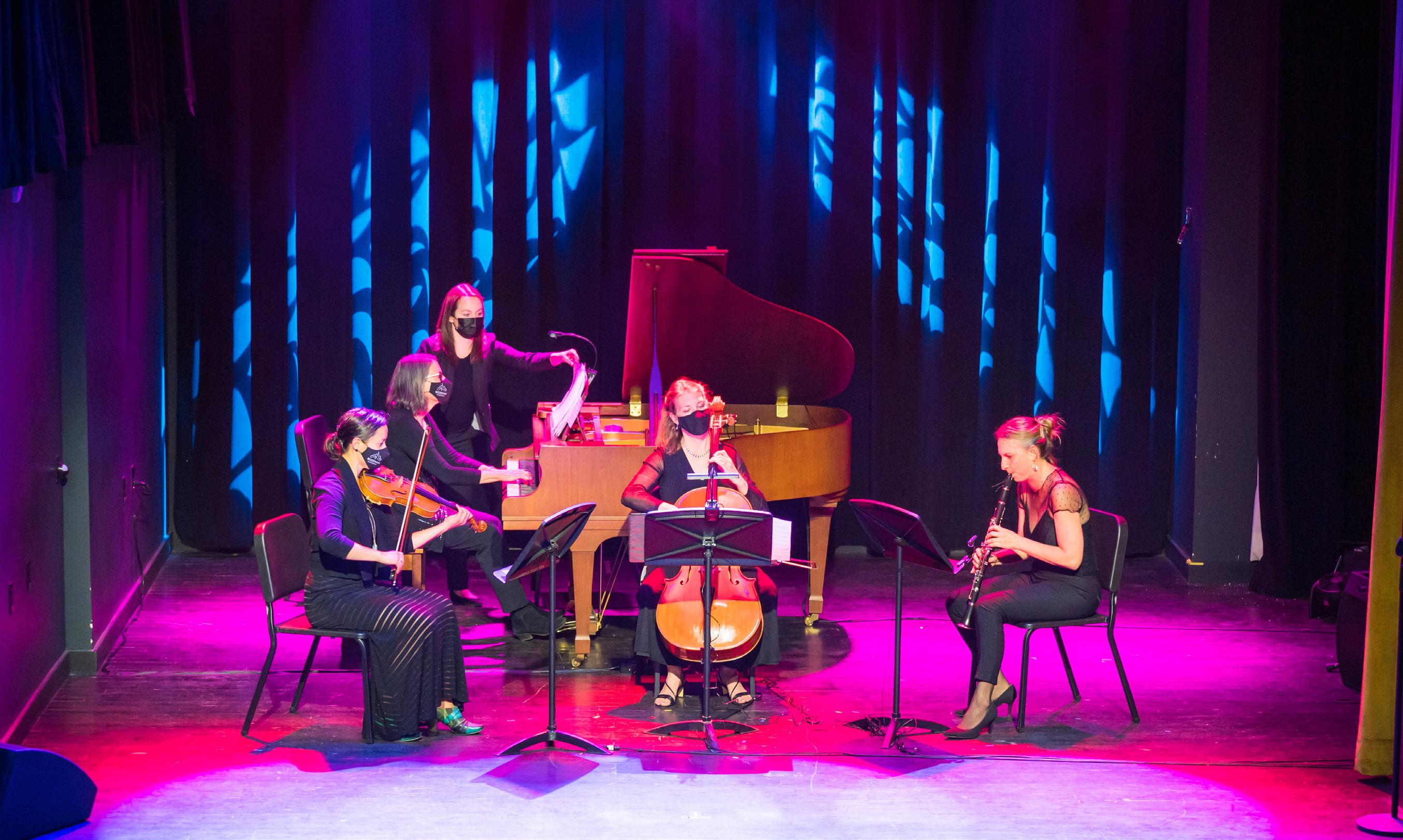
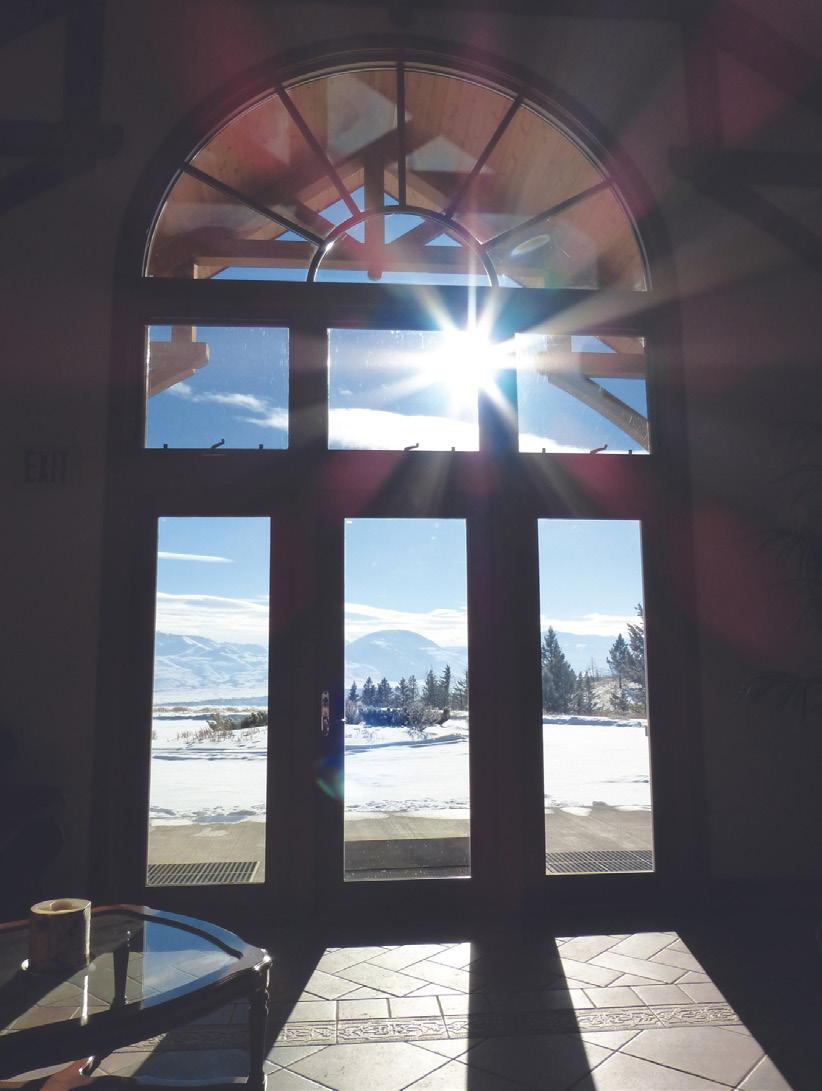
CONDUCTOR’S CIRCLE
$100,00O & UP
David Ross & Risi
CHAIRMAN'S CIRCLE
$50,000 & up
Stephen Schachman & Ritva Porter
VIRTUOSO CIRCLE
$25,000 & up
Donald B. Gimbel
Kimberlie & Bruce Jodar
Opportunity Bank of Montana
$10,000 - $24,999
Tim & Mary Barnard
Mike & Cyndi Huempfner, Five Points Foundation
Robert & Donna Ritchie
David & Kippy Sands
Cliff & Laura Schutter
Lee & Diane Selby
Stephanie E. Siegel
Tippet Rise Fund of the Sidney E. Frank Foundation
Heather White & David Diamond
Spectec TIC / Walter & Regina Wunsch
Drs. Anne & Dennis Wentz
$5,000 - $9,999
Anonymous
Michael & Sharon Beehler
Richard & Carol Belgrad
Joanne & Billy Berghold
Tom & Dale Bray
Brenda & Swep Davis
Robyn L. Erlenbush, ERA Landmark Real Estate
First Security Bank
Gianforte Family Foundation
Karen Gilhousen
Sal & Carol G. Lalani
Rob & Lynn Maher
Mary & Ken May
George S. McClure, Jr.
Iris M.L. Model
Ben & Barbara Phinney
Reed Family Foundation
Lynn Rinehart
Thomas J. Scanlin
Sheehy Family Foundation
Larry Springer
Renee & Stuart Westlake
$2,000 - $4,999
Douglas C. & Jeanie Badenoch
Woody A. Burt
Ron & Judy Clark
Suzanne Day
Sharon Eversman
Donald & Signe Farris
Gilhousen Family Foundation
Norman & Susie Fleet
Barbara & Jerome R. Glickman
Mitch & Jan Hobish
Carolyn Hopper, in memory of Dan Hopper
Larry & Gail Larson
Col. (USA Ret) Mike Mahler, in loving memory of Ellie Mahler
Heidi McLoughlin & David Genter
Dori McTigue
The Morton H. Meyerson Family Foundation
Montana Association of Symphony Orchestras
Montana Cultural Trust
Don & Marilyn Murdock
Dennis & Barbara Prager
Leo Proxell
Reed Family Foundation
Charles & Kathy Rinker
John Sacklin & Mary Hektner
Beatrice Taylor
Sharon Tudor Isler
Robert & Karin Utzinger
Jim & Valerie Webster
Stuart Whitehair & Lee Stadtlander
William A. & Patricia J. Wilson
$1,000 - $1,999
Anonymous
Anonymous, in memory of Martha Drury
Bill & Katie Anderson
Elaine Best & Jeffrey Barish
Noreen & Roger Breeding
Peter & Kerri Brown
Janel Carino & Richard Wolff
Annette & Robert Carson
Jerry & Jan Cashman
Jim & Mary Alice Chandler
Jon Chaney
Lee & Ann Chase
Dawn & Kent Collins
Bruce & Christie Copeland
Kenneth & Mary Danhof
Joshua & Sally Dickinson
Michael Henry Ditton
Virginia Ferre
Orville & Robyn Erlenbush
Geraldine C. & Emory M. Ford Foundation
Ric Tieman & Susan Gibb
Donald B. Gimbel, in memory of Eve Art
Monica Guenther & Terry Anderson
Stephen Guggenheim & Amanda Cater
Lucian & Jurgita Hand
Dennis & Katherine Hoffmann
John & Donna Hunt
Mike Delaney & Ileana Indreland
Al & Ellen Jesaitis
Margaret & Gary Kachadurian
Beth & Lynn Kaeding
Don Kauffman
Beth Lee & Rabbi Ed Stafman
Robert & Nancy Lux
James & Bernie Mitchell
Bruce & Audrey Mueller
Keith & Markie Nathan
Brad & Pauline Nussbaum
Steven Ough
Timothy & Leora Paulick
Margaret Perryman
Carin Phillips
Trish & Tim Preheim
Lloyd & Joanne Reynolds
Richard & Melanie Sabo
Rick Sanders & Janice Hand
Ellen Scott
Bill Simkins & Erna Smeets
Camie Smith
Judith Smith
Bill & Donna Stratton
Charles & Kathy Rinker (for the Endowment Fund)
Victoria Ryan & Paul Martin
Judy Tsiang
Victoria York
Gregory Young & Elizabeth Croy
Rick & Melody Zajdel (for the Endowment Fund)
$500 - $999
Anonymous
David & Teri Ball
Tony & Martha Biel
David Bybee, M.D. & Polly A. Coombs, M.D.
The Blackbaud Giving Fund
Kim & Ray Center
Catherine Cole
Anne Devereux
Kathleen K. Diamond
Emily B. Gadd
Susan Hinkins & Richard Gillette
Monica Guenther & Terry Anderson, in memory of Sarah Nash Zimmer
Richard Gillette & Susan Hinkins
Carol & Patrick Hemingway
Katie Hoffman
Jim Huffman & Leslie Spencer
Jean Kahn
James Kramer & Nancy Smrcka
Rev. Bruce & Lois Linderman
Norm & Barbara Lloyd
Brian Lojek & Kris Taylor
Mike & Rhoda McCormick
Jim & Sandy McGrath
Eleanor Nolan
Persifor Oliver
One Valley Community Foundation
Sandra B. Roe
Jody Savage
Schrank Family Fund
Roger Schwer & Marjie Toepffer
Raymond & Michele Stinnett
Brad & Jinny Stratton, American Land Title Company
David & Carolyn Swingle
Texas Instruments Foundation
Julie Videon
Ken & Judy Weaver
Ralph Williams, in memory of Kris Williams
Richard & Janet Young
Ralph & Gloria Zimmer
$250 - $499
Susan Agafonov
Anonymous
Margo Bennett
Michael Boyer & Colleen Cleary-Boyer
Jecyn Bremer
Charles O. & Sally Broughton
Barbara R. Brown
Gary & Ingrid Buehler
The Coca-Cola Company
Jack & Karen Day
Diane Donnelly
Carol Elliott
Dick & Rita Fish
Charless & Marjorie Fowlkes
Grace France
Gill & Nancy Geesey
Mike & Gail Hannon
Wayne O. & Marilyn R. Hill
Jane & John Hodges
Cayley Hunt
John & Joyce Kamp
Ann Kieffaber
Jack & Barbara Kligerman
Jack & Tawnie Lehman
Bruce & Joan McNab
Larry & Rita Merkel
Caryle Merrill
Al & Suzanne Montgomery
Charles Paris
Deborah & David Peters
Dennis & Marilyn Raffensperger
Larry Raffety
Barry & Helen Remely
Chip & Nicole Ritter
William & Jane Shields
Timothy Sullivan
Elisabeth Swanson
Dan & Beverly Triemstra
Gail Weingart & Ed Sedivy
Richard & Robin Wolcott
Judy Worley
Zoot Enterprises
$100 - $249
Anonymous
Loren & Evelyn Acton
Angella Ahn
Gina Albini
Ivan Albrecht
Julia Albrecht
L. & M. Albrecht
Stephanie Alexander
Ed Allen
Beth Antonopulos
Anne Banks
Buzz & Dawn Basini
Sue Bedell
Diana Blank
Diane Brawner
Bridger Brewing
Bruce & Asako Brown
Michael Burgard
Michael Burke & Mary Noll
Amy & Greg Burkholder
Patrick & Susan Byorth
William Calliott
Patricia & Fred Cornelious
Suzanne Crawford
Jim & Jill Cunningham
Nancy & Tom Danaher
Margaret Dirckx, in memory of Marjorie Erickson
Doug Dybvig
Patricia Donovan, in memory of Bob Donovan
Pat & Diane Dwyer
Steven & Carolyn Eagle
Edible Bozeman
Gail Engler
Audrey & Emil Erhardt
Sharon Eversman, in memory of Kornelia Dormire
Helen Flath
Kevin Fox, in memory of Thomas Ross
Janet & Jeff Fox
Barbara French & Gary Parker
Charles & Tani Fritz
Jim & Bunny Gaffney
Cynthia Garrity
Shirley Gerhardt
Bill & Kathy Gillin
Mary Gracia
John & Mary Griffith
Marilyn Guggenheim
Marjorie Hanson
Bob & Jane Hawks
John Heidke
Ron & Dee Hellings
Gary Herzberg & Nancy Bailey
Bob & Marjorie Hickman
Ritt & Roxanne Hoblitt
Norman Huynh
Jon & Berkley Hudson
INK Outside the Box
Fern Jarmulnek
Stacy & Bob Jovick
Tom & Jill Kirk
Howard & Gayle Knapp
Charlene Krygier
Richard & Rosemary Lee
Lockhorn Hard Cider
Map Brewing Company
James & Susan Martin
Jacob Martin, in memory of Mary Ann
Kathleen Mashburn, in honor of Cheri LeCain
Dr. Kenneth May & Angela Chenier
Nancy Meyer
Alice Miller
Dick & Val Monroe
Montana Arts Council
Donna Murphrey
Roberta Nagan
Network for Good
Danielle Nicholas
Gerald & LaVonne Nielsen
MaryAnn Nielsen
Emily Paris-Martin & Charlie, Iris, & Ellis Martin
Michelle Paris
Erin G. Pepus
Clara & Seth Pincus
Carol Polich
Chris & Maddy Pope
Charles & Maureen Poremba
David & Celia Powell, in memory of Peggy & David Whitlock
Leslie Reardon & Chris Crowder
Kerry Reif & Bob McKenzie
Jake & Sara Reisig
Gene and Edie Renner
Richard and Nancy Rote
Robert Roush, in memory of Allan, Anna Lee, & Richard Roush
Michael Ryan
John Sacklin & Mary Hektner
Craig & Morwenna Schifter
Dr. Alyce A. Schultz
Theresa Schuster
Jan & Jim Schwartz
Evelyn Sheehan
Nancy & Rod Skinner, in honor of Barbara & Benjamin Phinney
Sarah Skofield
Marjorie Smith
David & Patti Steinmuller
Jeffrey Strickler
Joel Stuber
Gigi Swenson, in memory of Kornelia Dormire
Harriet Tamminga, in memory of John Tamminga
Miriam & Jim Tilleman
Susan & Jerry Tollefson
Kathy VanDyke
James & Pamela Van Lopik
Jeff H. & Jackie Vick
Donna West
Peg Wherry
Heather White, in honor of Sue Marler
Franke Wilmer
Celia Wood
Roger P. Worthen
Jeff & Lauran Yates
Steven & Mary Lourdes Young
Thyrza Zabriskie
Michael & Bonnie Zell
Caroline Zimmerman
$50 - $99
Anonymous
Carolyn Albrecht
Gregory & Jeanette Alff
Bonnie Andes
David Andes
Loretta Bendz, in honor of Michaela Garcia Schannep USAF
Harry Benham
Olga P. Booth
Abby Bradford
Duane & Jane Bradford, in memory of Delores Bradford
Libby Bradford
The Bunkhouse Brewery
Kennedy & Brandi Brown
Tim Carlson & Sandy Osborne, in memory of
Jeffrey Safford
Lila Cebulla
Sarah Church, in memory of David Hansen
commonFont
Anne F. Cooper
Barbara Costigan
Arnold Dood
Douglas Easterling
Bonnie Eichenberger, in honor of Abby Eichenberger
Frank & Mary Erickson
Manfred Fink
Kenneth D. Hapner
Eleanore Hartzheim
Pauline Hollern
Larry Huang
Mary Hubbard
Allie Johnson
Kristina Klaas
Debra Kreindler
Alan & Karen Leech
Jean Leith
Lincoln National Corporation
Merrita Marble
Kathryn Marker
Megan McFadden
Ruth & Ron Meyer
Darrell & Lee Micken
MJ Neff, in memory of Bill Neff
Erin Mock
Jessie Nelson
Madelaine Neumayr
Sandra Oldendorf
Susan Ottsen
Robin Parkinson
Kenneth & Linda Pierce
The Preston Family
Kathleen Rabel
Jeannette Radcliffe
Karen Robilotta
Phyllis Rounds
Robert Roush, in memory of Allan,
Anna Lee, & Richard Roush
Gretchen Rupp
Jason P. Schein / Bighorn Basin Paleo. Institute, in honor of Sharon Eversman
Frank Schurz
Deidra Schweitzer
Ian Scott
Amy Severance
Nick Shull
Emily Sieger
Dick & Jennifer Smith
Kirsten Smith
Ellen Stephenson, in memory of Dr. Harold P. Stephenson
Joy Strizich
Aki Takeda
Vickie Tischendorf
Amelie Toler
Lisa Trankley
Priscilla Westesen
Sara Williams
Janet & John Winnie
We make every effort to list each of our contributors accurately. If you find errors or omissions, please contact us so that we may correct mistakes in future listings. Donations reflect gifts and pledges from July 1, 2020 – August, 29, 2021.
up to $49
Anonymous
Ronald & Marcia Anderson
Samantha Baker
April Barnes
Ray Bell
Blasting Technologies
Jason & Barb Bolte
Jason & Mandy Bowker
Kathy Braaksma
Matt Bradford, in memory of Grampa
Kim Burdick
Ray & Kay Campeau
Lila Cebulla, in memory of Paul J. Cebulla
MK Chesley
Lindean & Grant Christenson
Beth D'Atri
Edna Davion
Brad Early
Jack Effertz
Barbara French
Wren Gaverick
Jane Geissler
Uwe Grabher, Austria, in honor of Claudia Albrecht
Hannah Gullickson
Andrea Hamre, in honor of Carole & Paul Hamre
Howard & Susan Heahlke
Anna Holstrom
Brian Immel, in honor of Norman the Great Maury Irvine
Jerrold & Margaret Johnson
Patrick & Kristin Joyce
Elizabeth & Matt Kelly
Matt & DeNae Kizys
Marvin & Kay Lansverk
Michael S. Logan
James Manning
Jeffrey Marker
Merrilyn Mattson
Connie & Hugh McFadden
Linda Nallick
Jonquil & Erik Nelson
Sandra Oldendorf, in memory of Walter Oldendorf
Peter & Jackie O’Reilly
Chelsea Pierce, in memory of Christine Wallace
Leslie Piercy
Dick & Mary Pohl
Cecily Ryan
Carol Scott
Shaun Scott
Hal Stanley
Joseph & Tracy Starkey
Thomas Wagener
Marielle Walker, in honor of Bruce Walker
Barbara G. Warwood
Christine & Matthew Weinheimer
Shana Wold
Bozeman Symphony is powered by the generosity of our donors. We gather and inspire audiences, artists, and community collaborators through shared symphonic experiences that unite us all, enhancing the cultural landscape of south-central Montana. With your support, the Bozeman Symphony is made stronger by the partnerships and connections that we create together. We are honored and excited to chart a prosperous, creative future under the artistic leadership of Music Director, Norman Huynh.
When you support the Bozeman Symphony, you create community. Together, we share this art form with over 12,000 people each year.
ONE-TIME OR MONTHLY GIFT: Make a one-time donation or monthly pledge to the Bozeman Symphony today and know you are making a difference! Donate online at www.bozemansymphony.org/donate.
SYMPHONY UNDERWRITERS: Underwriters provide a strong, stable financial base to the Bozeman Symphony Orchestra and Symphonic Choir by committing to donate at least $100 each month ($1,200 a year or more) to the Symphony. Underwriter benefits include access to our hospitality room at performances with complimentary coat check, beverages, appetizers, invitations to private annual receptions and more!
CONCERT SPONSORSHIP: Concert sponsorship is aimed at individuals and businesses who, as leaders, support a thriving Bozeman Symphony by providing a repertoire of symphonic and choral music performed for the benefit of individuals, students, and musicians residing in south-central Montana. Sponsorship benefits are fully customizable to meet the unique needs of each individual or business. Sponsorships options are varied. We can help you find the perfect fit for your level of giving.
CORPORATE CIRCLE: The Bozeman Symphony corporate giving program is composed of leaders in the business community who value the arts and who understand the positive impact the arts have on children, their families, and the community. As a member of the Corporate Circle, your business will receive exclusive perks that meet the unique needs of your business.
ADVERTISE: Advertising in our season programs is a unique way to raise your business profile, gain exposure, reach a large audience, drive traffic to your business, and support the arts. Over 12,000 individuals attend Bozeman Symphony performances each season!
VOLUNTEER: We offer a variety of fun volunteer opportunities all year long. Contact us to become a Symphony volunteer today!
ENDOWMENT: The Endowment Fund was established in 1998 by the Board of Directors to identify those donors whose vision for the future of the Symphony is demonstrated by their support of its endowment. The Society gratefully acknowledges any friend who makes provision for the Symphony through the Fund as a part of his or her estate planning or who wishes to make a direct gift to the Fund. Your contribution to the Fund brings the satisfaction of encouraging the Symphony of today and perpetuating the Symphony of tomorrow.
ADOPT-A-MUSICIAN: Make a real difference in our community by sponsoring one or more of the 160 extraordinary musicians of the Bozeman Symphony Orchestra and Symphonic Choir! Our dedicated musicians provide:
Outstanding main stage performances at the Willson Auditorium
Nurturing educational and introductory programs
Two free Children’s Concerts each season
Engagement performance throughout the region as part of Far Afield
Contributing to your favorite section, chair or voice, or Music Director or Choir Director is a great way of showing appreciation for our musicians!
QUESTIONS? Call us at 406-585-9774 or email info@bozemansymphony.org
All gifts receive a tax receipt and are acknowledged in our concert season publications. Bozeman Symphony is a registered 501(C)3 nonprofit organization. Tax ID #81-6019534.
The directors and musicians of the Bozeman Symphony Orchestra and Symphonic Choir wish to thank each of the generous patrons who have donated to the Adopt-a-Musician campaign.
Norman Huynh, Music Director
David Ross
Emily Paris-Martin, Executive Director
Susan Agafonov
David Ross
Michael Ryan
Carrie Krause, Concertmaster
Rob & Lynn Maher
Sharon Eversman, Violin
Anonymous, in memory of Kornelia Dormire
Cheri Ladd LeCain, Violin
Anonymous
David Ross
Cello section
Beth Kaeding
Ralph Williams, in memory of Kris Williams
Chandra Lind, Principal Cello
David Ross
Charlie Martin, Cello
Susan Agafonov
Victoria Ryan & Paul Martin
Michael Ryan
Julia Slovarp, Cello
Rob & Lynn Maher
Lisa Woidtke, Cello
Jim & Pam Van Lopik
Bass section
Gloria & Ralph Zimmer
Cortney Peres, Bass
David Ross
Sue Makeever, Principal Flute
David & Carolyn "Rusty" Swingle
Marjie Toepffer & Roger Schwer
Megan Makeever Ali, Piccolo
David & Carolyn "Rusty" Swingle
Oboe Section
James Kramer & Nancy Smrcka
Wendy Bickford, Principal Clarinet
Lee & Diane Selby
Gregory Young, Clarinet
David Bybee, M.D. & Polly A. Coombs, M.D.
John Sacklin & Mary Hektner
Alan Leech, Bassoon
Carolyn Hopper, in memory of Dan Hopper
David & Carolyn "Rusty" Swingle
Jerry Makeever, Trumpet
Carolyn Hopper, in memory of Dan Hopper
Nancy Meyer
Sarah Stoneback, Principal Trumpet
Jim & Mary Alice Chandler
Rob & Lynn Maher
David Ross
Gloria & Ralph Zimmer
Daniel Wood, Trumpet
Gloria & Ralph Zimmer
Jeannie Little, Principal Trombone
David Ross
Percussion Section
James Kramer & Nancy Smrcka
Symphonic Choir Musicians
Gloria & Ralph Zimmer
We make every effort to list each of our contributors accurately. If you find errors or omissions, please contact us so that we may correct mistakes in future listings. Donations reflect gifts and pledges from July 1, 2020 – August 29, 2021.
The Bozeman Symphony wishes to thank the following volunteers for their past support, and to new volunteers that join throughout the concert season.
Mika Awanohara
Beth Boyson & Brian Close
Kathy Braun
Diane Brawner
Roger & Noreen Breeding
Bethany Caball
Connie Cade
Annette Carson
Sara Christensen
Patricia DeWitt
Joy Dowell
Bonnie Eichenberger
Shelley Fleming
MaryEllen Freeman
Blythe Ganje
Jane Gentholts
Mary Jo Gregory
Kay Hager
Eileen Hosking
Maureen Hughes
Tiny Hutchinson
Deborah Hurn
Danica Jamison
Margie Kankrlik
Michelina Kazeminejad
Jessica Kelly
Beth Ann Kennedy
Anne Kenney
Amy Kinman
Lynn Kinnaman
Barbara & Jack Kligerman
Teri Knutson
Cathy Lajewski
Cheryl Larson
Annika Lawrence
Martin Larence
Verena Lawrence
Michele Letendre
Phyllis Lewis
Gerre Maillet
Ann Maroney
Paul Martin
Steve Marty
Kristina Matthews
Lindsey McCann Jastram
Chrisa Merzdorf
Robin Morris
Aultie Olive
Eve Parry
Deborah Peters
Pam & Neil Poulsen
Lynn Powers
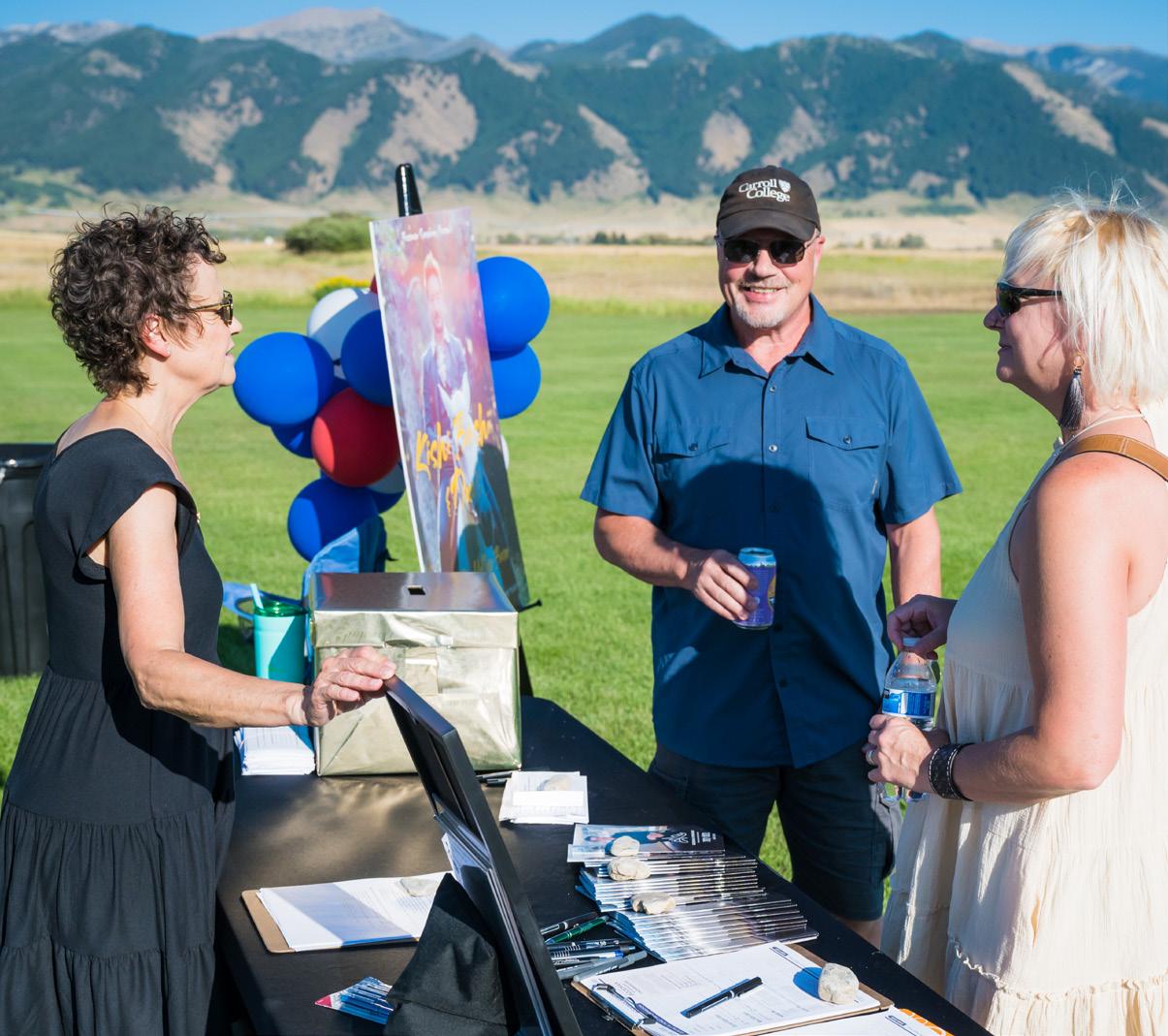
Gretchen Rupp
Vicki Ryan
Elaine Samuelson
Kippy Sands
Cindi Scheidt
Linda Schooley
Alyce Schultz
Elly Schwarzkopf
Teri Sinopoli
Durward Sobek
Sarah Sobek
Judy Sorg
Ellen Stephenson
Barbara Summers
Karen Thielen
Anne Tullar
Jeff Turczyn
Suzie Turczyn
Kathy VanDyke
Victor Veltkamp
Jennifer Versaevel
Marielle Walker
Carol Weaver
Gerri Wrobetz
